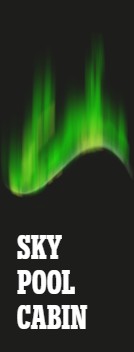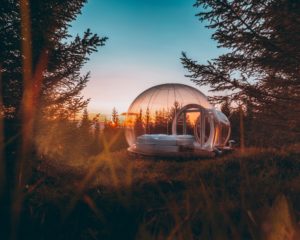Golden Circle Iceland waterfalls
Experience the breath-taking beauty of Iceland's Golden Circle waterfalls
By Artur Serra
Iceland is known as the land of fire and ice, a natural sanctuary in the Atlantic Ocean and a home to the most beautiful landscapes.One of its most famous regions, the Golden Circle, is a place where all the elements - Earth, Wind, Fire and Water - converge. In this article we will focus on the last of those, in perhaps its most spectacular form.
Join us on a journey exploring Iceland's Golden Circle waterfalls.
We all have days we want to disappear, to be at peace with ourselves. We daydream about going to a distant place, a peaceful place, where we can be away from all the chaos and pressures of the life in the city.
Take a deep breath and imagine a place where you can see a vast immensity of green fields, framed by ice-capped mountains, and crossed by a rebellious river. Next to you, the dance of the waters culminates in an astonishing waterfall, where it’s not unusual to see rainbows emanating from it.
It might sound like a dream, but rest assured it’s not. This place exists, and it’s just two hours away from Reykjavik. Welcome to a world of waterfalls on the route of Iceland’s famous Golden Circle.
The history of Gullfoss
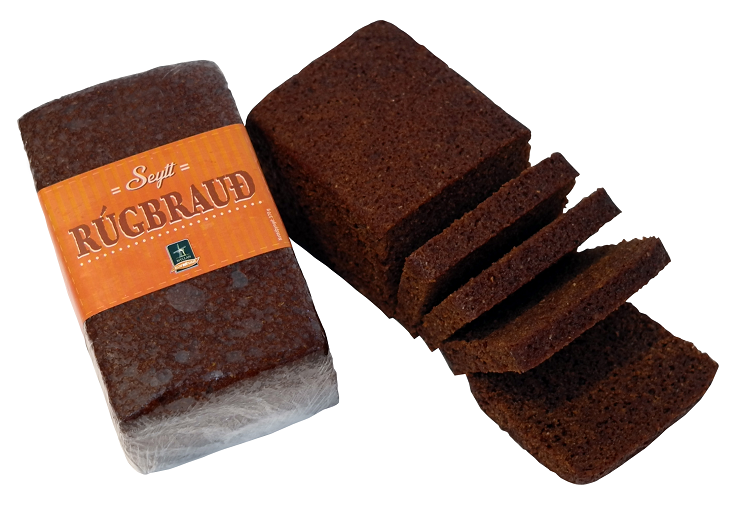
The beauty of the Golden Circle – Iceland’s top one destination – is the variety of incredible natural sights to see. Of all of them, Gullfoss stands out for being the landscape of a fantasy.
Placed in a canyon that follows the Hvita River, Iceland’s most iconic waterfall is also bonded to a family that fought for its cause, who allowed us to be able to enjoy it today.
In 1907, an Englishman called Howell came to Iceland with ambitions to build a hydroelectric dam where Gullfoss is situated. He planned to use its power to generate electricity and profit.
At that time, the owner of the land where the waterfall was, Tómas Tómasson, refused to negotiate with Howell. He famously stated that the waterfall was his friend, and he wasn’t willing to sell it. However, due to legal loopholes, Tómas’ wishes were ignored, and the business plans were allowed to proceed.
It was Tómas’ daughter, Sigurður, who ensured that the waterfall could be saved. Fighting to honour her Father’s wishes, going to court and taking legal action against the English businessman.
Sigurður believed that the waterfall should be preserved, and never turned into mere sources of profit to foreign investors.
This case lead to influence not only Iceland’s tourism and natural beauty, but also its politics. with the lawyer that she hired to represent her on court becoming the first Icelandic president!
This story is confirmation of how much nature, and especially this waterfall, are so meaningful to Iceland’s history. Up to this day, Sigurður’s face – or at least its representation in stone – oversees the dreamy land she fought so hard for us to experience today.
Faxi
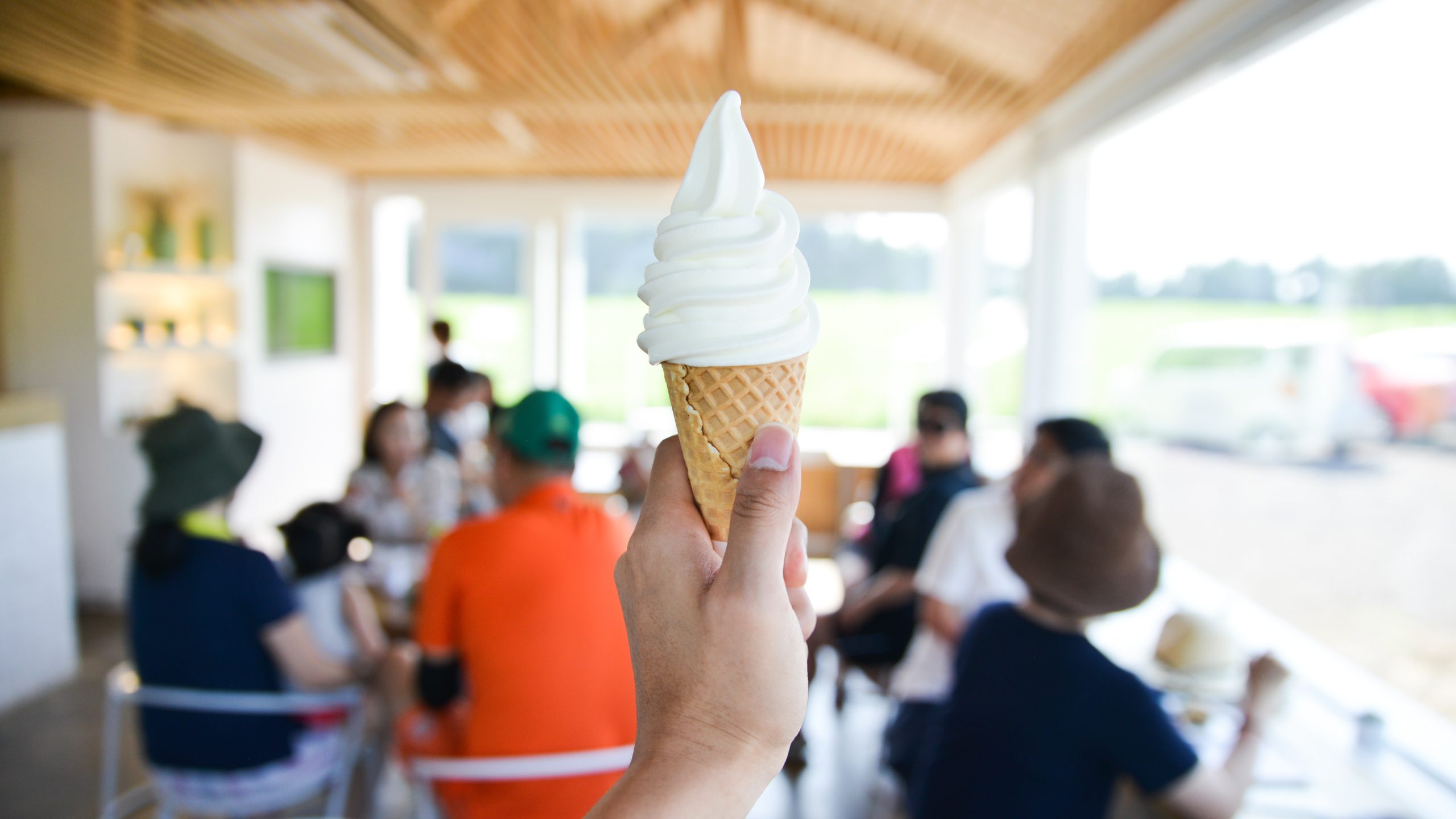
Twelve kilometres away from Gullfoss you can also find its “little sister”, Faxi (or “Vatnsleysufoss”, meaning “The waterfall with no water). Despite its name, Faxi has plenty of water and it’s a nice quiet spot to take a break from crowded locations around the Golden Circle.
One thing to consider when visiting Faxi is to stop, step out your car and just enjoy its sound. It offers an even terrain for a walk alongside the river or a hike around the waterfall area.
Even though Faxi is in the Golden Circle, not a lot of people consider visiting it during their tours in the area, meaning it can be really quiet and calm to visit, even during high season. It offers a lot of opportunities for astonishing and inspiring pictures, spots for picnics and, as already mentioned, hikes!
On its left-hand side, accessible from the road, you can find a nice spot to sit down, get a book (I suggest a classic Saga or something related to Iceland!) and enjoy one of the best reading experiences (with a view) you might find!
If you’re feeling motivated, you can also take the well-paved path (starting from the parking lot) upwards to find a café, tables and places to sit down, where you can also enjoy the view of the waterfall from a higher ground. The view is breath-taking, as you can see not only the Faxi, but also the river flowing in the distance, after the falls.
Brúarfoss
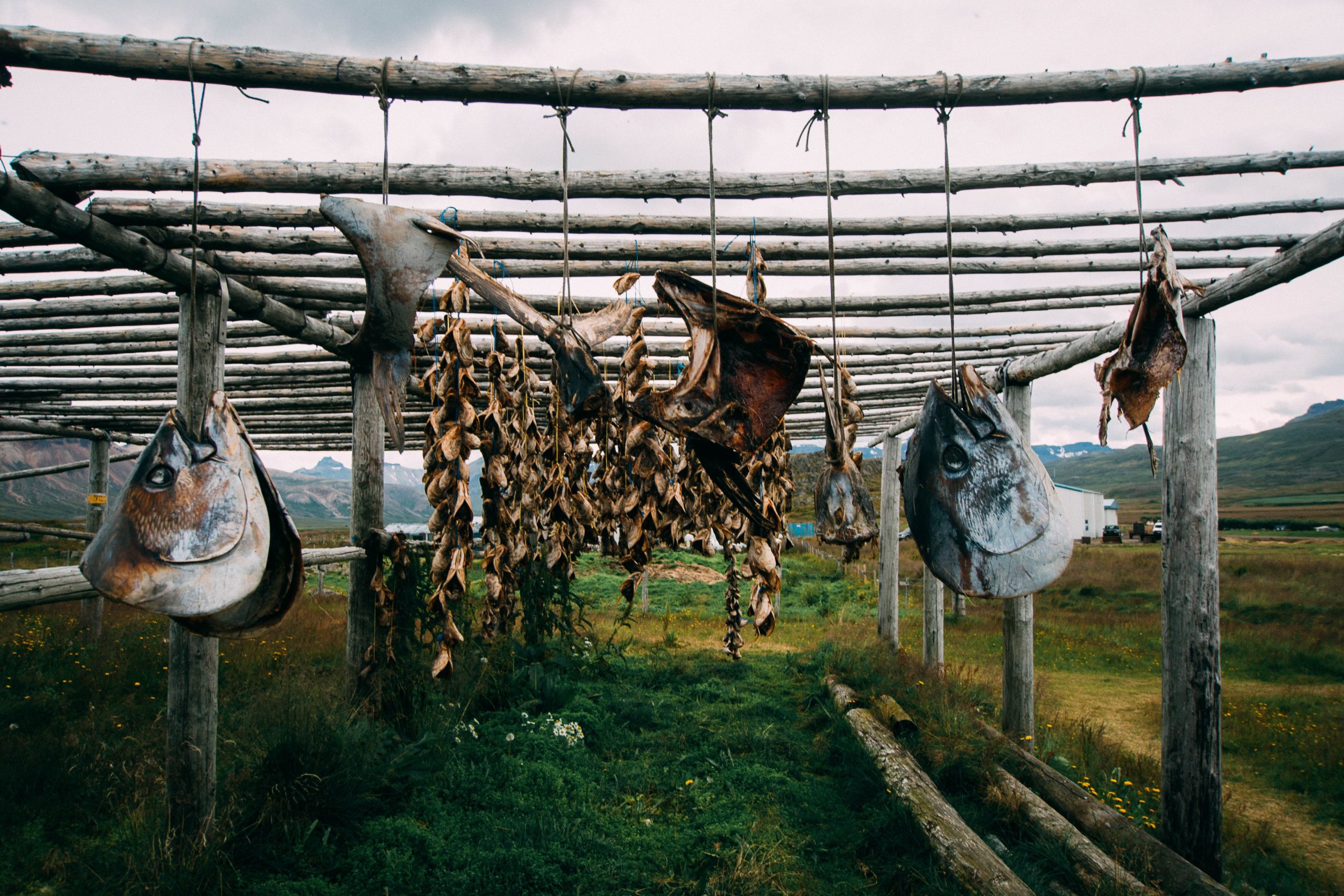
From Faxi you can take a 15-minutes drive to one of the most unique waterfalls in Iceland, Brúarfoss. Not as imposing as Gullfoss, its uniqueness lies in its display.
Brúarfoss is a ring of small waterfalls pouring in to a central pool. This Icelandic hidden gem also offers a lot of opportunities for a nice walk, as you can simply stroll close to the river and take really nice pictures from a close distance.
To add to its uniqueness, the colour you will find in Brúarfoss’ waters is distinctive and incredible that you’ll probably want to spend some good time there, just enjoying the picturesque scenery.
Thankfully you’ll have plenty of time to take it all since, as the hike from the closest parking lot to the location of the waterfall might take around one hour during summer (a bit more during winter as the trail there gets a bit tricky to follow).
Brúarfoss’ means “The bridge waterfall”. It got this name after a natural stone bridge that was located there and crossed the river. As Iceland’s History and Waterfalls are closely related, this one also has its piece of importance in Iceland History books.
Back in early 20th Century, when the king of Denmark visited Iceland, a road was built here to show the royal entourage all the beauty of this waterfall and the landscape around it. The road also connected Brúarfoss to the Geysir and Gullfoss, meaning that this waterfall was included in a previous version of “Golden Circle Tours”!
PLAN YOUR JOURNEY
Travelling to Iceland?
Check our overnight tours with a driver guide that includes a one night stay in a bubble.
*Starting from ISK 59.900 per person
A perfect pitstop

Not far from the waterfall, you can also find a very traditional dairy farm called Efstidalur, that also works as a restaurant!
Serving burgers, grills, ice cream and also a vegetarian friendly menu with local ingredients coming from the farm itself. Here you can enjoy authentic Icelandic ice cream while watching the cows that produced the milk to prepare it!
Even if Brúarfoss isn’t on your plans, this is a great stop if you’re just around the Golden Circle.
Oxararfoss and Thingvellir
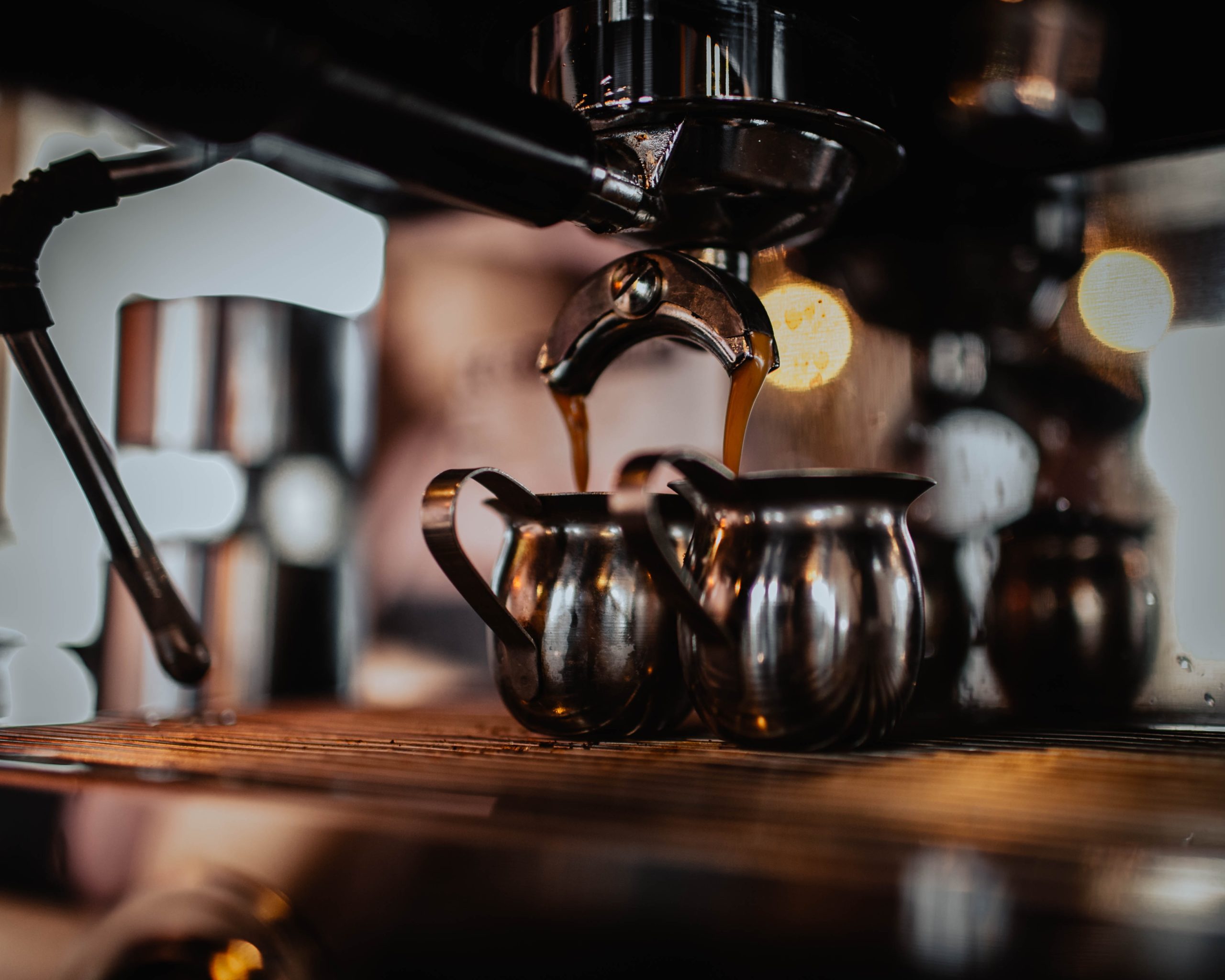
Iceland’s dreamy landscapes are not gathered in one single place, they are everywhere! Driving to Thingvellir National Park is an awesome experience. The road is an amazing and overwhelming visual experiences for those not used to Iceland’s overwhelming beauty.
This top tourist destination has its reason to be famous. It’s really difficult to find any other place in the world where you can say you just took a walk (or swam) between two tectonic plates! Aside from that, the National Park is also a really important location in Iceland’s History.
Thingvellir (that means “The Assembly Field”) and is Iceland’s first national park. It is situated upon the area where Iceland’s Thing (Parliament) was created and took place for more than 800 years, from 930 to 1798.
The official reason declared in History books is that this region was chosen because it was central to all chieftains from the most populated regions, making it easy to access from anywhere in the island.
Once you’re there, it’s easy to understand why they might have been inclined to choose this place. Being in Thingvellir, is like being transported to a parallel world, maybe even an alien planet, where you can see nature in an extremely peculiar and unique way.
Everything Iceland is known for, can be found in Thingvellir. Mountains, forests, rivers… and also waterfalls!
One of the hidden gems in Thingvellir is the Öxarárfoss, a waterfall artificially created to provide water to the visitors of the Icelandic Parliament. The whole story is represented in the Sturlunga Saga, written between the 12th and 13th century.
Even though it’s man-made, it’s one of the most beautiful waterfalls in Iceland, and as a Game of Thrones location it is a cool alternative to other famous waterfalls in the country.
A cool tip before you prepare to visit there: Try to do it in the morning, with the sun behind your back. This will raise the possibility of getting a rainbow in front of you, while facing the waterfall!
If you are visiting between April and October, it can also be nice to consider the Öxarárfoss Waterfall Trail. In colder months, like April and May, it might be an awesome trail to explore around the park, experience some bird watching and some breath-taking views from the National Park that only Iceland can provide.
The trail itself is kid friendly and easy to take, but might get busy during warmer months, as Iceland is filled with tourists. As you’re strolling on the well-travelled path along this little nice trail, keep in mind that you’re walking in the centre of Icelandic culture!
It was a very important location and social centre in Iceland’s early days, and a lot of the decisions that built the country were taken there.
Try to imagine yourself back in those days, living a simpler lifestyle (and the landscape might help with it!), gathering there with your tribe to decide the future of your country… it’s a really engaging experience that will make you enjoy Iceland even more (especially if you take a History book or Saga with you).
Hjálparfoss
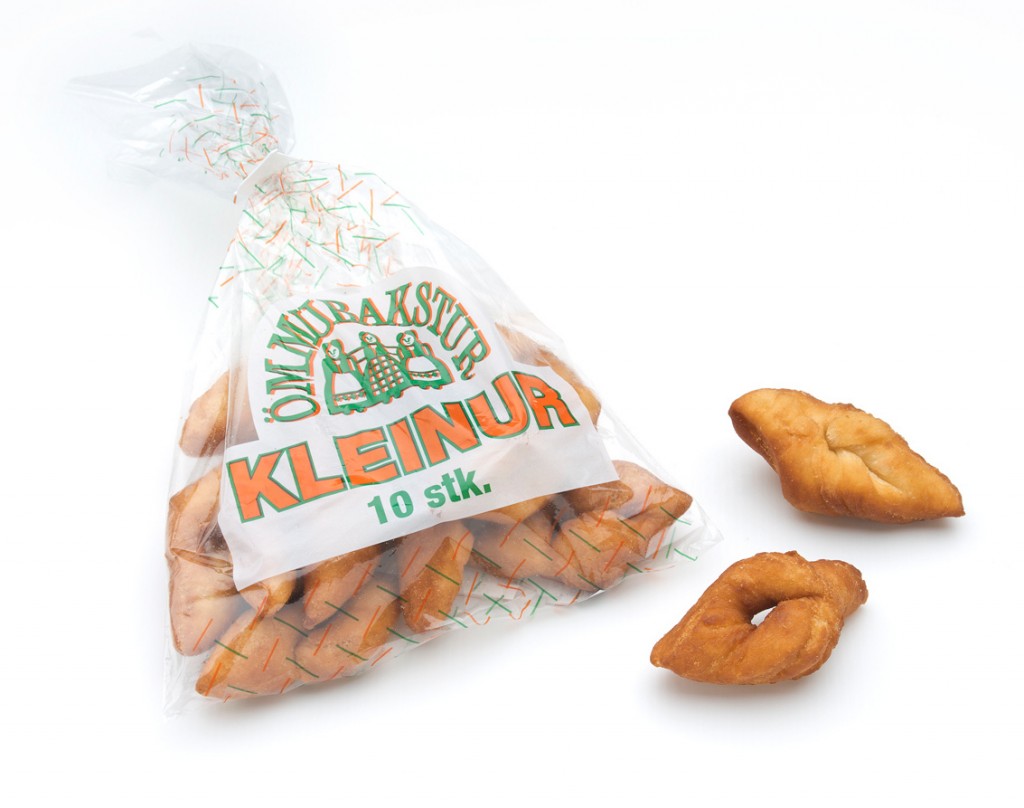
Despite all the joy, beautiful pictures and historical meaning the waterfalls of the Golden Circle can provide, it wouldn’t be fair to yourself to limit your experience to only those included on that trail.
So its worth taking time to explore the waterfalls located near the Golden Circle. These waterfalls are as magnificent as the ones found on the more famous tourist trodden route and include one of the most picturesque falls in the country!
An hour-and-half drive separates you from the Thingvellir National Park and Hjálparfoss, a double waterfall located on the Hekla Lava Fields. This waterfall, that connects the rivers Fossá and Þjórsá as they merge into a pool, is a top location for those looking for some calm moments, away from crowds and tourists.
If visiting it during the fall, the colours around the Hjálparfoss can be quite divine, providing all sorts of stunning and jaw-dropping pictures, no matter the angle you take them.
Other stops

Leaving Hjálparfoss might be difficult, but there are also some other cool waterfalls around it that you should make time to visit.
Driving towards Bjarnalón (an amazing lake and also a hike for those looking for adventure), you will enjoy the journey along the river until you make a small detour to find Gjáin.
Gjáin is a small valley filled with a lot of little waterfalls. This “fairytale-come-true” landscape, with green all around, rivers and lava formations, is one of the most inspiring places in Iceland, and it makes a beautiful and well-deserved stop to recover your energy.
Peaceful and relaxing, this valley is also the perfect place for a hike. One challenge is to walk around the area and count as many waterfalls as possible!
The most famous, however, is located quite close to the parking lot and its double-fall is amazing for pictures. The rock formations, just like those around Hjálparfoss, are quite characteristic of the volcanic landscape, adding to the magnificence of the scenery around Gjárfoss.
tbc
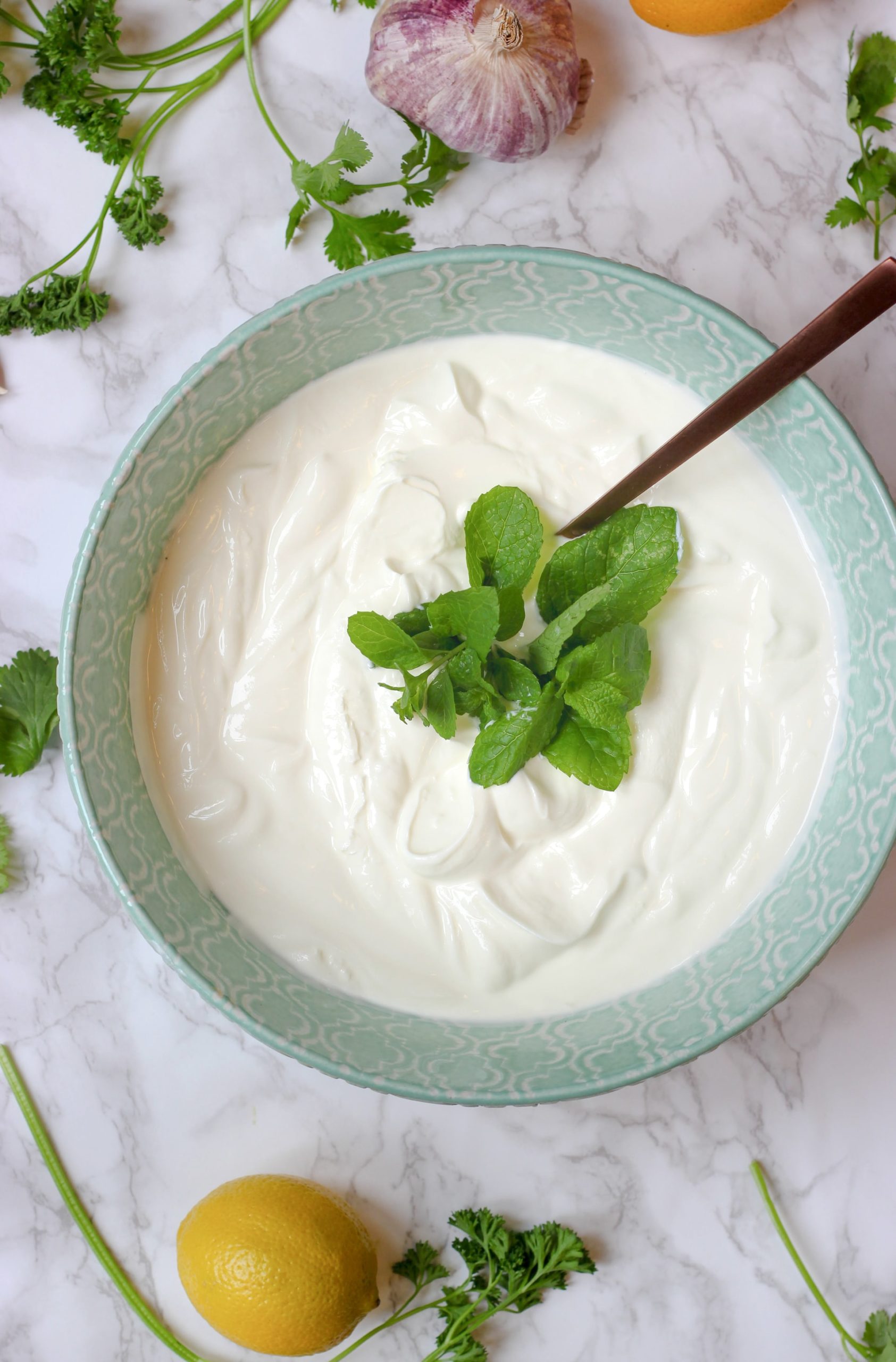
As I said before, Iceland’s waterfalls and history certainly intertwined. Gjárfoss is no exception. Close to it (a 20 minutes walk), you can find Stöng, an open-air museum, built up based on the original Stöng Commonwealth Farm.
This is a viking-era farm destroyed and buried down this area during one of Hekla’s eruptions, back in 1104. It was reconstructed in 1974, in celebration to the 1100th anniversary of Iceland’s settlement by Norwegian Vikings in 874.
A one-hour drive from Stöng (or a 5h hike for those feeling adventurous) can take you to Háifoss, which I consider to be one of the most beautiful locations in Iceland.
Háifoss, which means “The Tall Fall” lives up to its name standing at 122 meters. The landscape is so diverse and beautiful, allowing you to take astonishing pictures throughout the whole year.
For those into panoramic pictures, try it here, as you can also fit “Granni” (Neighbour in Icelandic) in the picture as well!
Granni is another fall located quite close to Háifoss, and you can find a good spot between both of them to simply enjoy one of the most magnificent views in your life.
The river follows down the valley, and the colours in this region are so intense and beautiful, that no matter when you visit Iceland, you be rewarded with amazing memories, ready to be captured in video and photo.
If you decide to hike from Stöng, you will feel like you’re in Tolkienian adventure, with this beautiful, somehow nostalgic and one-of-a-kind landscape all around you.
You might understand the reasons those characters went on adventures the moment you set foot on the road and start to notice every detail from your surroundings.
This is perfect moment to set up your favorite playlist, audiobook and podcast, and enjoy the hike of your life! And remember to carry your water bottle with you, because you might as well fill it with the clean Iceland water directly from the waterfalls and rivers alongside the path. And refilling with this water believed to have magical powers so drink up!
Unfortunately, Háifoss is not as easily accessible as the other waterfalls. You’ll probably need a 4×4 to get to the closest parking lot, but don’t worry if you didn’t rent one. You can also park your car a bit farther away, and then walk a few kilometres to the waterfall area.
There are also some folklore related to Háifoss, which might be a nice addition for those fond of this subject. “An ogress lived in Háifoss (which used to be called Fossárfoss before it got its name in 1912 – RHR). She lived on trout, which she caught in the waterfall. Once a teenage boy travelling with other travellers threw a rock into the river.
That night the ogress went to the tent, where the travellers were sleeping, and tried to pull the teenage boy by his legs out of the tent. But his mates pulled him in the other direction by the upper part of his body. After a lot of tussles, the ogress let the boy go and went away, but the boy was bedridden for a whole month from this maltreatment”.
(Translated into English from Þjóðsögur Jóns Árnasonar – the Folklore of Jón Árnason – RHR).
You can also hike down the waterfall, but a good guide is recommended. It’s such an amazing experience and recommended to all of those who want unique experiences and do not mind the 3.5km path downwards.
tbc

As you can see, the Golden Circle offers a lot of unique and unforgettable memories, especially if you’re a waterfall lover. If you don’t mind, you can even drive a bit further away and enjoy some other waterfalls around the Circle, which can be as satisfactory and rewarding as the experiences you’ll have within it.
Iceland is a country full of beauties and a one-of-a-kind place to be. Before going there, you might want to prepare not only the places you will visit, but also some add-ons to complement your overall experience.
Top tips:
- Get a good History book – if you’re into it -, or even a folklore book, to be your unofficial guide to Iceland. Every place there has some kind cool story related to the specific areas. Connecting the dots of how those places were important to the people living there at some point in time might feel like a journey back in time, and it will probably open your perspective to a different look into this country.
- But not only that! Take with you your favourite songs, your favourite games (portable, probably!), your favourite snacks and your favourite books.
To be quite honest, the experience of sitting down close to a waterfall with a really nice book in your hands is far from what words can describe, and you might enjoy these special memories for the rest of your life.
You’ll always remember that you were listening to that introspective song that you love, sitting down in the middle of Iceland, with a colossal (or not) waterfall nearby. After this moment of introspection, you’ll quite easily understand how this island became the synonym of dreams come true to the foreigners who were lucky enough to visit it.
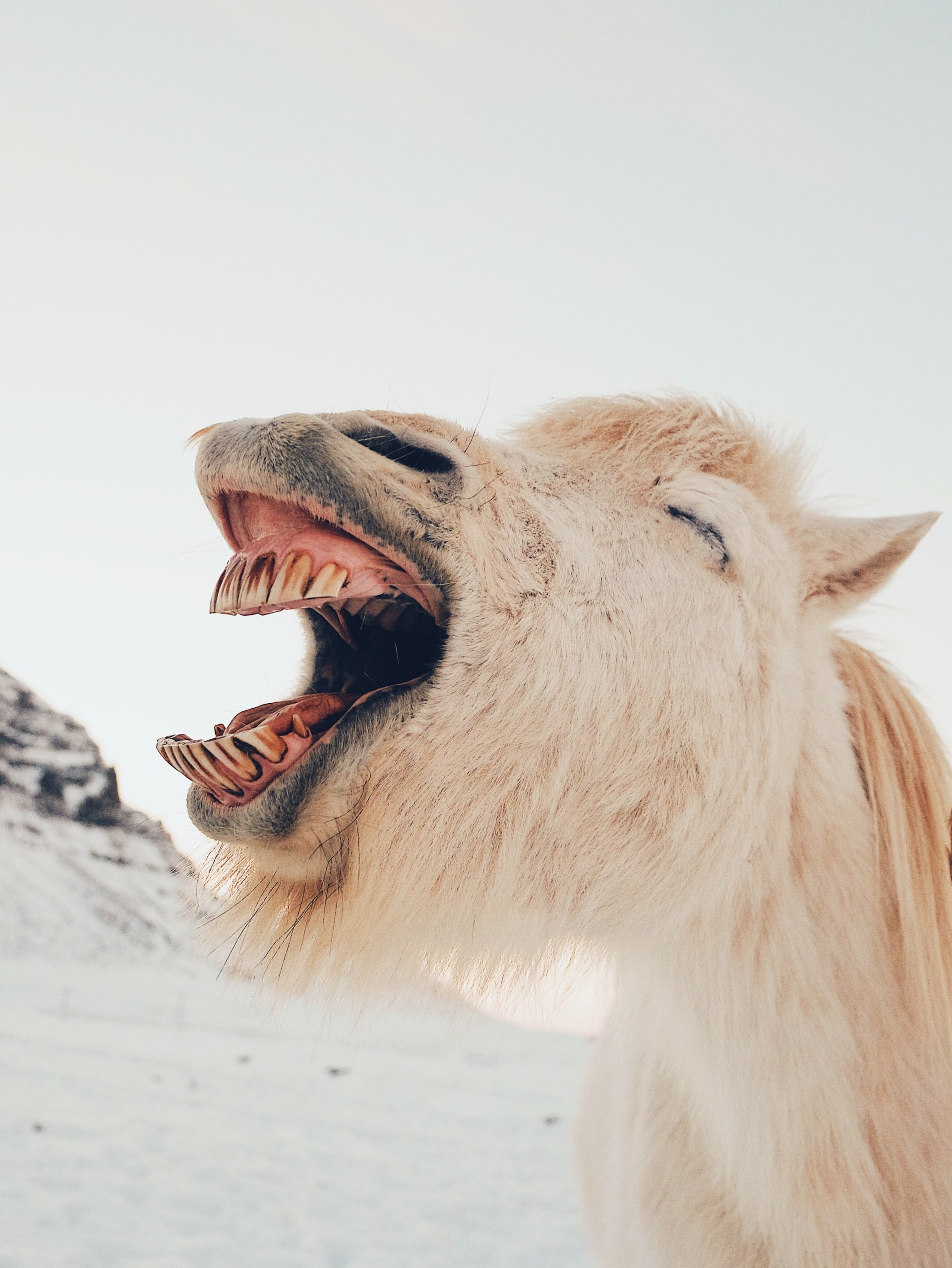
PLAN YOUR JOURNEY
Travelling to Iceland?
Check our overnight tours with a driver guide that includes a one night stay in a bubble.
*Starting from ISK 59.900 per person
Is Iceland cold?
Is Iceland cold?
Contrary to its rather misleading name, Iceland is not always as cold as you might think!
Though it may not be constantly cold, the weather is certainly changeable, unpredictable and sometimes extreme!
With the combination of the sometimes surprisingly warm Gulf Stream bringing in milder Atlantic air, and the much colder Arctic air Iceland is subject to varied shifts and patterns of weather.
As the saying goes, if you don’t like the weather you only have to wait 5 minutes! With 5 different kinds of weather making an appearance within the same hour the best advice is to be prepared. Layers, raincoats, hats, gloves and extra sweaters are all worth packing even in the height of summer!
Summer or winter?

Officially Iceland has 2 seasons. The first day of summer is celebrated in late April, though it is common to still see snowfall at this time of year! Whilst the first day of winter comes in late October.
Between June and August you can expect average temperatures from 11°C to 13°C, although sometimes it can get into the twenties which is always a reason to celebrate! In winter the average high is below 2°C, with lows commonly dipping under -2°C.
This might not sound too cold but with taking the wind chill factor into consideration you are looking at potential temperatures that are sub -10°.
PLAN YOUR JOURNEY
Travelling to Iceland?
Check our overnight tours with a driver guide that includes a one night stay in a bubble.
*Starting from ISK 59.900 per person
What is the capital of Iceland?
What is the capital of Iceland?
By Kimi Tayler
Sitting at 64° north is the capital city of Iceland, Reykjavik. As the northernmost capital city in the world, it's is charming, quirky and cool. Iceland may be known for its breathtakingly beautiful landscapes, glaciers, waterfalls and incredible geothermal wonders, but Reykjavik could be the surprising city break you've been looking for.
What is the capital of Iceland?
By Kimi Tayler
Sitting at 64° north is the capital city of Iceland, Reykjavik. As the northernmost capital city in the world, it's is charming, quirky and cool. Iceland may be known for its breathtakingly beautiful landscapes, glaciers, waterfalls and incredible geothermal wonders, but Reykjavik could be the surprising city break you've been looking for.
What is the capital of Iceland?
By Kimi Tayler
Sitting at 64° north is the capital city of Iceland, Reykjavik. As the northernmost capital city in the world, it's is charming, quirky and cool. Iceland may be known for its breathtakingly beautiful landscapes, glaciers, waterfalls and incredible geothermal wonders, but Reykjavik could be the surprising city break you've been looking for.
Just a 45 minutes drive from Keflavik international airport, and easily accessible by shuttle bus, Reykjavik is an ideal base from which to explore all that Iceland has to offer. However Reykjavik alone has a lot to offer and much to explore.
With the size and charm of a large town, but with all the historic and cultural benefits a capital city has to offer you won’t be short of things to see and do. There are plenty of accessible day tours to take from Reykjavik if you are itching to get into the countryside, but there is plenty on offer to occupy your time in Iceland’s capital.
Welcome to Smoky Bay!
The literal translation of Reykjavik, is Smoky Bay because of its proximity to many steaming hot springs. According to Iceland’s earliest recorded histories (The Book of Settlements written by Ari Þorgilsson in the late 11th or early 12th Century), it was named so by Ingólfur Arnason and Hallveig Fróðadóttir who were Iceland’s first permanent settlers establishing their home in Reykjavik in 874.
With over 60% of the countries 341,250 population living in the greater Reykjavik area, it is a bustling and lively place to be. There is a burgeoning bar and restaurant scene, and with numerous varying festivals taking place throughout the year, Reykjavik is a great city break or layover destination.
The downtown area itself is not large so it is very easy to negotiate on foot. Whether you’re walking along the seafront, checking out the harbour area or exploring the colourful houses of the old downtown, Iceland’s capital has a lot to offer if you are willing to scratch the surface. When the weather is kind, exploring the city is always a joy!
Here is our handy A-Z guide to all things Reykjavik, the Capital of Iceland!
What is the capital of Iceland? An A-Z of Reykjavik
AAlthingi
The name for the parliament in Iceland, Althingi is the oldest parliament in the world. Originally established in Thingvellir national park (which is one of the main stops on your Golden Circle tour) in 930AD, it was relocated to Reykjavik in 1844, where it still resides today.
The current Parliament House, was built in 1880-81 and is located at Austurvöllur in the centre of the downtown area. The square in front is a very active protest point, and in good weather a lovely spot for a picnic.
Airwaves
Taking place annually at the beginning of November, Airwaves is a cool boutique music festival, and the perfect antidote to the darker nights and colder days.
With plenty of big names in a number of venues, a ticket to the festival is a great way to explore the city in a different way. There are also plenty of off-venue concerts and DJ sets going on showcasing the best of the local underground music scene, so if you don’t have a ticket you can still enjoy the festive feel!
Art museum
Reykjavik Art Museum is made up of not one, but three separate museums, all visitable on one ticket; Hafnarhús, Kjarvalsstaðir, and Ásmundarsafn.
Hafnarhús, based within the old harbour warehouse houses a range of progressive and contemporary exhibitions across 6 gallery spaces. From international players, to key figures within the Icelandic art scene, Hafnarhús is at the centre of contemporary culture, with an exciting program of events and performances also taking place.
Kjarvalsstaðir houses the collection of one of Iceland’s most important and influential painters, Jóhannes S. Kjarval. With a permanent collection and display of his works, the space regularly also shows work from the contemporary Icelandic art and design scene.
Taking its name from sculptor Ásmundur Sveinsson who lived and worked in this extraordinary space in the Laugardalur area of Reykjavik, is Ásmundarsafn. Sveinsson’s sculptural work is displayed both inside and outside the building, as well as playing host to exhibitions by international and Icelandic artists.
BBreweries
Although beer has only been legal in Iceland since 1989, there is a burgeoning and rapidly expanding brewing culture in the country. Reykjavik houses a number of innovative micro craft breweries.
With adventurous combinations such as skyr and wild berry sours, ales brewed with arctic botanicals and milk stouts and a range of IPAs, there is something to be found in local bars to excite even the most seasoned of craft connoisseurs.
Look out for anything on tap by Reykjavik Brewery, Borg or relatively new players, the Lady Brewery.
Botanical gardens
It may surprise you that Reykjavik houses a Botanical garden with over 5000 plant species! Located in the Laugardalur area of the city, it is worth the detour off the Reykjavik tourist trail in the summer months for insight into Iceland’s unique horticulture, or for a wintery walk in the snowier part of the year.
Bíó Paradís cinema
The Icelandic word for cinema is Bíó, and if you are a film buff you may want to check out the downtown arts picture house, Bio Paradis. This is a cosy place to catch the latest foreign language films or international indie movies, check out all the Icelandic independent cinema has to offer (often with English subtitles) or attend classic nostalgic screenings such as Spice World, Clueless or cult classic The Room.
Recently saved from closure, Bio Paradis is a Reykjavik institution and at the centre of cultural goings on, inlacing the annual international film festival.
Bakeries
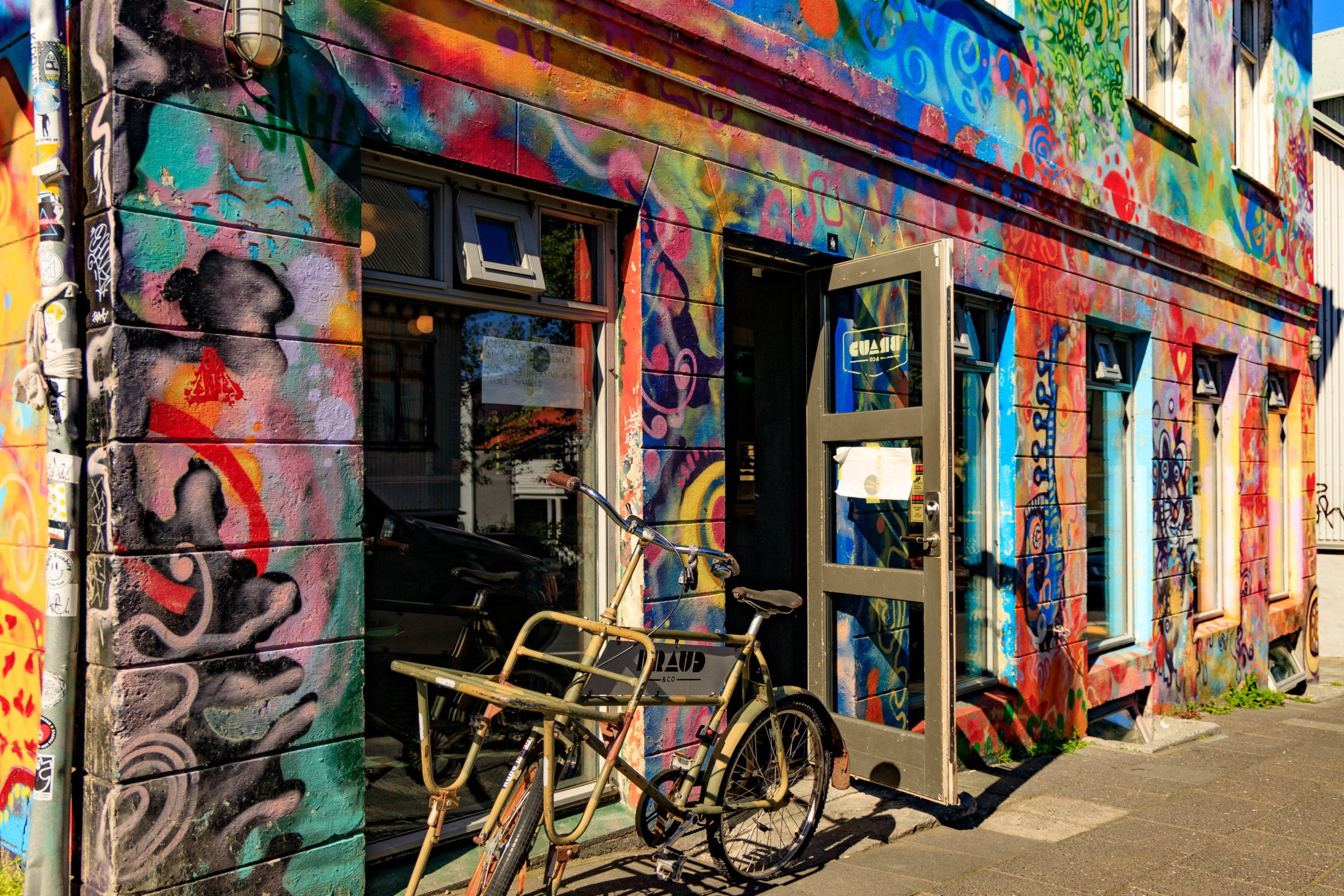
There is little as satisfying as a warm treat from an Icelandic bakery. Cinnamon buns are probably the most popular choice of Snúður (as they’re called), and although they might have originated in Denmark, Icelanders certainly know how to put their own spin.
Whether covered in chocolate, or in an array of flavours from pistachio to blueberry and liquorice, there are many options if you don’t fancy cinnamon.
Also to be recommended are Kleina, which is the Icelandic equivalent of the donut!
CCats
Dominating the downtown area, cats are a huge part of the culture of the city and are widely loved and accepted as such. Whilst strolling the streets of Reykjavik it is not uncommon to be joined by a feline friend. There are even cats who regularly install themselves in the shops and bars of Laugarvegur and have become Instagram famous!
Reykjavik even has its own cat café, with all the cats who reside there eventually being adopted by customers and finding their fur-ever homes!
Culture night
The annual culture night known as Menningarnótt, is a highlight of the Reykjavik calendar and brings Icelandic summer to a close. With the last of the long days, this is a great time to plan your weekend break.
With arts, music and entertainment events taking place across the city on live stages, free museum openings, and even free waffles there is a lot to keep all ages occupied.
DDining
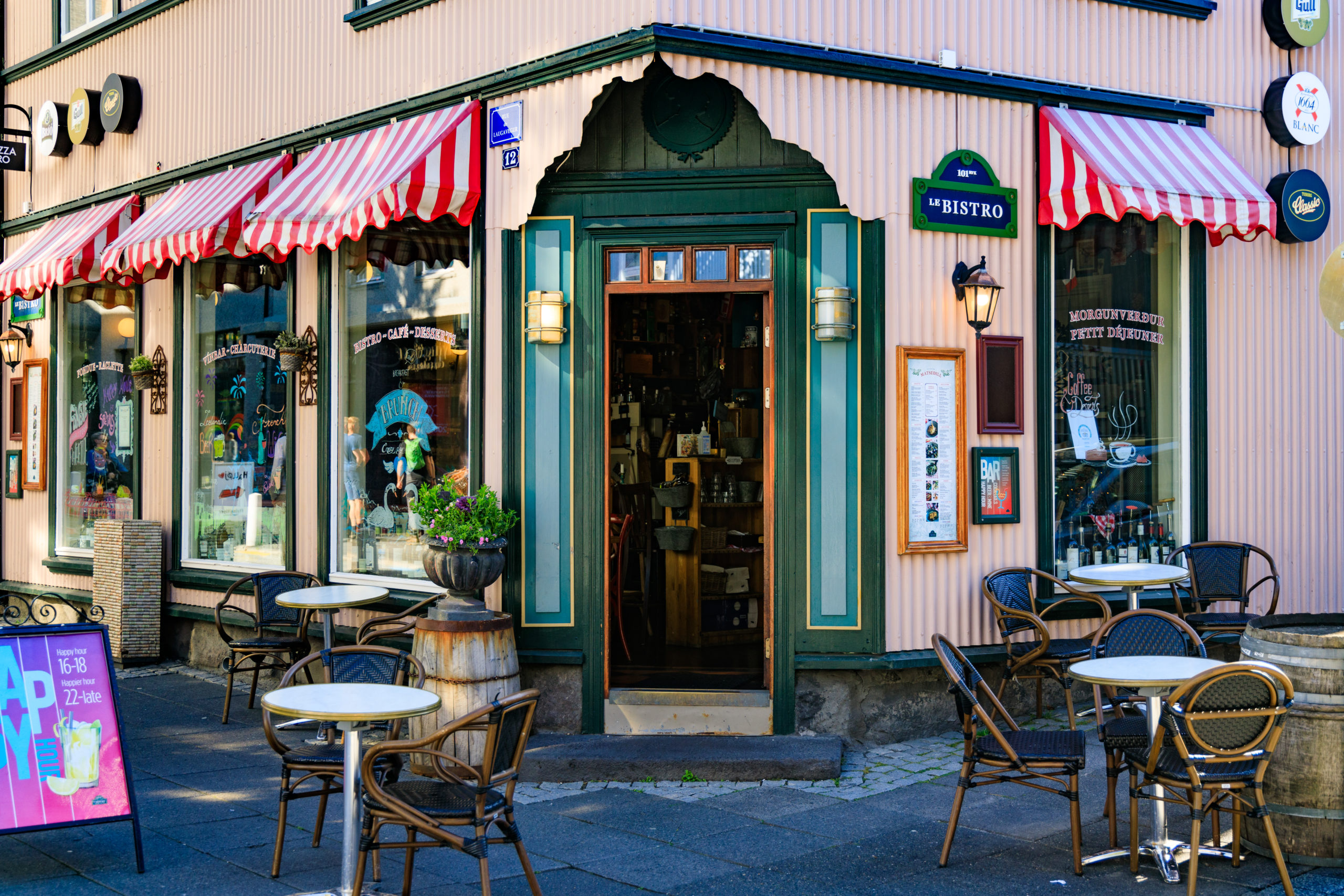
Reykjavik has a lively and ever evolving restaurant and cafe culture. With great local ingredients available and groundbreaking chefs, it’s certainly worth getting excited if you’re a foodie.
From geothermally grown crops, the freshest fish, and best quality lamb and incredible foraged produce, Iceland’s innovative food scene has an awareness of the importance of sustainability and sourcing locally.
With options ranging from Iceland’s first and only Michelin starred restaurant Dill, incredible harbourside fish restaurants to cosy downtown cafes and street food.
Although Iceland may have a reputation for being an expensive place to dine, it is rightfully gaining a reputation as an exciting foodie destination with Reykjavik at its centre.
Drag
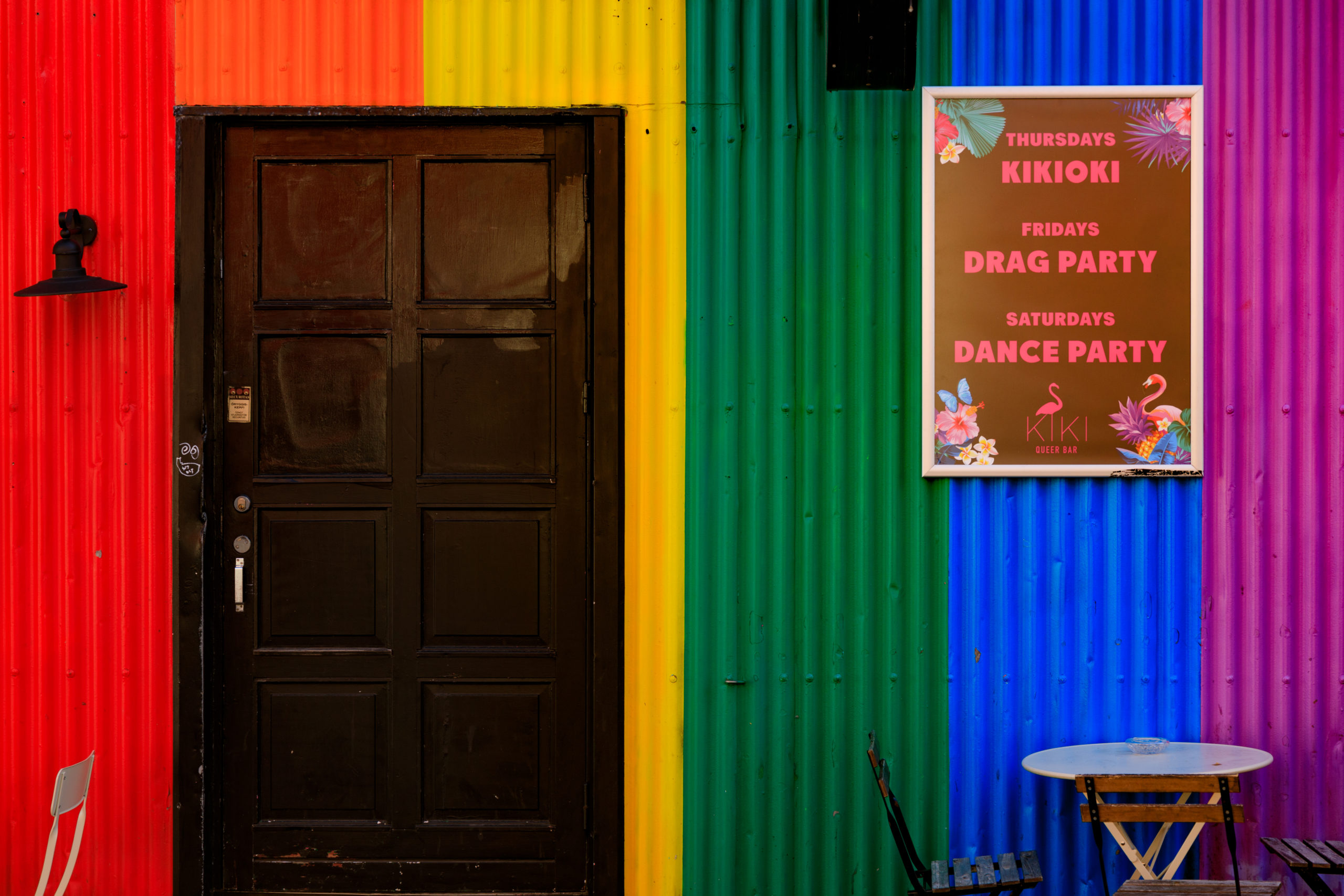
It may come as a surprise that Reykjavik has an extremely vibrant up and coming drag scene.
Always pushing the envelope of the artform, you can expect to see the best and most extravagant queens, kings, monarchs and monsters performing on a regular (often weekly!) basis in venues across the city.
Check out the schedules for Kiki Queer Bar and Gaukurinn.
Districts
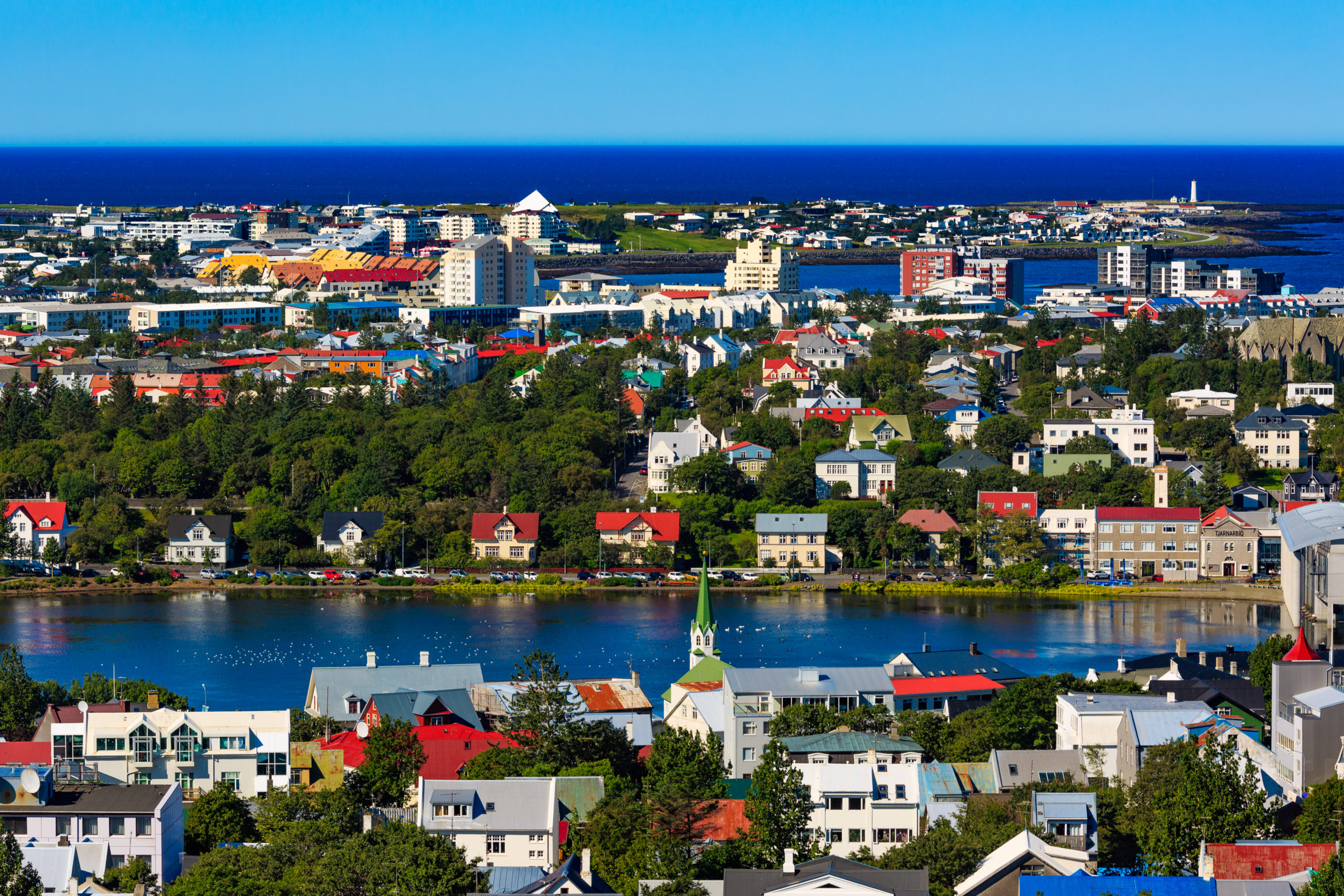
Although whilst visiting you may stick more within the central downtown and harbour areas, Reykjavik is in fact made of 10 districts. These are:
- Vesturbær (District 1)
- Miðborg (District 2, city centre and where you are most likely to spend your time)
- Hlíðar (District 3)
- Laugardalur (District 4)
- Háaleiti og Bústaðir (District 5)
- Breiðholt (District 6)
- Árbær (District 7)
- Grafarvogur (District 8)
- Kjalarnes (District 9) (in the north)
- Grafarholt og Úlfarsárdalur (District 10)
Do not discount exploring the other districts. Each neighbourhood has its own identity and often its own cafes and local shops.
You may also find yourself on the peninsula of Seltjarnarness to the west of Vesturbær, this small area is however not a part of Reykjavik despite its proximity and close ties with the city.
EEsjan
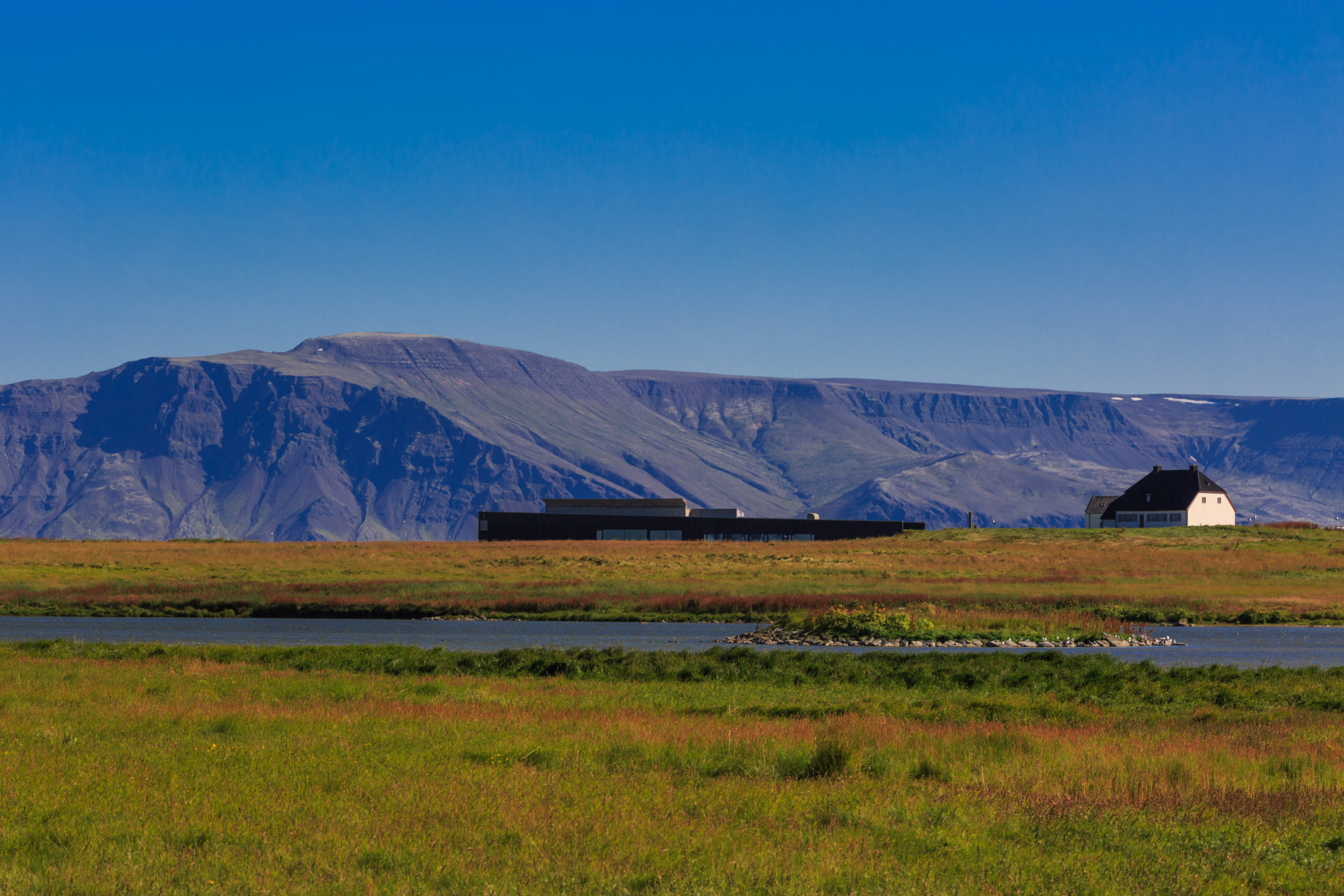
Watching over the city across Faxi bay is the ever present and mighty mountain of Esja. It is an easy bus trip taking roughly 40 minutes on the 15 from Hlemmur to Háholt followed by the 57 to Esjurætur – Hiking Centre.
It is a 2-4 hour walk to the summit and back again depending on your ability and fitness levels, but it is a reasonably straightforward hike even for those with less experience.
You will be rewarded with amazing views of Reykjavik should you make it to the top. Well worth the hike and a great way to get a new perspective on Iceland’s capital city.
FFish restaurants
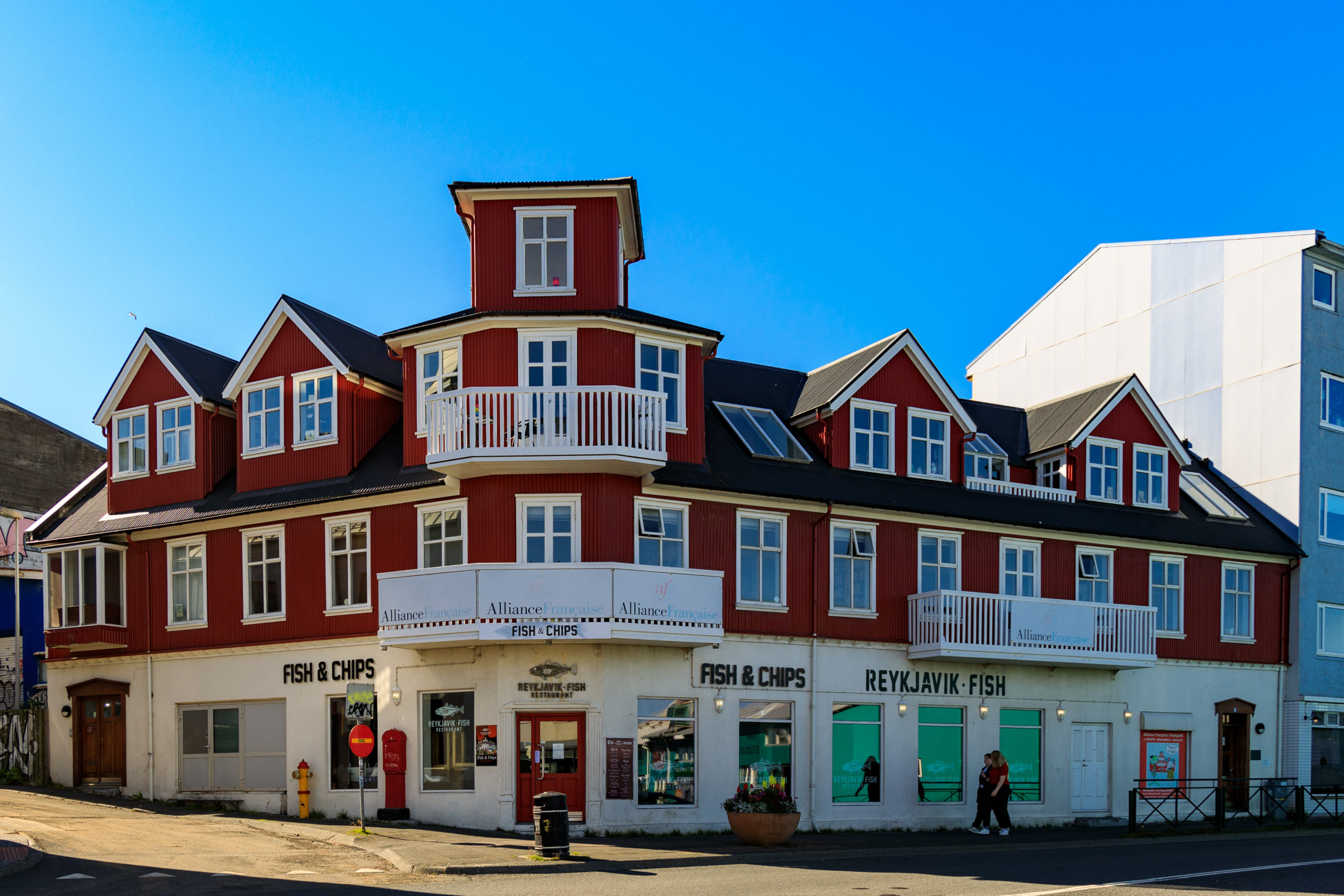
You cannot stay in Reykjavik without sampling some of the best and freshest fish and seafood.
Fishing is one of Iceland’s largest industries, with cod from its waters served worldwide. Being a peninsula you can’t ignore the impact of being surrounded by the ocean has on Reykjavik.
It’s worth trying Icelandic classics such as Plokkfiskur or lobster soup as well sampling the countries’ take on fish and chips.
Fringe festival
Launched in 2018 and now a firm part of the cultural calendar, the Reykjavik Fringe Festival is a week of performance and events from both local and international artists.
Boasting comedy, theatre, dance, poetry and experimental performance art and more this is a festival that is not to be missed.
Fashion
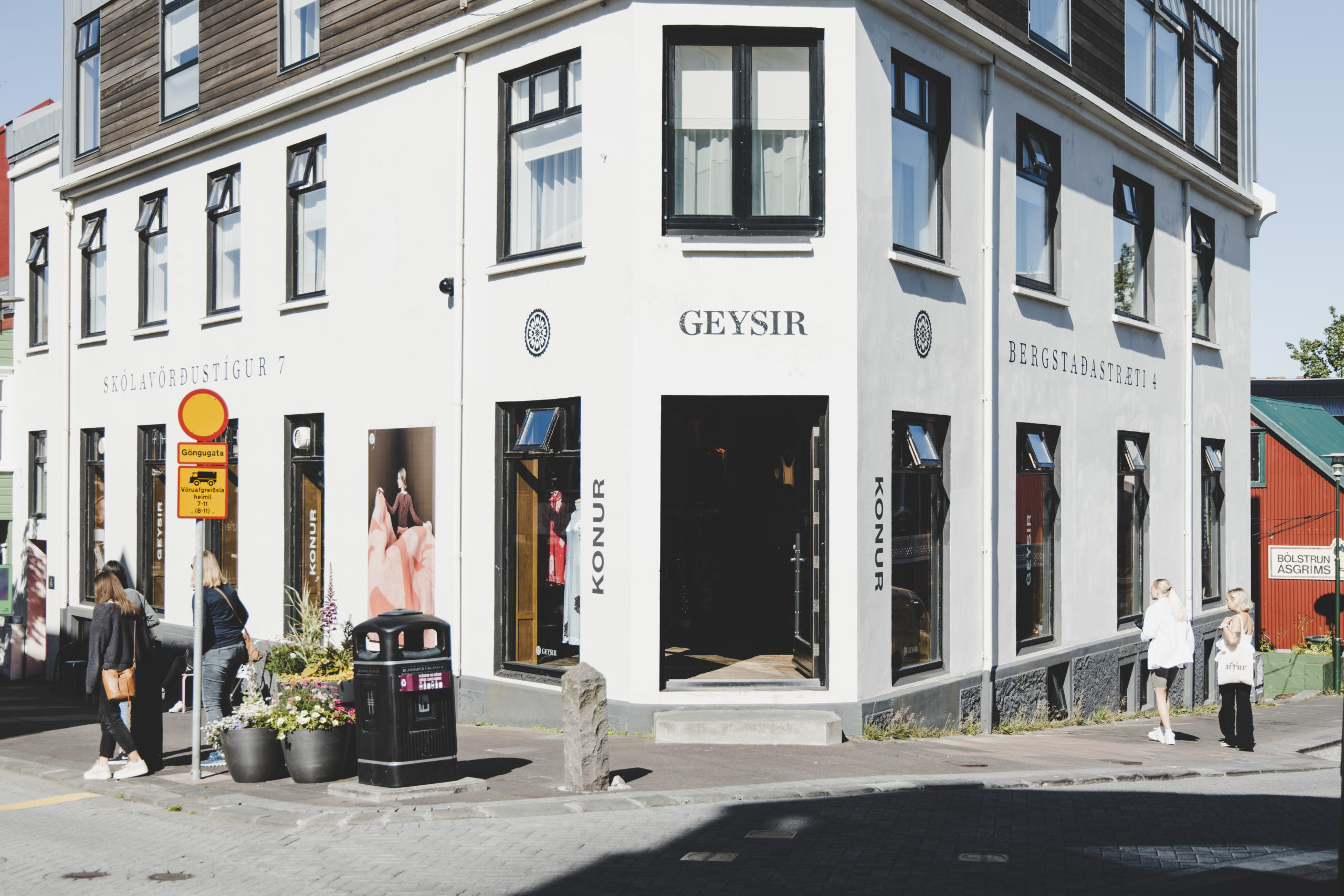
Favouring vintage and eccentric custom design over following fashion trends, young Icelanders who frequent the trendy bars of 101 certainly stand out from the crowd.
If you want to mimic their style there are multiple vintage stores on Laugavegur and it is also worth stopping by the local Red Cross shops to find a bargain whilst doing your bit for a good cause.
Top tip: teaming anything with an Icelandic sweater known as a lopapeysa will earn you fashion credentials.
G Grandi (Marshall House)
The Grandi area located close to the old harbour area boasts cool cafes, a nifty food hall, amazing Ice Cream and artist run spaces.
Worth visiting for the Marshall House alone; a building of historic significance given its connection to the post war Marshall funding.
Beginning life as a fish meal factory it has been repurposed into a vibrant art space, housing 3 of the cities most important contemporary art spaces; The Living Art Museum, Kling and Bang and the Ólafur Elíasson Studio.
Grótta lighthouse
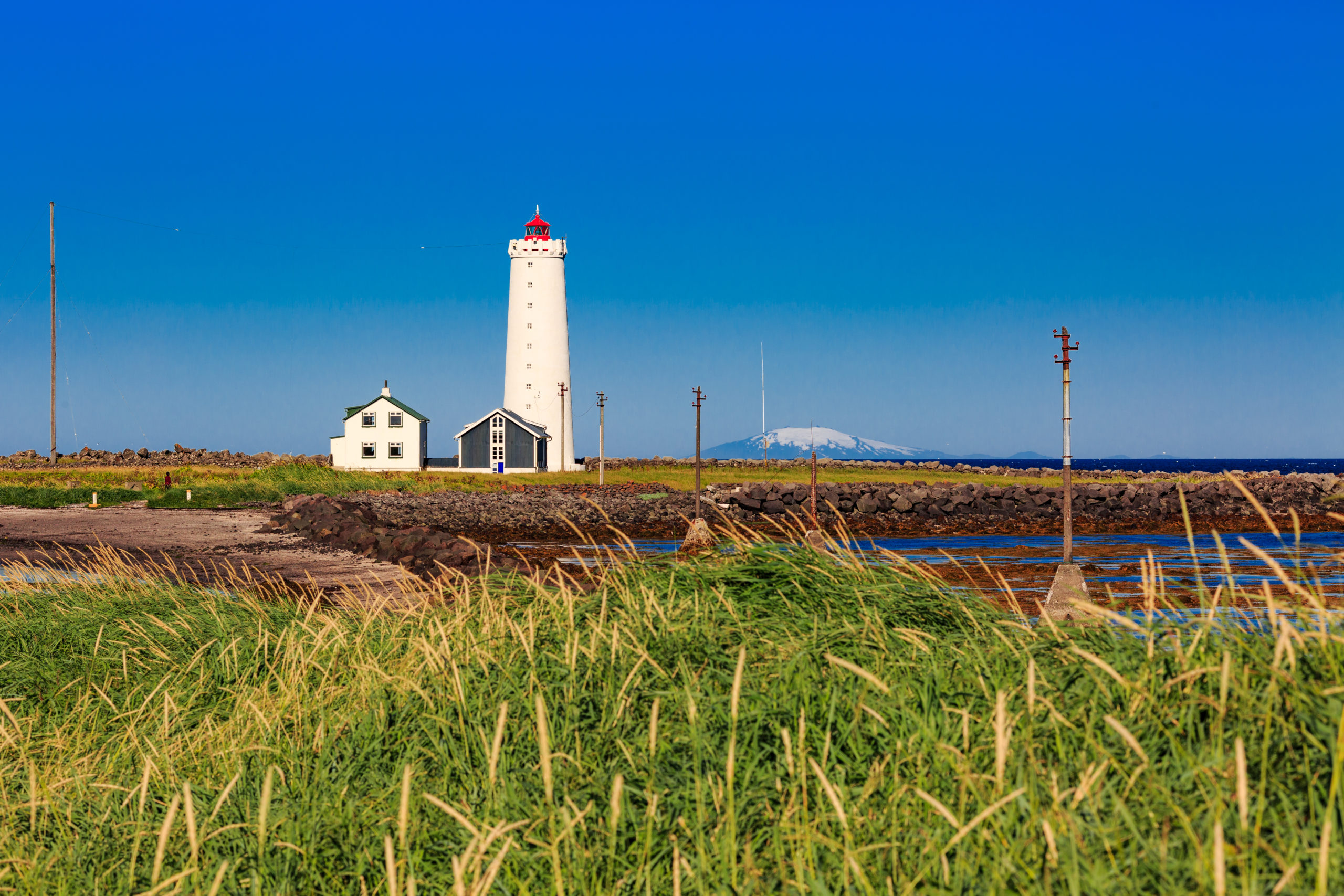
Though technically not in Reykjavik, the Grótta lighthouse is just a stone’s throw away on the Seltjarnarnes peninsula.
A great place to spot the northern lights due to its lack of streetlights, this is one of the darker places in the metropolitan area and at only 5 minutes drive from downtown Reykjavik. It is also a lovely walk on a sunny evening and known as a great place to watch the sun set.
PLAN YOUR JOURNEY
Travelling to Iceland?
Check our overnight tours with a driver guide that includes a one night stay in a bubble.
*Starting from ISK 59.900 per person
Grapevine

The city’s most important source for News and Culture in English, you can pick up free copies of the Reykjavik Grapevine newspaper in many cafes and shops.
They have their finger on the pulse of all the events going on at any given time, with special guides to all the major festivals going on, as well as the best the city has to offer on a weekly basis.
HHlemmur
Hlemmur is located at the centre of Laugavegur and is the home to the main bus terminal in central Reykjavik. You can connect to almost every bus route from here, and there is also a great food hall in the old terminal building.
On the subject of buses, it is an idea to download the Straeto app if you are going to be spending a bit of time in the city, as buses do not take cards and only accept exact change.
Harpa
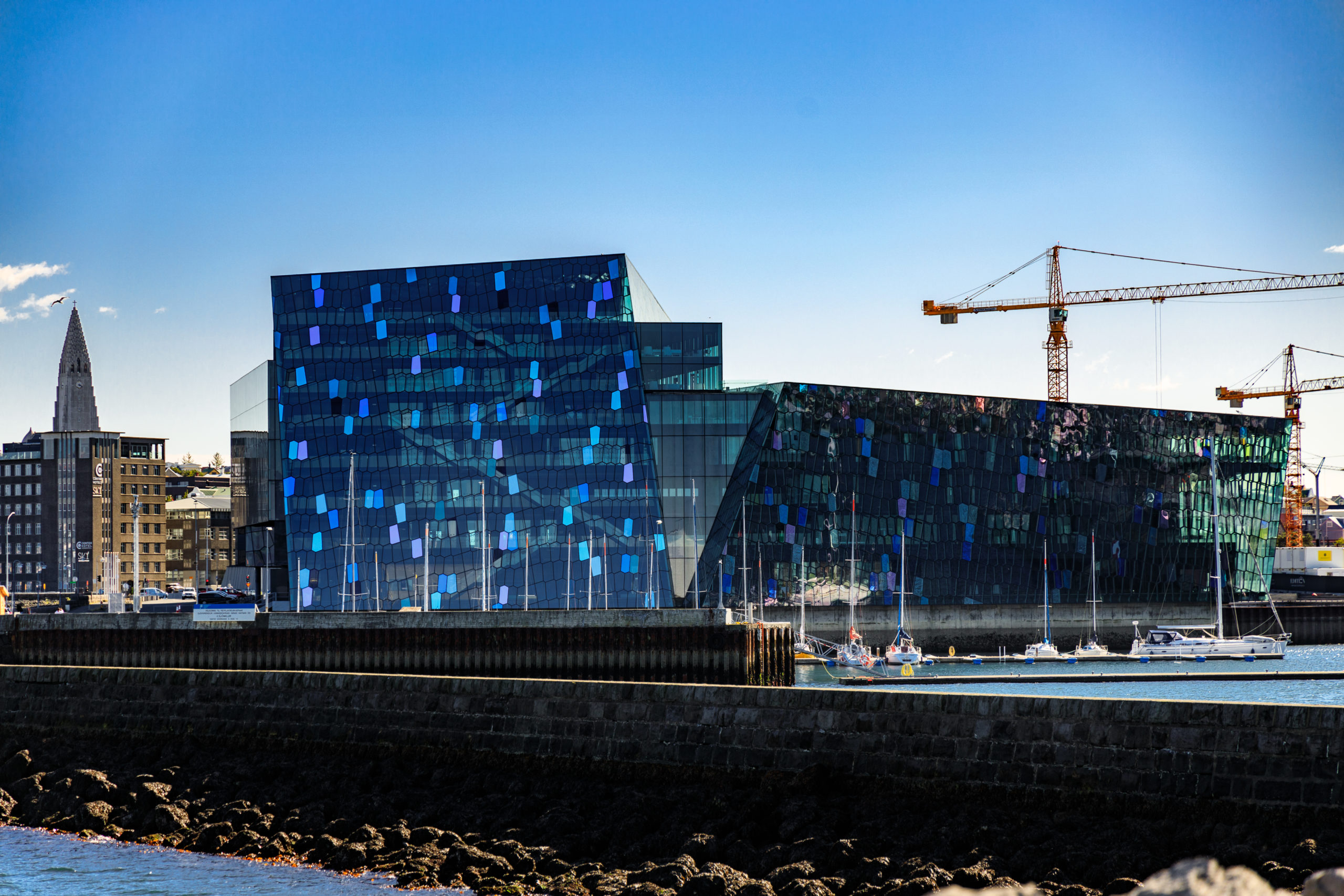
One of the architectural highlights of the city’s landscape is Harpa Concert Hall and Conference Centre. Aesthetically reflective of some of the island’s most miraculous geological wonders, Harpa has an impressive interior aspect designed by renowned Danish-Icelandic artist Ólafur Elíasson.
Taking a guided tour will allow you access to the whole building and give you insight into how this incredible structure came to be.
With a full schedule of live performance events- from classical to contemporary music, dance, theatre and international stand-up comedy, there is something for everyone but it’s worth booking in advance.
Hallgrimskirkja church
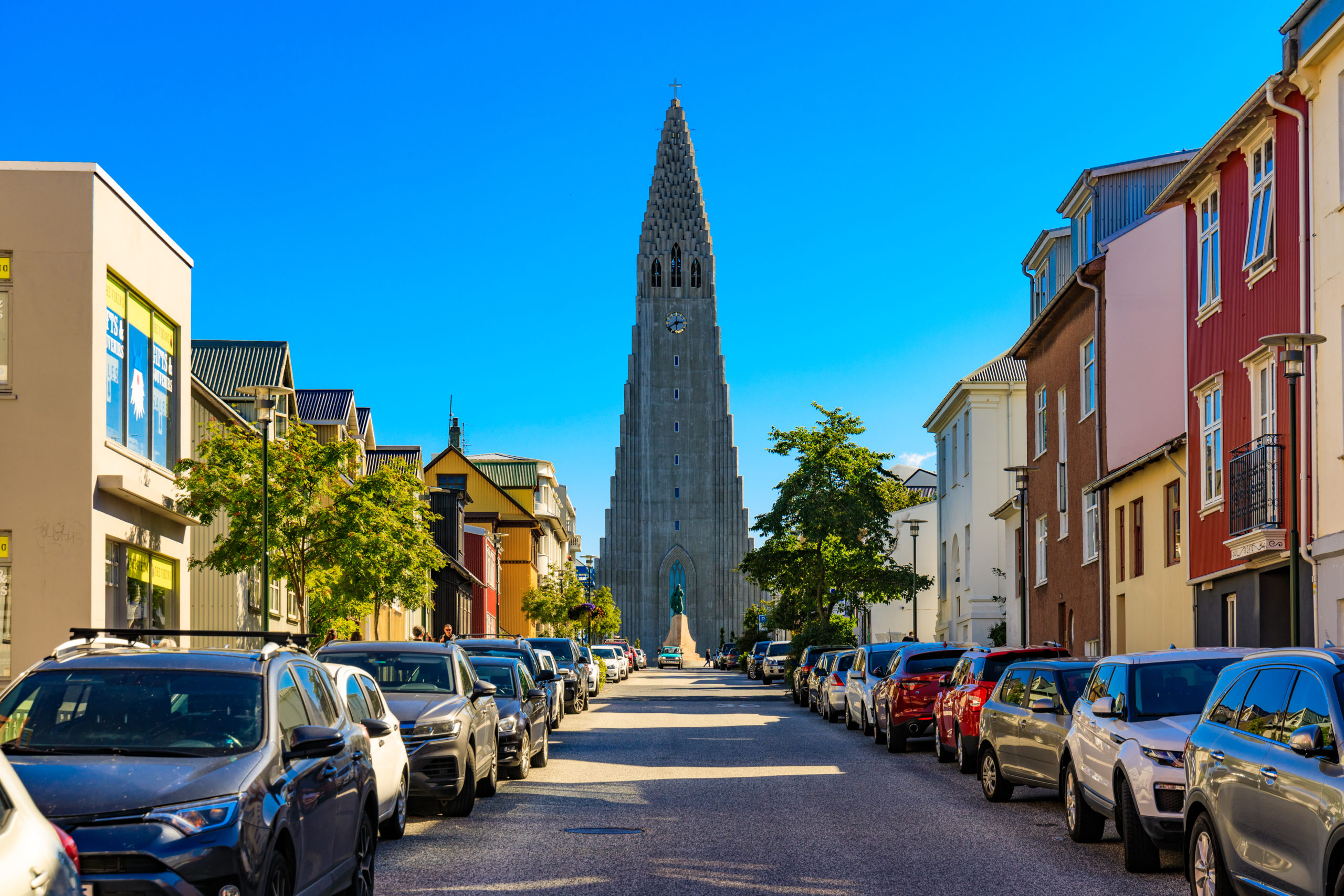
Visible from almost everywhere in the city, Hallgrimskirkja is probably the most iconic landmark of the Reykjavik skyline.
Like Harpa, the architecture is reflective of the landscape, taking on the aesthetics of the basalt columns that can be seen in locations such as Reynisfjara black sand beach.
The interior is a perfect space to take a quiet moment and serene in its simplicity. You may even be lucky enough to catch a choir or organ practice which is when the space really comes to life.
You can also climb the height of the church where you will be rewarded with some of the best panoramic views of the capital.
IIce-cream
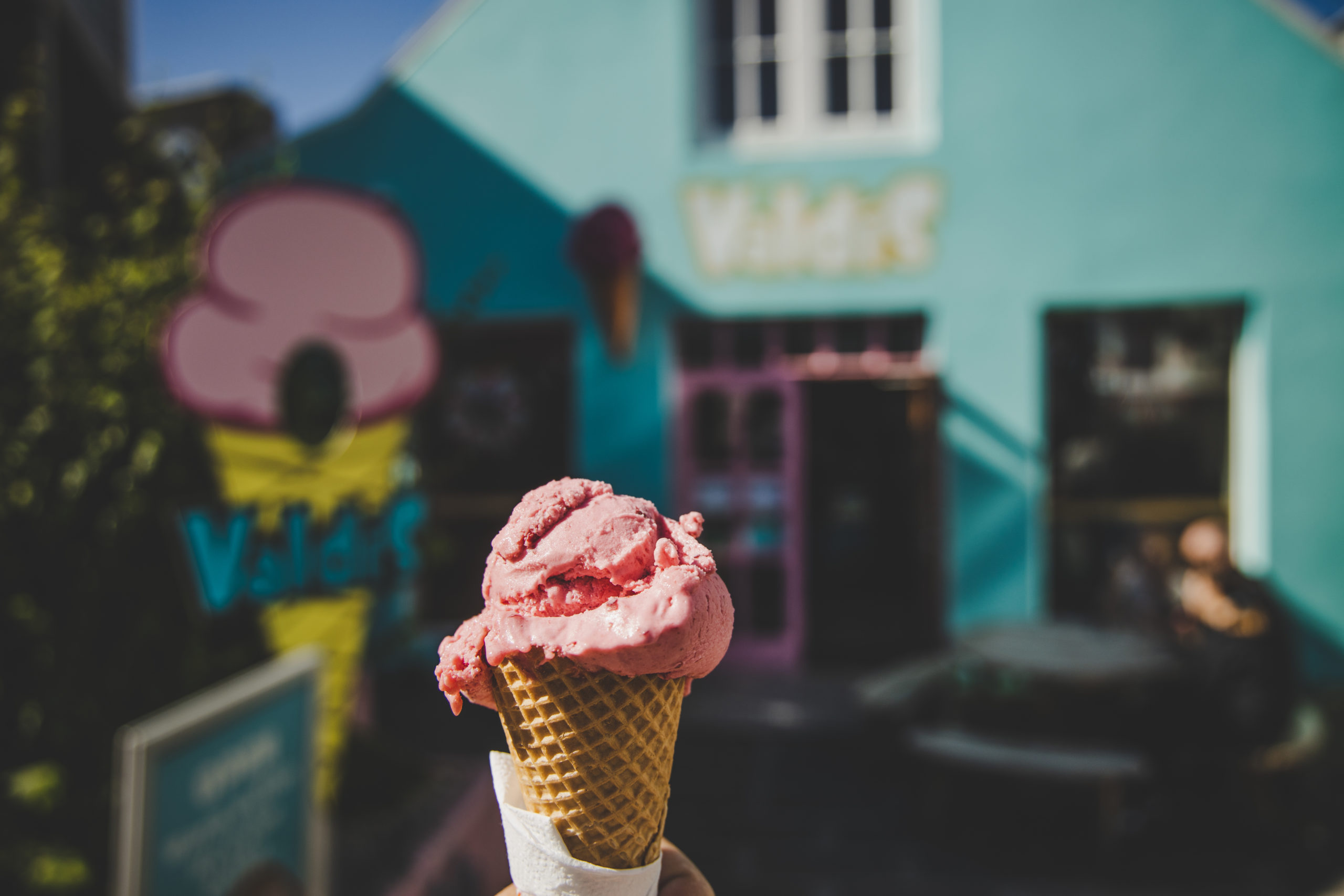
It may surprise you given the changeable weather but eating ice-cream might be considered a national pastime in Iceland. Whichever neighbourhood you’re staying in you won’t be far from an ice-cream shop.
With multiple flavour options and an impressive array of chocolate, candy and sauce options, you can customise until your heart’s content. Bragðarefur or mix-in is to be recommended!
International film festival

Reykjavik International Film Festival, or RIFF takes place in the city annually from the end of September into the beginning of October. With world premieres, special screenings, international industry guests and awards this is definitely a highlight of the cultural calendar.
Recent previous esteemed guests including Wernor Herzog, Mads Mikkleson, Darren Aronofsky and Claire Denis to name but a few. Offering masterclasses, workshops and q&a screenings. The festival offers an intimate opportunity to gain access and insight into the film industry.
Top tip: look out for the swimming pool screenings, where you can bathe in one of the cities many naturally heated aquatic facilities whilst tuning in to a cult classic!
JJazz Festival
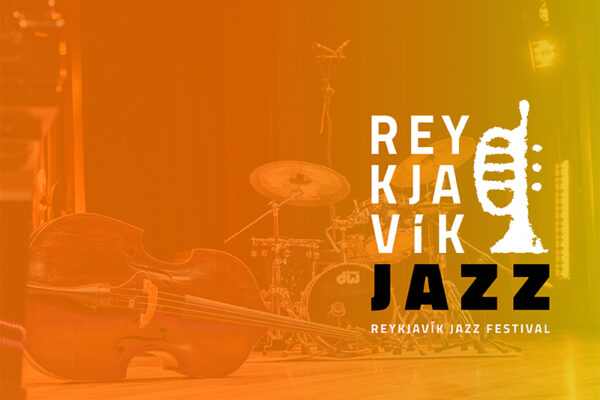
The Reykjavik Jazz Festival takes place in venues across the city at the end of August. Showcasing not only local, but international talent, this is a prestigious event gaining recognition as one of the most exciting and innovative jazz festivals in the world.
Jaja Ding Dong
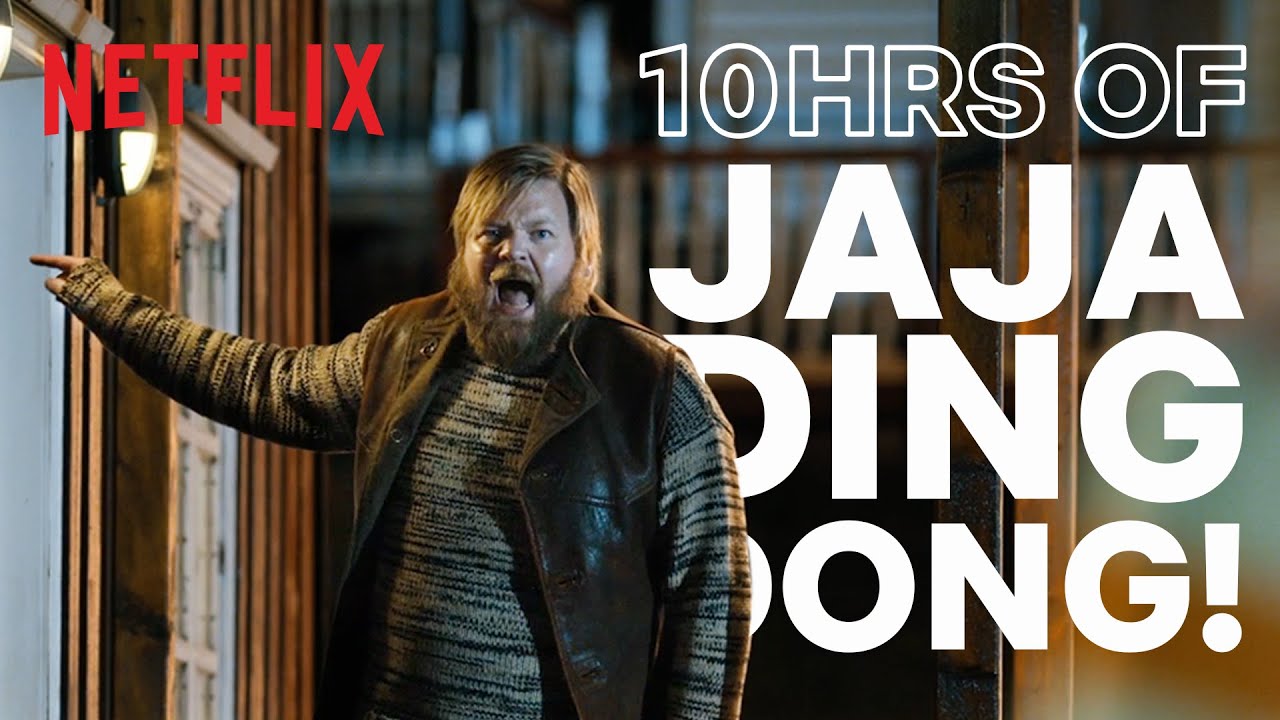
Iceland certainly has a unique relationship with the worlds greatest song contest.
With 2020 being Iceland’s year, yet sadly cancelled due to COVID-19 but following the success of the Eurovision movie, you may want to take a few of the sites from the film.
You may spot some familiar scenes down at the harbour, the old theatre and the university of Iceland. You can even pick yourself up an iconic Jaja Ding Dong in one of the downtown t-shirt shops. You will only want to wear Jaja Ding Dong!
KKolaportið Flea Market
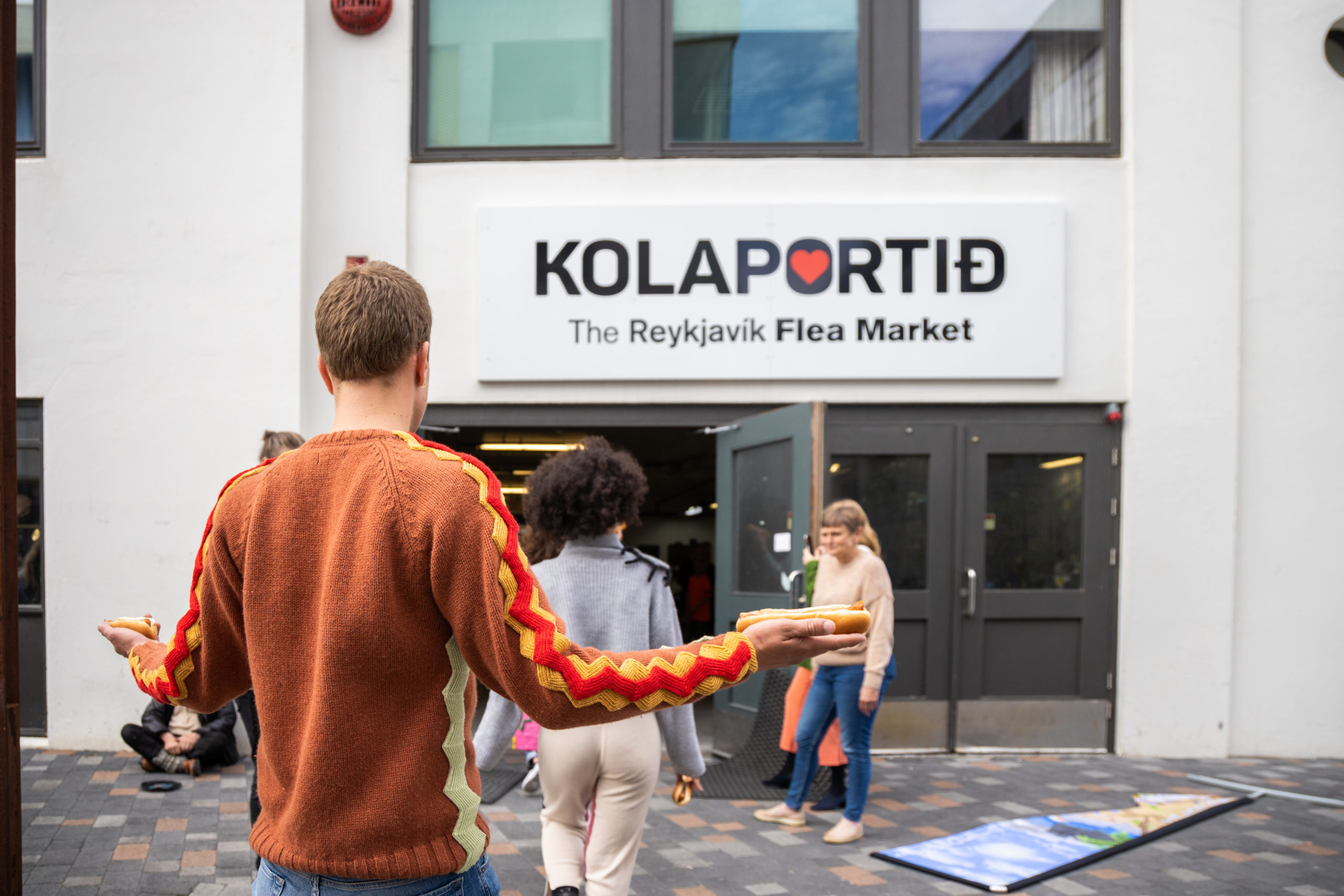
Open on weekends and a great place to hunt for an elusive bargain, Kolaportið has an eclectic mix of stalls.
From food stalls, to second-hand Icelandic sweaters, to decorative birds eggs, this fun flea market to have a browse around.
Kaffi house
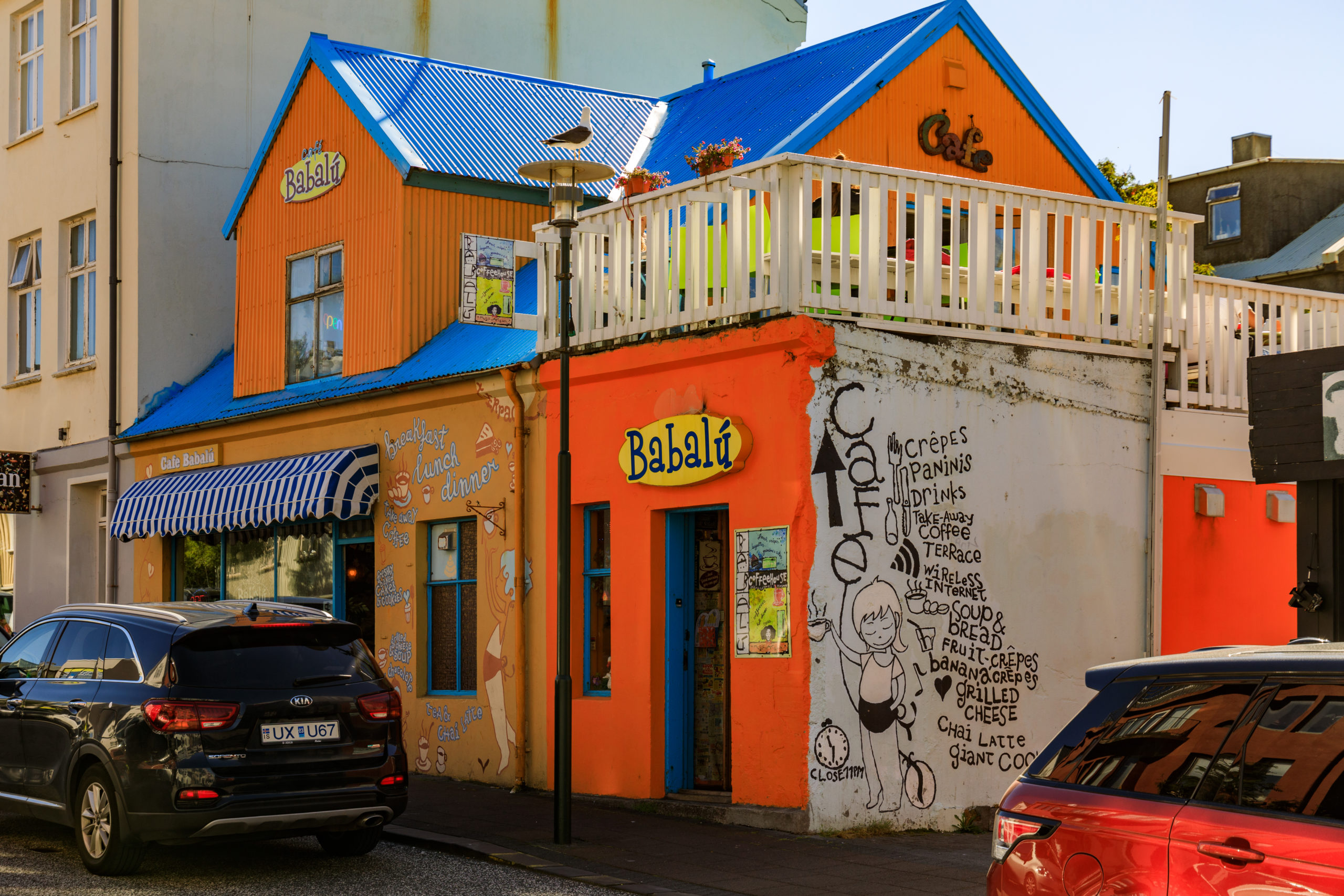
If Iceland had a national beverage, it would be coffee. Always taking pride in the quality of you won’t find a bad brew in the city! There are cosy coffee houses on every corner.
The perfect place to be on a wintery day.
LLaugavegur
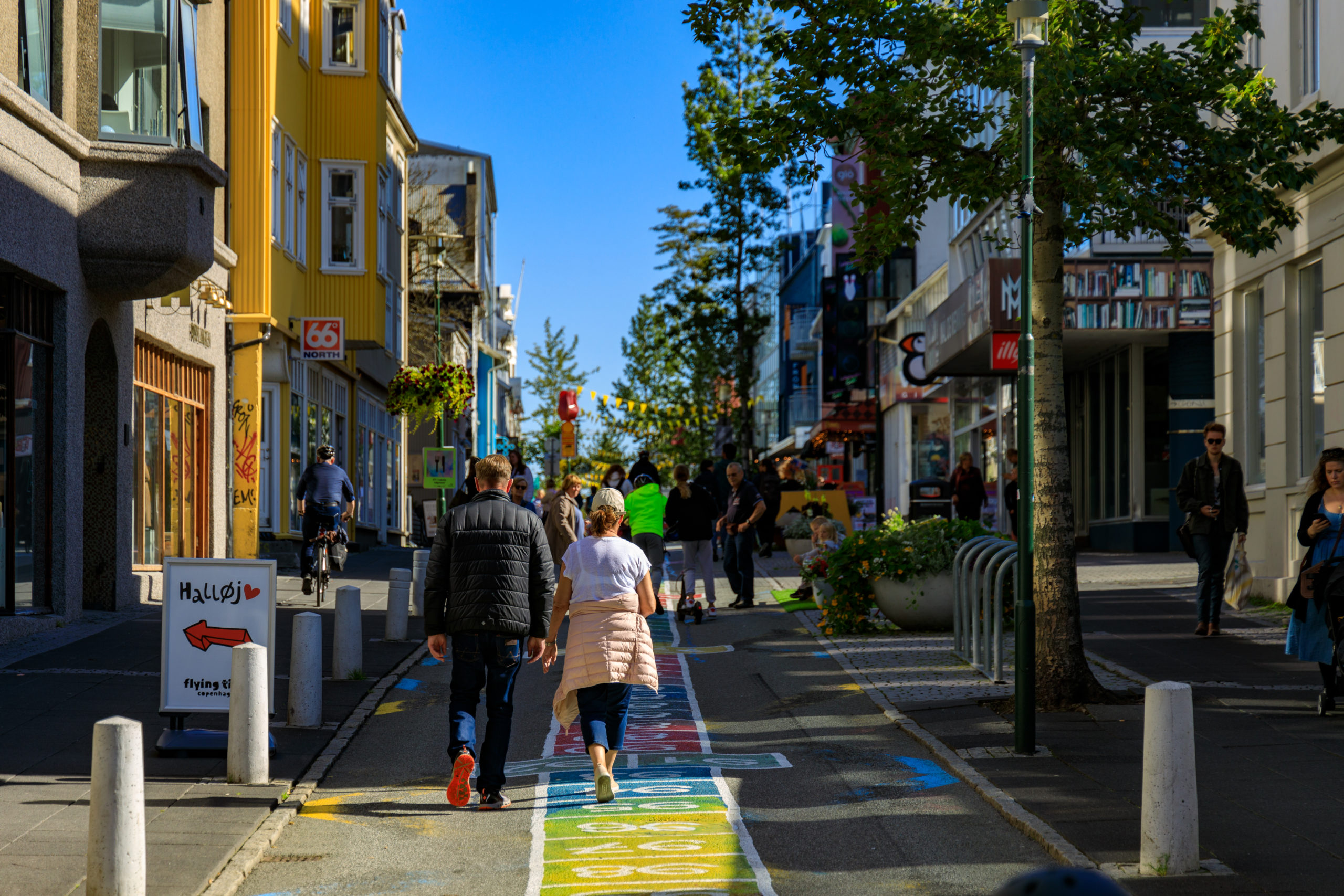
The main shopping street in downtown Reykjavik, is called Laugavegur. The main part stretches from Hlemmur to Laekjargata and houses the majority of the city’s bars and restaurants on and around the side-streets. Laugavegur is a bustling place to go for a night out, a bite to eat or perfect for a bit of shopping.
MMeat soup
Although meat soup, traditionally made with lamb, is an Icelandic staple available all over the country, it is a perfect accompaniment to wintery city days.
Available in cafes and restaurants throughout the city- just don’t forget to ask for your free refill!
Museums
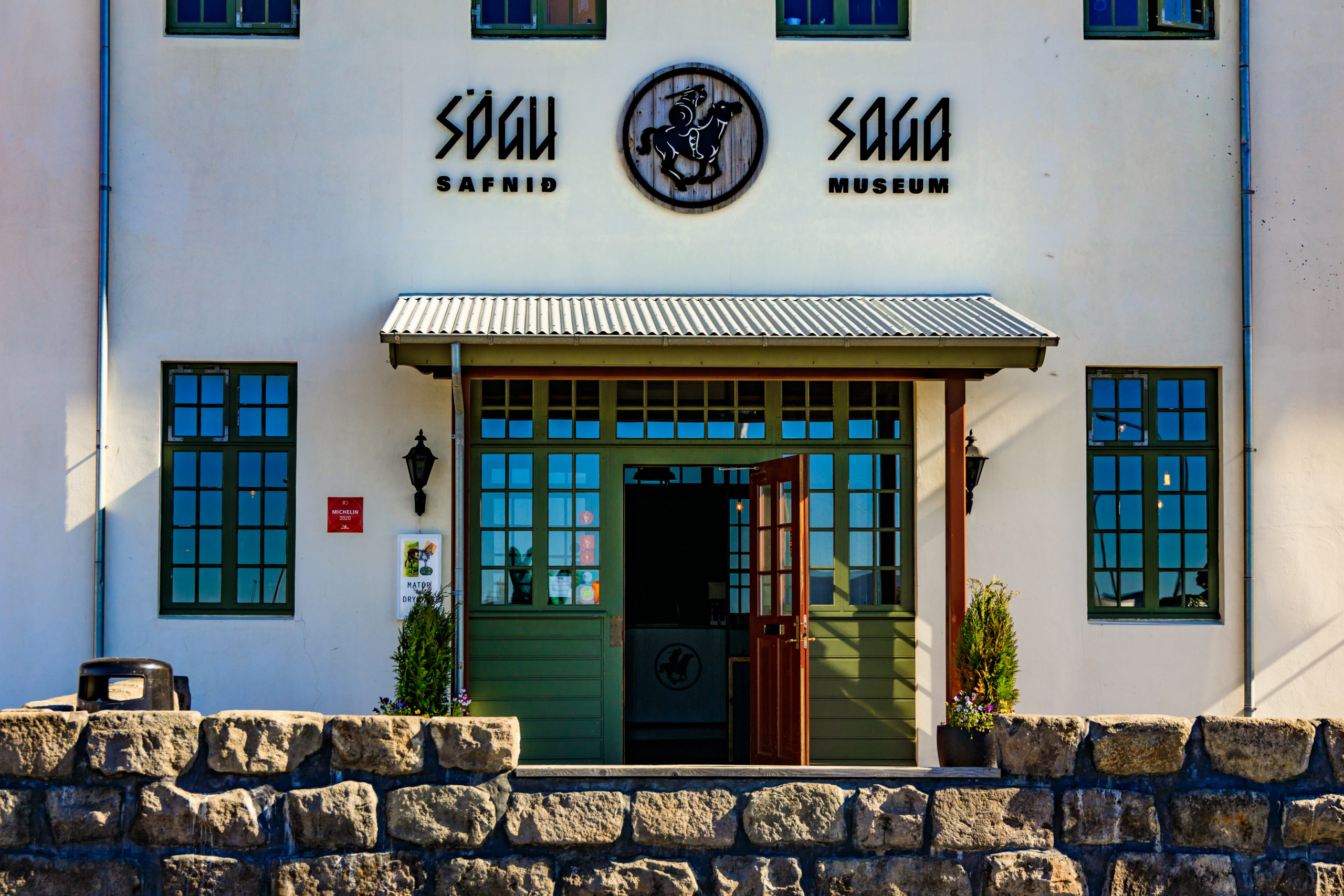
For culture vultures and history buffs, there is an amazing trail of museums to suit all ages and interests in Reykjavik.
Amongst others the Saga Museum, the National Museum and the Settlement museum celebrate the rich history of Iceland; whilst Whales of Iceland and Perlan give insight into the magnificent natural wonders of the country.
And for those of a more adventurous disposition you might want to stop by the Punk Museum, or the notorious Phallological Museum!
NNew year
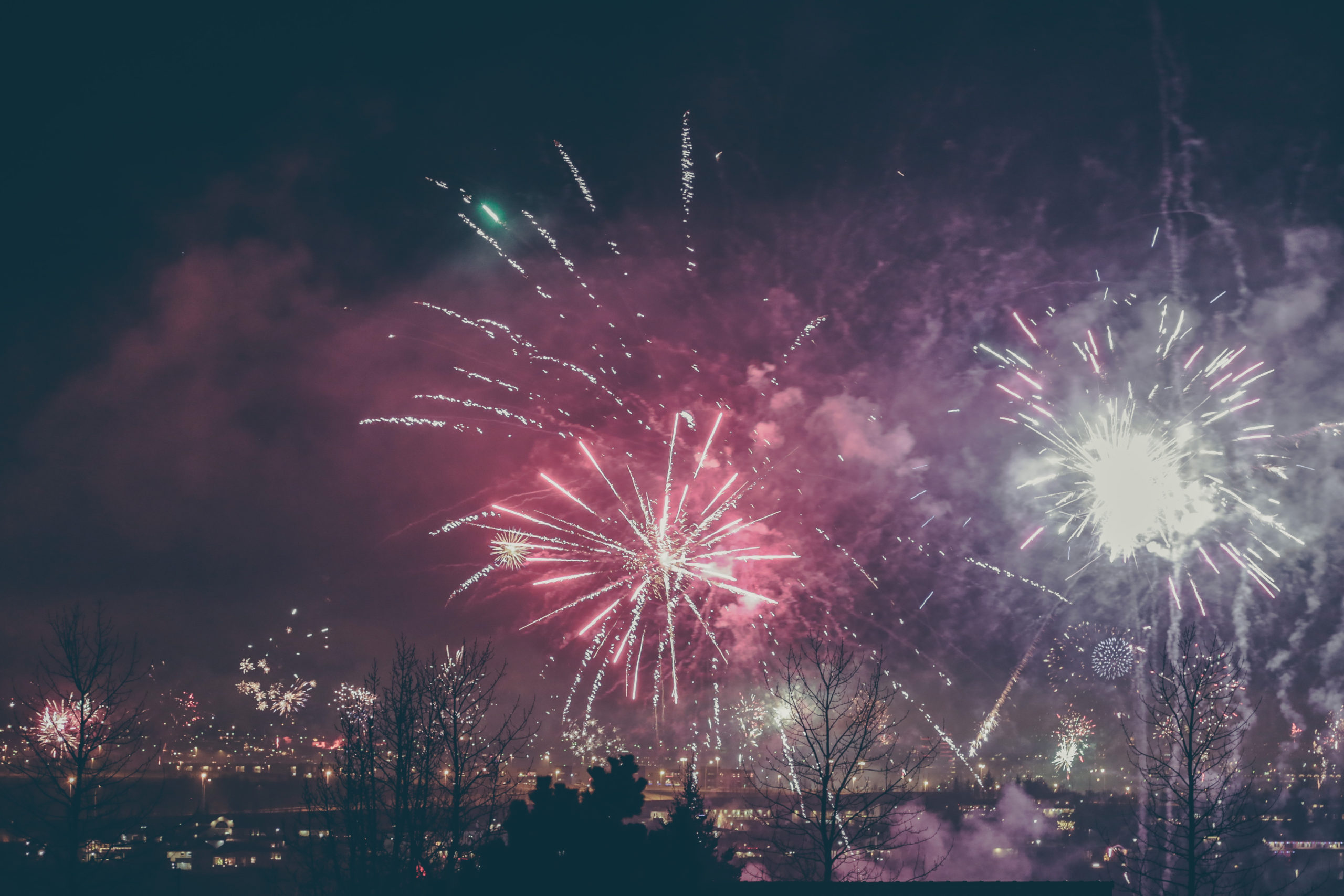
One of the best times of year to spend in Reykjavik is the annual New Year celebrations.
Spectacular for the sheer volume of fireworks that traditionally start as soon as darkness falls and go on until the small hours of the morning, peaking at midnight.
There are also bonfires lit at various locations across the city. Traditionally lit at 20:30 these events are attended by families between new years dinner and watching the annual satirical tv show called, Áramótaskaup. A huge percentage of the population watches every year, and in 2019 it was widely reported to be over 80% of all Icelanders tuned in.
After the conclusion of the show people take to the streets to watch the peak of the fireworks. Although displays are throughout the city, Hallgrimskirkja is the focus of the official display.
Fireworks are bought in high volumes in readiness for the new year, with the proceeds of sales going to fund the Icelandic Rescue Team!
Northern lights
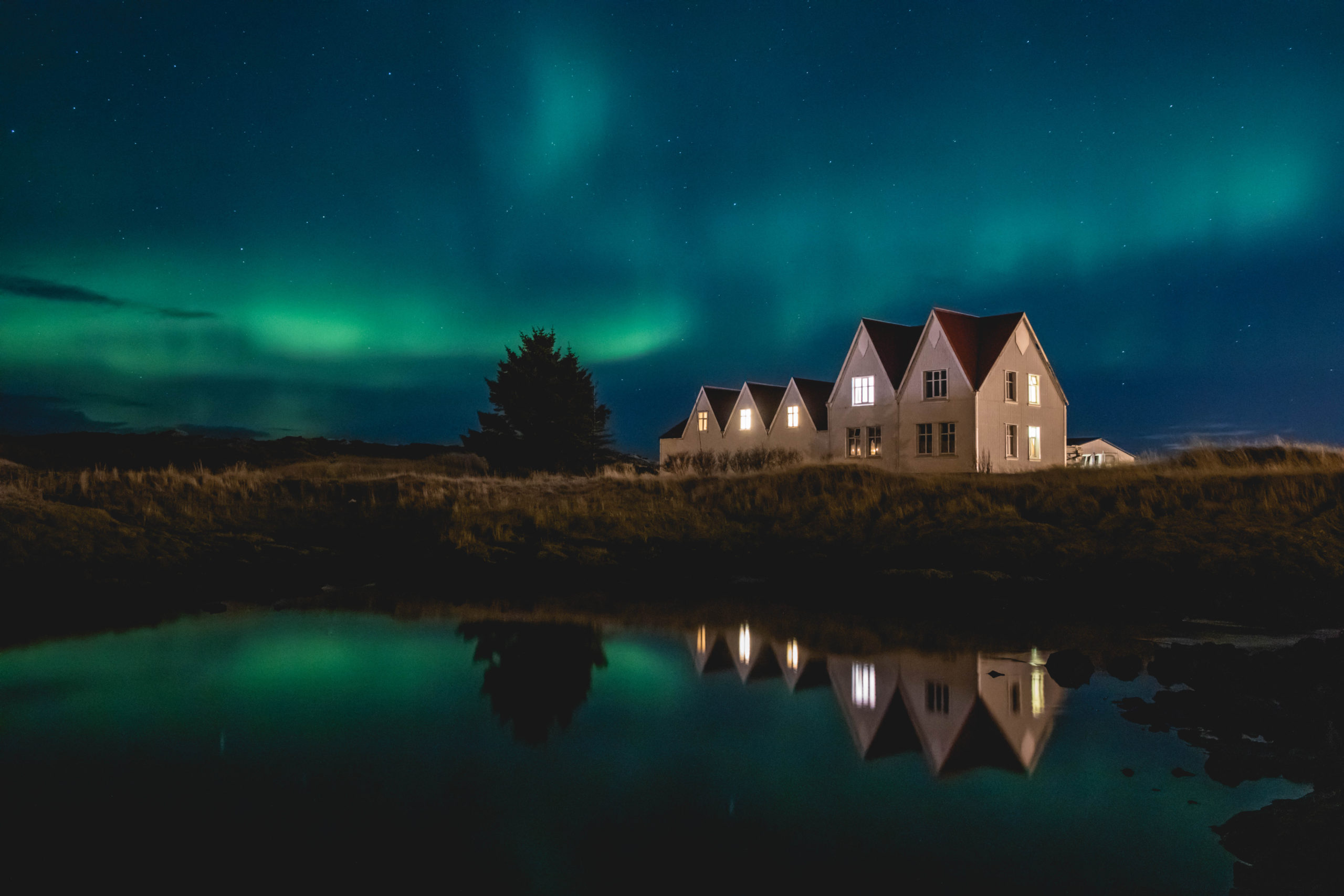
Though you may think you’ll have more luck in the countryside, you might be surprised with how well you can see the Aurora Borealis in the city. There are many places around the harbour area and out towards the Grotta lighthouse that have less light pollution and with the right conditions and activity you won’t have to travel far.
If you do wish to get out into the countryside you can also take northern lights from Reykjavik often with the possibility of pickups available directly from your hotel.
OOld town and harbour
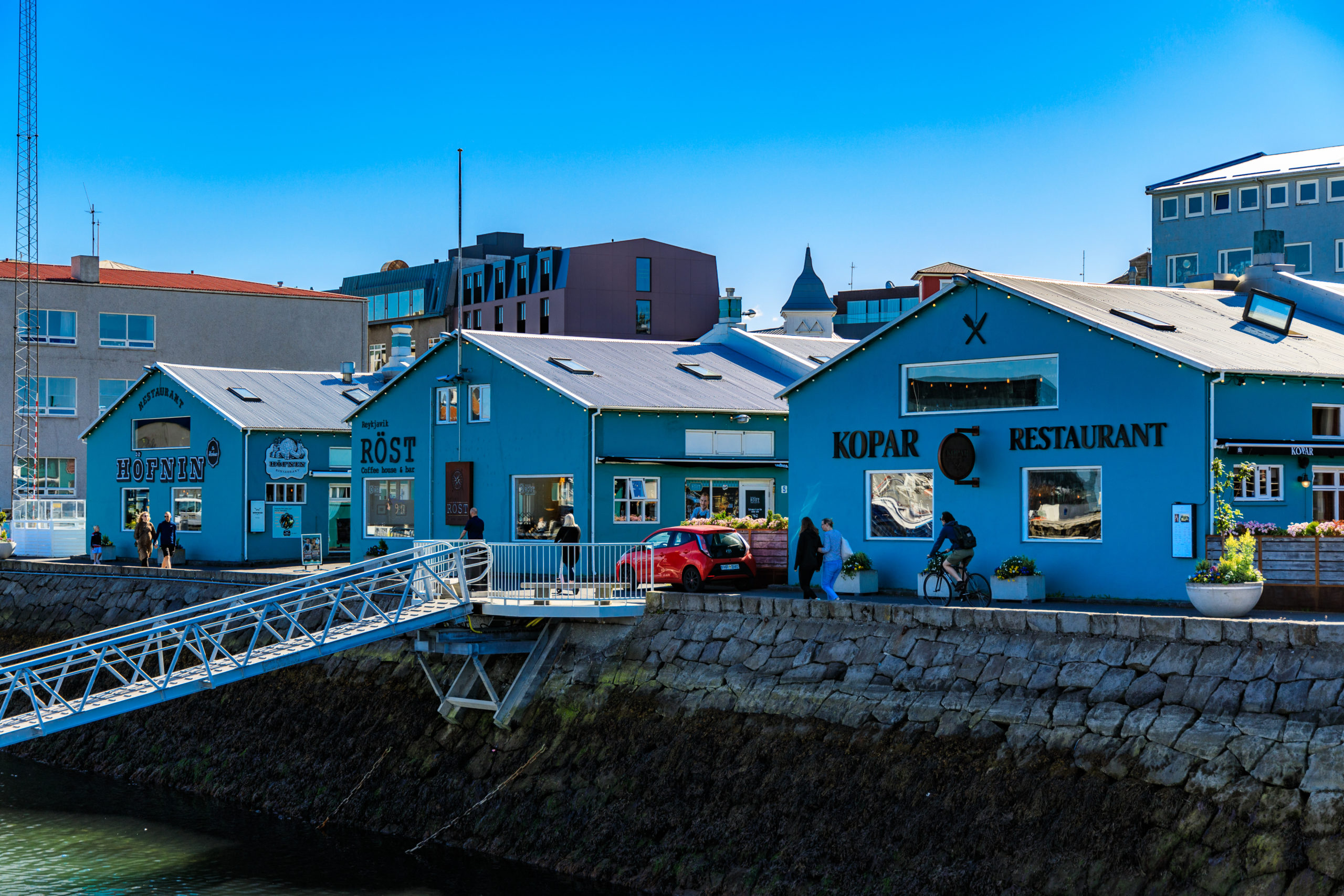
Located towards the west part of the city is the old town. With the most vibrant and colourful houses, with good weather on your side strolling the streets is a wonderful way to while away an afternoon in the city. Comprising some of the oldest houses, with Aðalstræti 10 being the earliest, dating back to 1772.
The harbour is also a great historic city location for a walk. With an array of boats, tours, cafes, restaurants and even a very quirky cinema, this is a vibrant and thriving area to visit whilst spending time in the city.
PPylsur

Widely available throughout the country, is the most exalted of all Icelandic snack food, the pylsur better known as the hotdog. The most famed place to pick one up is Bæjarins Beztu in the heart of downtown Reykjavik.
Asking for one with everything is the most popular iteration and you can expect sweet onions, crunchy onions, ketchup, remoulade and sweet brown mustard- and it’s a taste sensation!
Famous fans of the Icelandic hotdog include Bill Clinton who, during his time in Iceland, ordered his with only mustard, which then became known as ‘The Clinton’.
Perlan
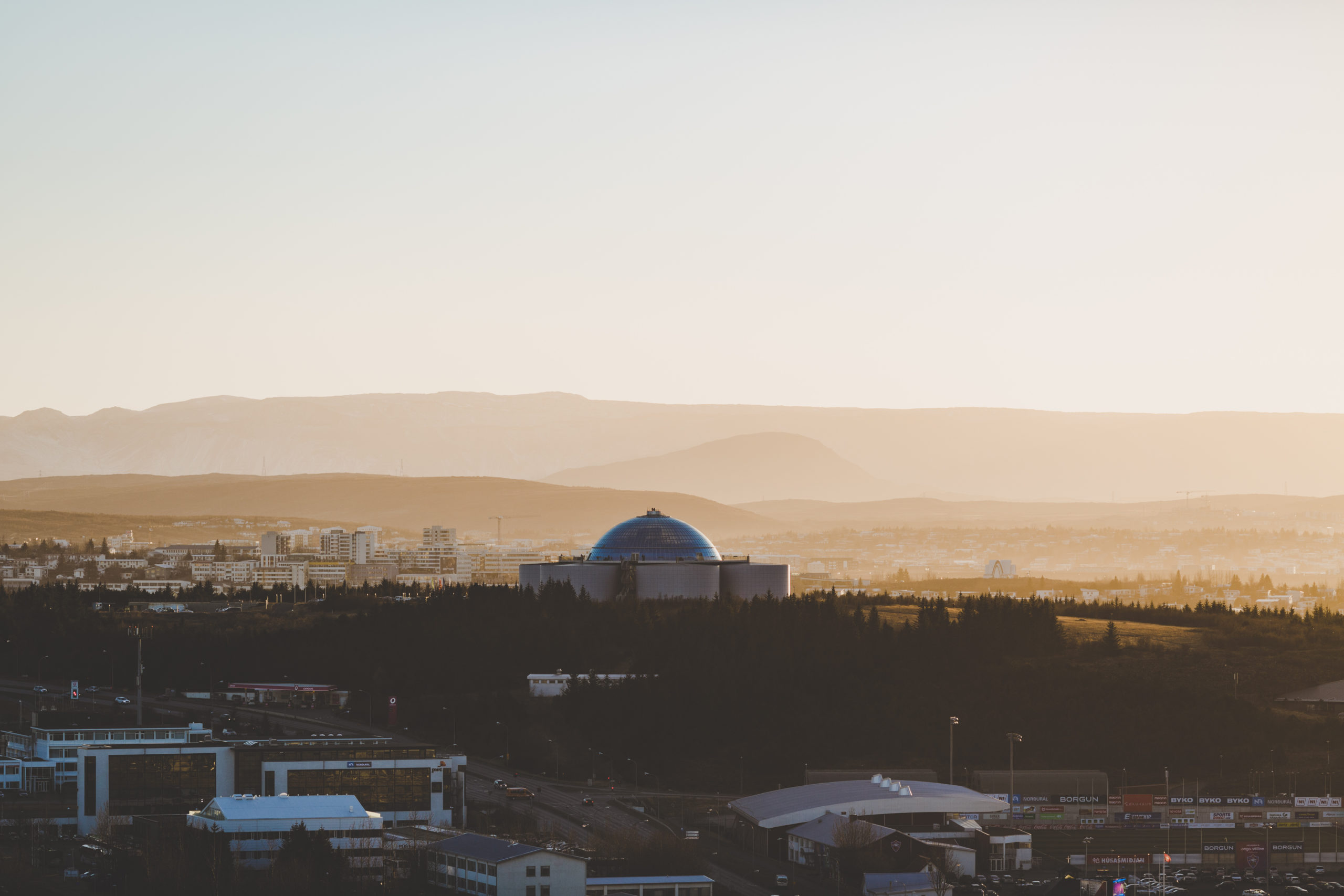
Another prominent landmark, originally a cluster of hot water tanks, Perlan was converted to a public building in 1991.
Now an exhibition centre, featuring an indoor ice-tunnel, a replica of the Latrabjarg sea bird cliff and a planetarium. If you get caught in bad weather you need not miss out on the Wonders of Iceland!
There is also a restaurant with panoramic views across Iceland.
QQueer life
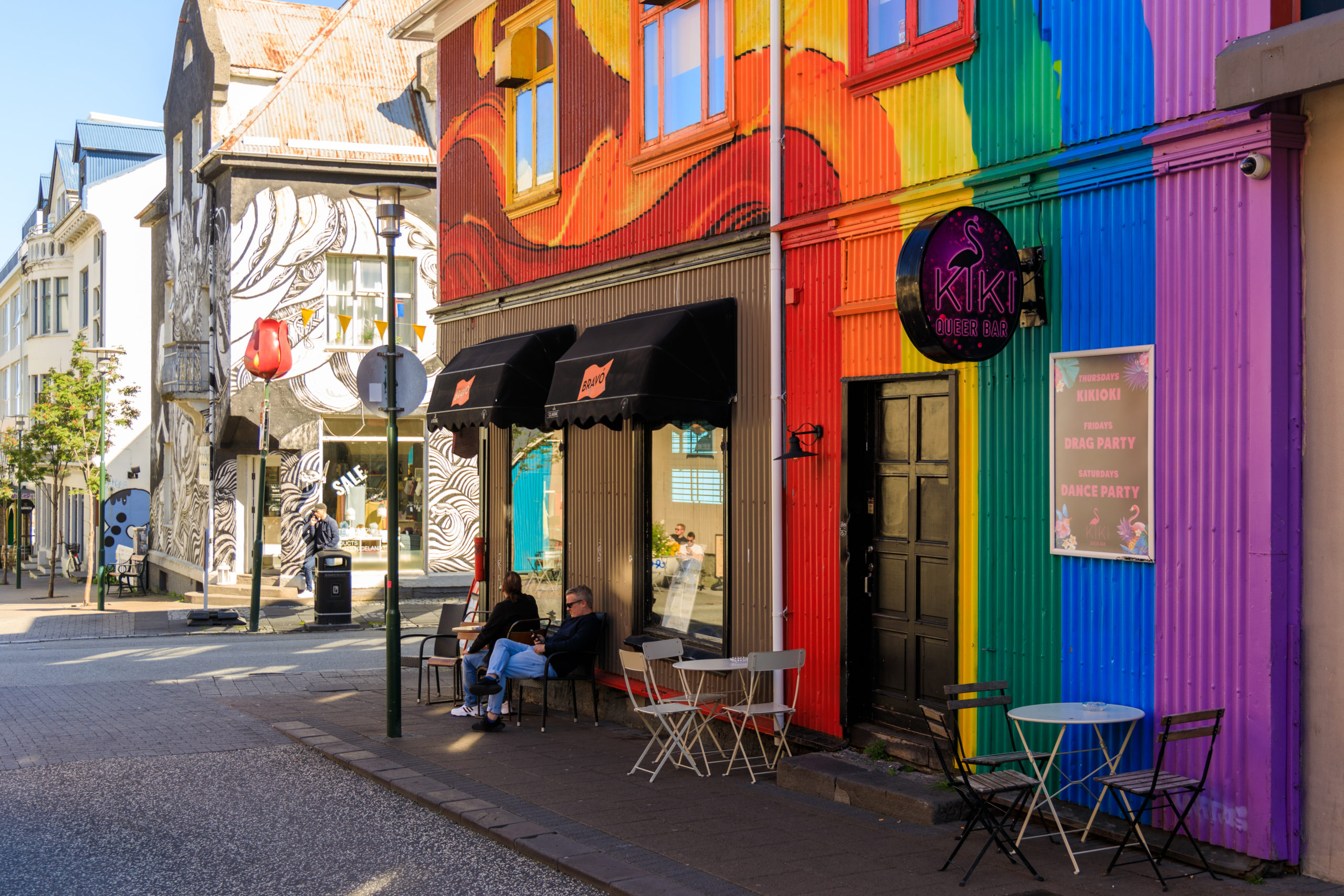
Reykjavik is a city with a vibrant queer culture, from the favourite night spot of Kiki to the annual Pride Festival held in August. Iceland is consistently progressive when it comes to LGBTQI+ rights and it is considered to be a safe place for queer travellers.
RRecords
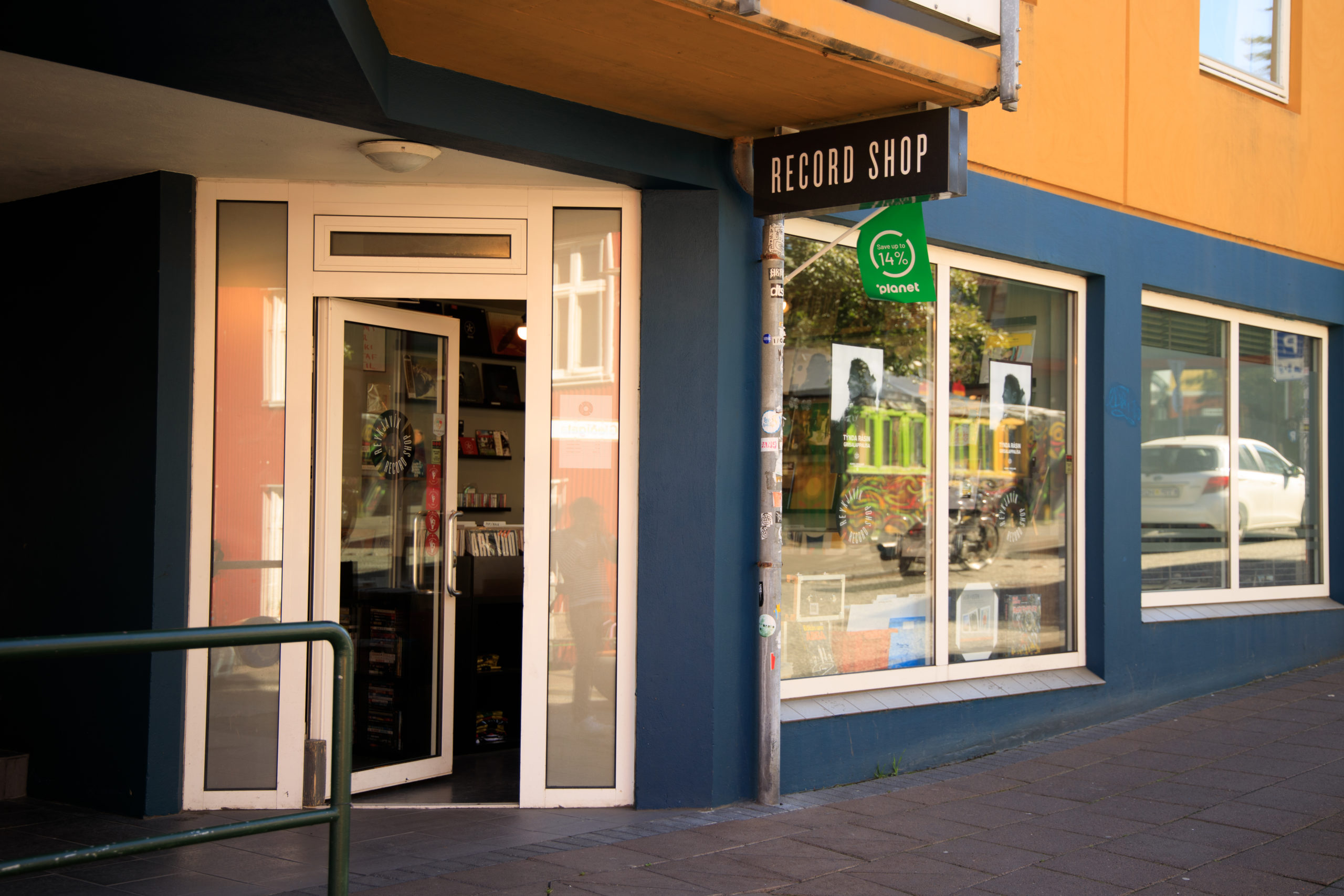
Iceland has a thriving music scene which is reflected within its wonderful record stores. Both Lucky Records and Reykjavik Records deserve their cult status. Selling vintage and fresh cuts, you might get lost in a library of genres available.
Raincoats
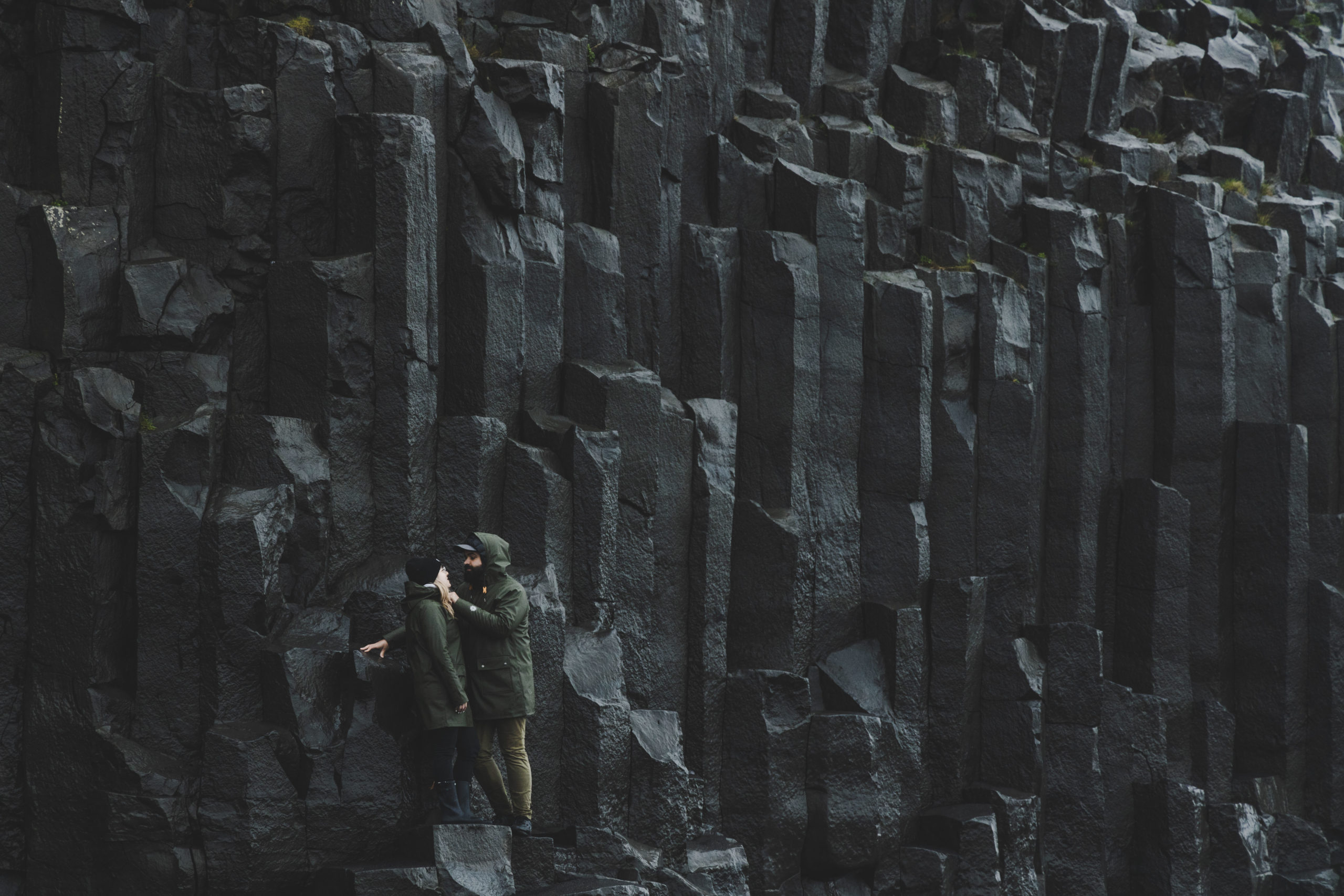
A raincoat is definitely something you could find yourself requiring all year round as Reykjavik is notoriously changeable in its weather conditions. The city has an average of 213 days a year with 0.1mm rainfall, or per month that is an average of 17.8 days with a quantity of rain, sleet and or snow.
S Scooters
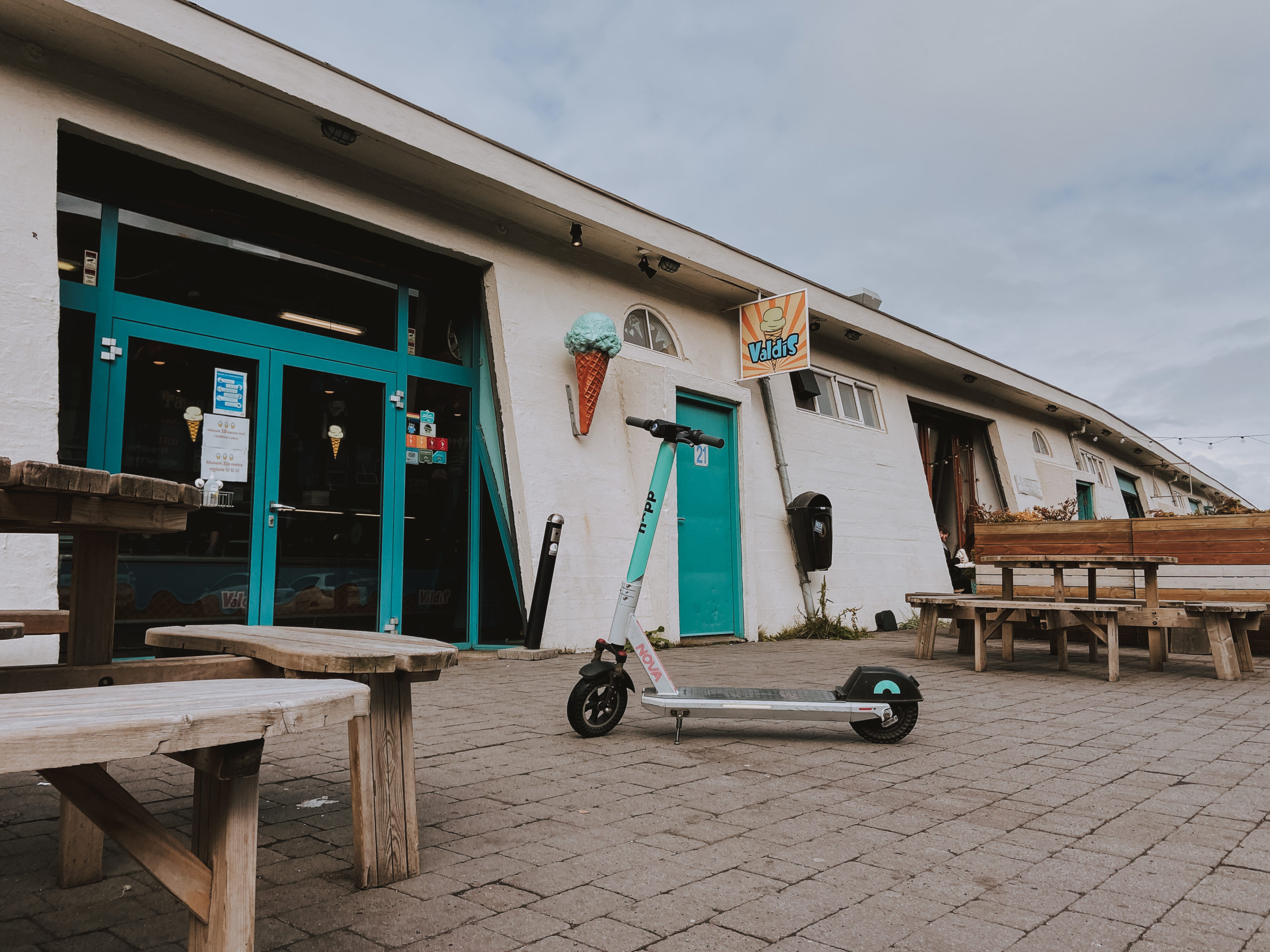
Given Reykjavik’s relatively small size, a practical way to get around town, and accessible through the apps Hopp and Zolo, are hireable electric scooters. Though relatively new, they have become a fairly prominent feature of the city’s landscape and the number of cycle lines makes scooting an efficient way to travel.
Swimming pools
A cheaper and some might say more authentic Icelandic bathing experience, Reykjavik boasts seven pools, three of which are in or close to the downtown area. Offering a combination of hot and cold pots, sauna and steam rooms and swimming pools.
Pool culture is a very important part of Icelandic life, not just for the comfort and warmth of the water in the colder months- it is an important social action. With all age ranges and social groups meeting at the pool, it is not uncommon to hear politics and current affairs discussed heatedly in the heat of the hot pot!
Sun Voyager
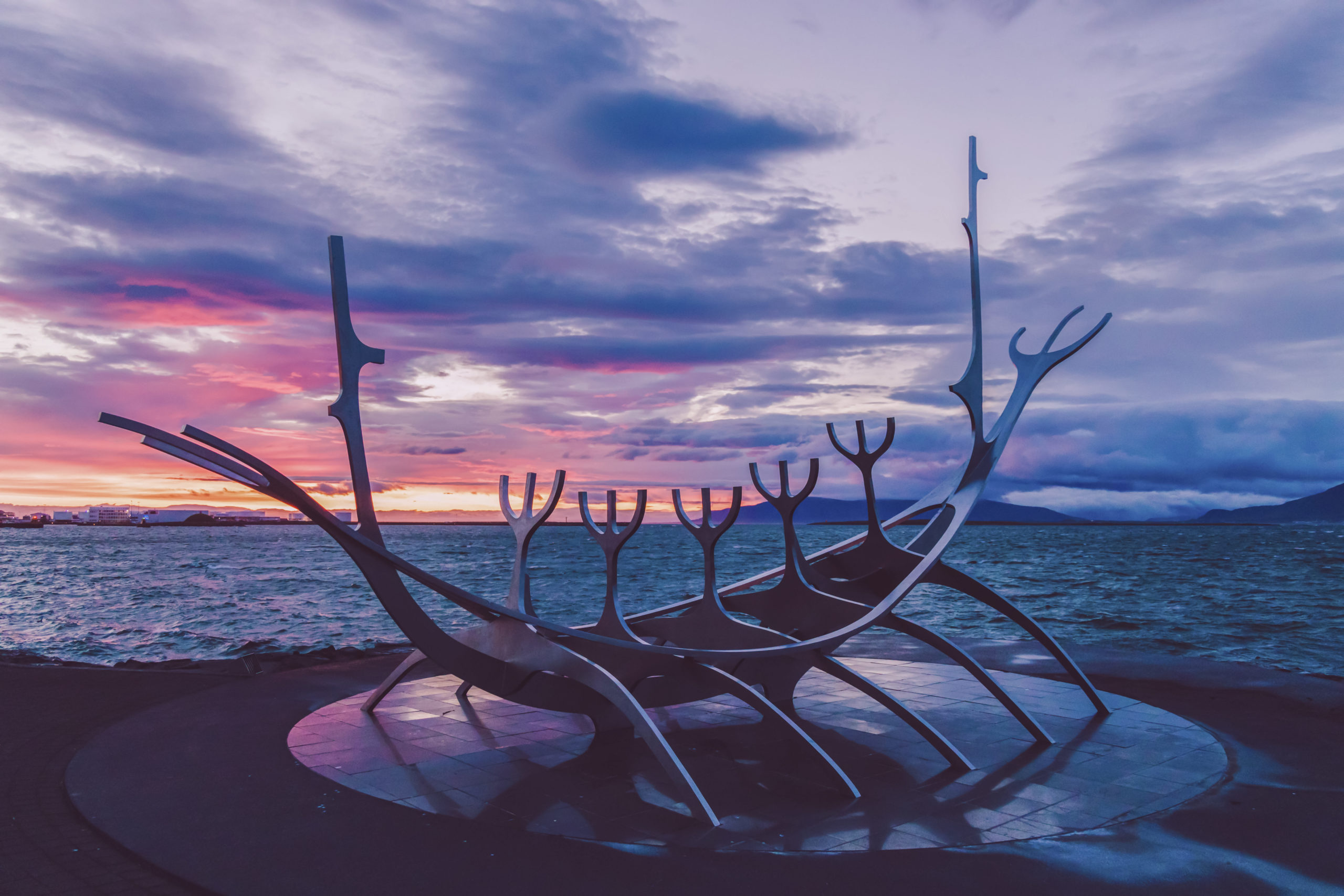
A short walk from town, the Sun Voyager, or Sólfar as it is called in Icelandic, is a popular spot located on the seafront close to Harpa Concert Hall and Conference Centre. In a perfect and picturesque position overlooking Faxi bay and pointing towards Esja, this steel sculpture by Jón Gunnar Árnason forms the skeleton of a boat.
Resembling a viking longboat, but realised as a contemporary structure, the Sun Voyager gestures to the past and the future of the city and island itself. The name alludes to its position, this really is a wonderful spot to take in a sunset when you are staying in the city.
Tours (walking)
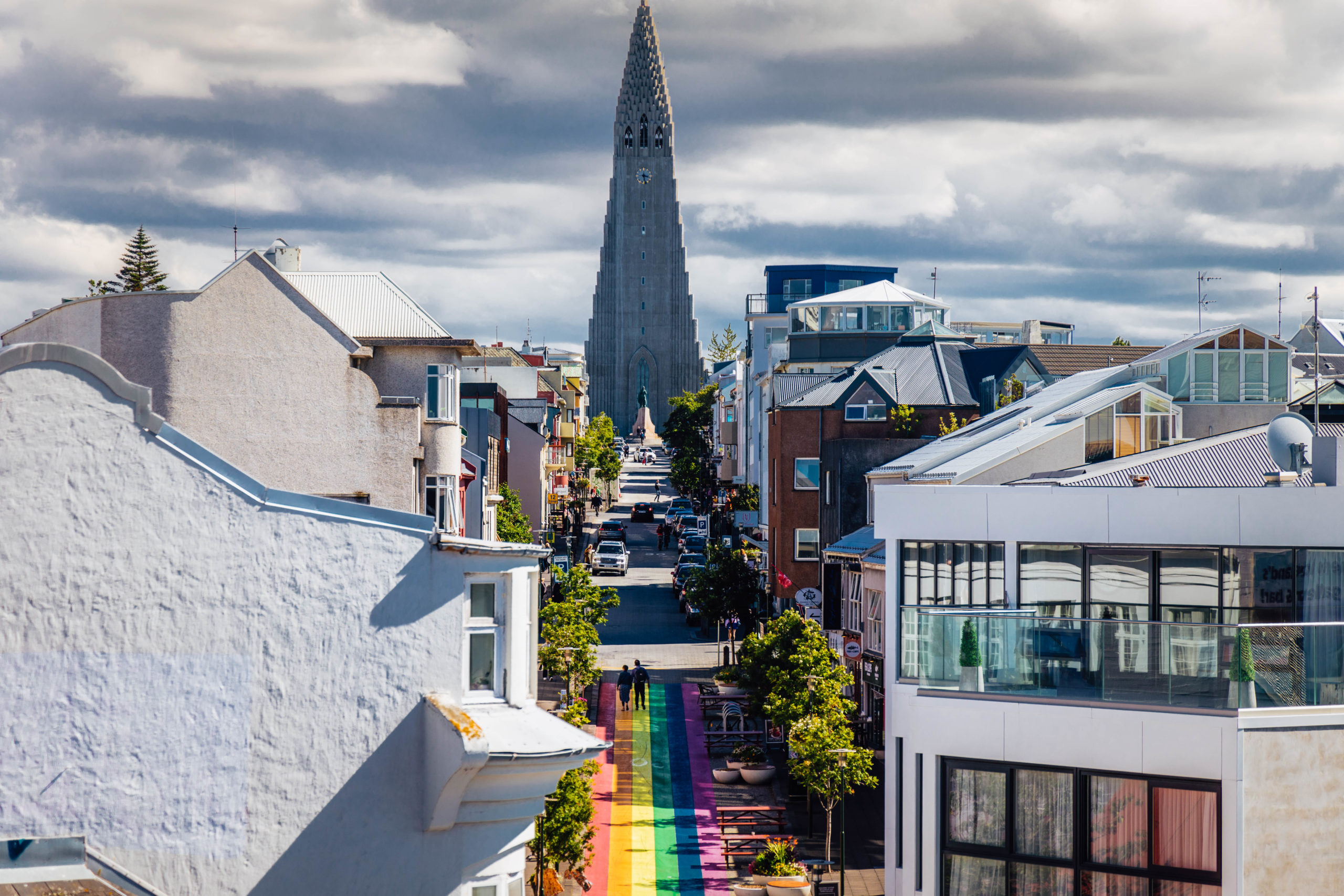
There are a number of tours available in the city that can give you an insight into the history and culture of the city. From free walking tours, to food tours and brewery tours, there are so many ways to explore that don’t involve bus or boat trips.
Tjörnin
Situated in the centre of Reykjavik, Tjörnin means lake or pond. With the city hall overlooking it and museums, theatres and a very pretty church surrounding it this is a picturesque location.
This is a favoured spot for feeding the ducks and swans, and in winter it regularly freezes over completely.
Traditional food
Although there is plenty on offer gastronomically in the city, you may want to try the traditional Icelandic foods and you have plenty of options in Reykjavik.
With meat soups, lamb and fish high on the list. If you are a little more adventurous, there are restaurants that serve platters of smoked puffin and whale meat- or you may even be brave enough to try the fermented shark! But you may need a shot of Brennavin (the Icelandic equivalent of vodka) to wash it down.
UUppistand
The Icelandic word for stand-up comedy, uppistand has a small but growing scene in Reykjavik. There are regular comedy nights taking place in a number of different venues and theatres across the city; from superstar international comedians selling out Harpa to local open mics.
With the arrival of the first dedicated comedy club opening in Reykjavik in 2018, English speaking stand-up has taken off. With a number of regular Icelandic and international comedians, being joined by visiting guests, there is a guaranteed diverse line-up if you’re up for a laugh.
University
The University of Iceland is another prominent landmark in the city. With around 14,000 students, and programs in Icelandic and English, Reykjavik has a vibrant and diverse university community.
The on campus Student Cellar also hosts a calendar of regular entertainment events and often plays live sport.
VViðey
A small island reachable by ferry, Viðey is a beautiful place to visit, and also houses some incredible contemporary art. As well as the imposing sculptural columns of Richard Serra, Viðey is home to Yoko Ono’s IMAGINE PEACE TOWER.
Forming a column of light piercing the night sky, the tower is lit ceremonially on 8th October on John Lennon’s birthday and stays lit through winter.
WWhale Watching
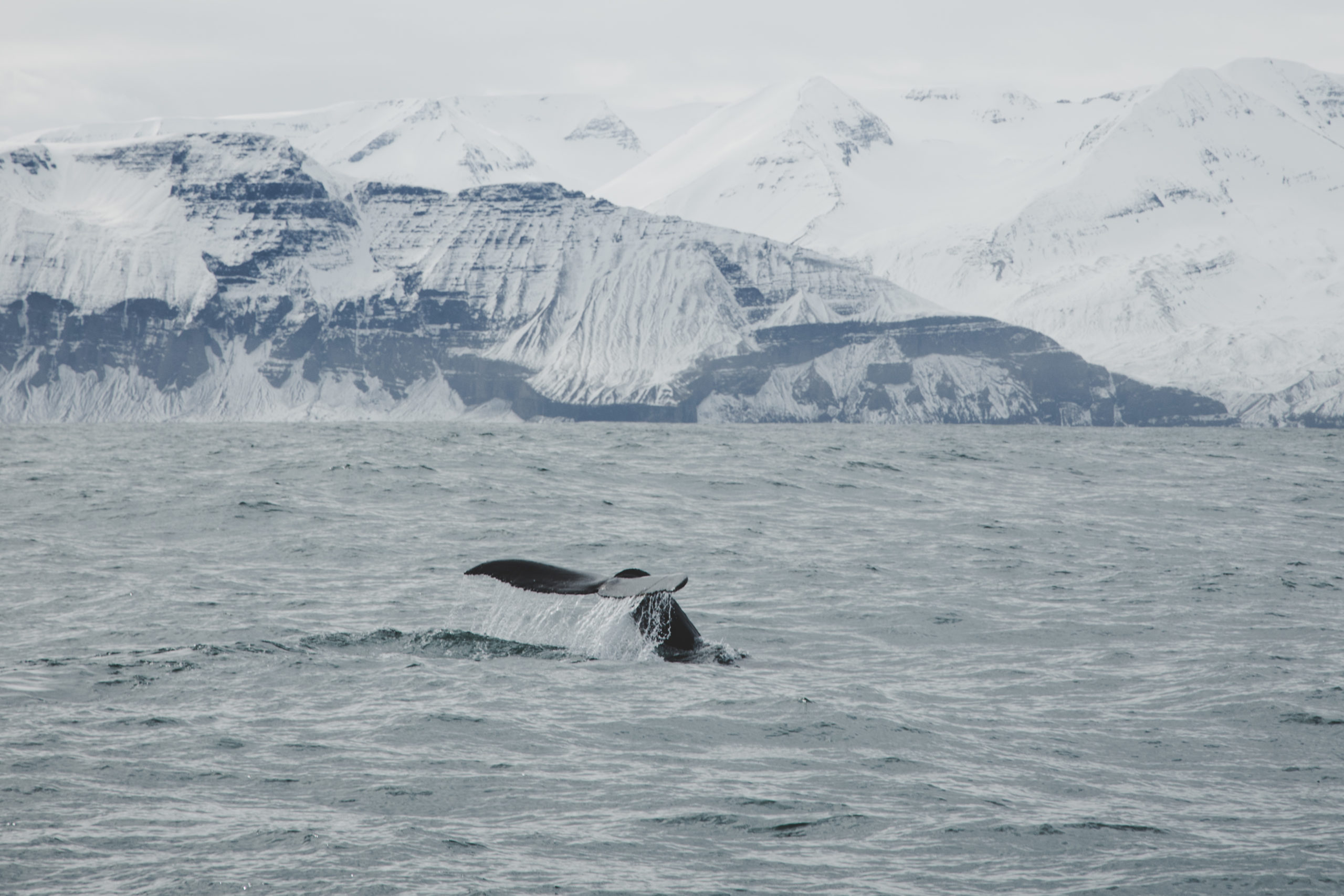
Running tours throughout the season the waters around the capital area are rich with life. We are lucky enough to have a variety of whale species within our waters including Minkes and Humpbacks. You will also see a range of bird species- and perhaps even some dolphins will come to play!
With tours from the old harbour and warm waterproof layers you can experience whale watching from the heart of the city.
Wool
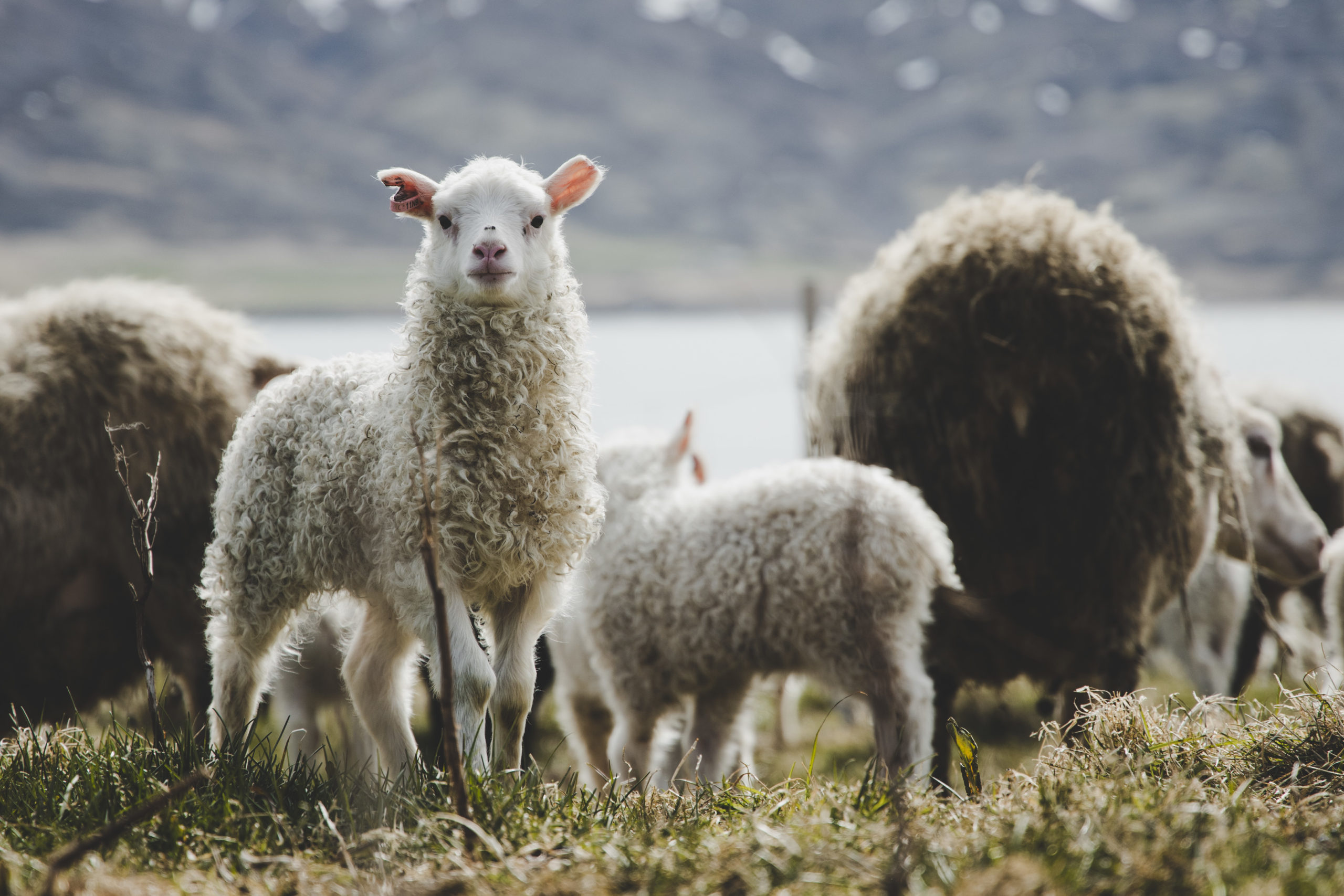
Icelandic wool is used to create the warmest and most practical item, the Icelandic sweater. Known as a lopapeysa, you can not only buy premade authentic products from the Handknitting Association, if you are handy with a pair of needles you can buy the raw ingredient in a variety of gorgeous colours and make one yourself!
XXmas
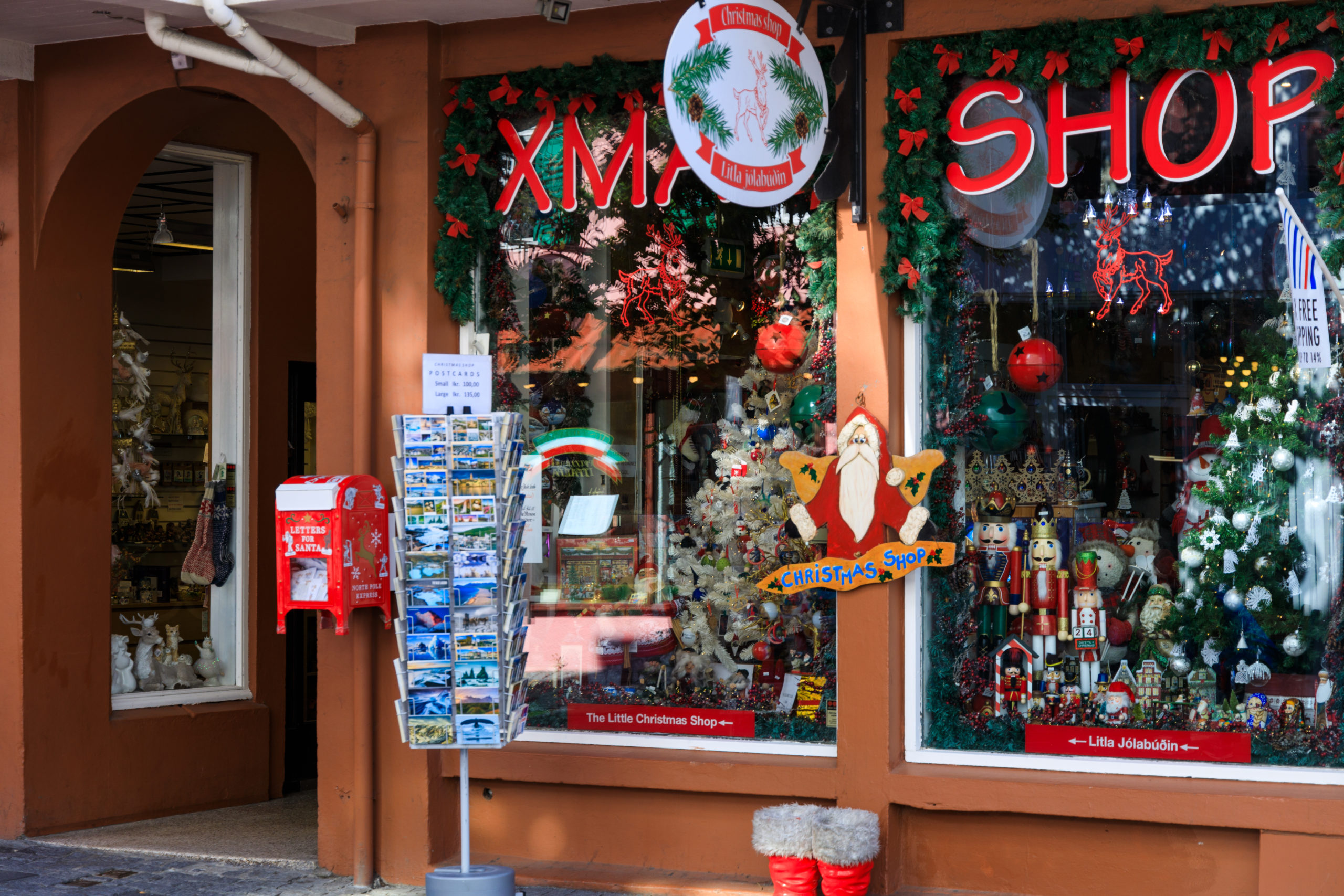
Christmas is a magical time to visit Iceland’s capital. What better way to spend the festive season than in the northernmost capital in the world. Once the cosy lights go up and the nights draw in we prepare to celebrate the holidays. With ice-skating in the centre of downtown and the promise of the aurora, Christmas is the perfect time to visit.
Christmas is celebrated on 24th December in Iceland.
YYule cat
Speaking of Christmas, if you do visit at this time of year you can inspect to run into the most imposing of all Icelandic felines, the Christmas cat!
Based on Laekjagata he is gigantic, a tiny bit terrifying and lit up every year to watch over the people of Reykjavik during the festive season.
It is said that if you do not have new clothes for Christmas then the Cat will eat you! So it’s lucky there is an H&M close by. No need to fret!
Yule lads
Joining the Christmas Cat are the Icelandic Yule Lads, who are projected all over the city during Christmas time.
The Icelandic equivalent Santa Claus, there are 13 of them, who deliver presents to the shoes of Icelandic Children, if they behave*, from 12th December.
*usually receiving a potato if they do not.
Unpredictable and mischievous, watch out for Sheep-Cote Clod, Skyr Gobbler, Door-Slammer, Candle Stealer, Window Peeper and the rest of the gang!
ZZoo
Tucked away in the Laugardalur valley in the east of the city is a small animal park. The Reykjavik Family Park and zoo is home to Icelandic farm animals, reindeer, harbour seals and arctic foxes. There are also a range of birds, and a small number of foreign reptiles.
With small rides and suitable entertainment for all ages this is a fun place for all the family.
And that's not all!
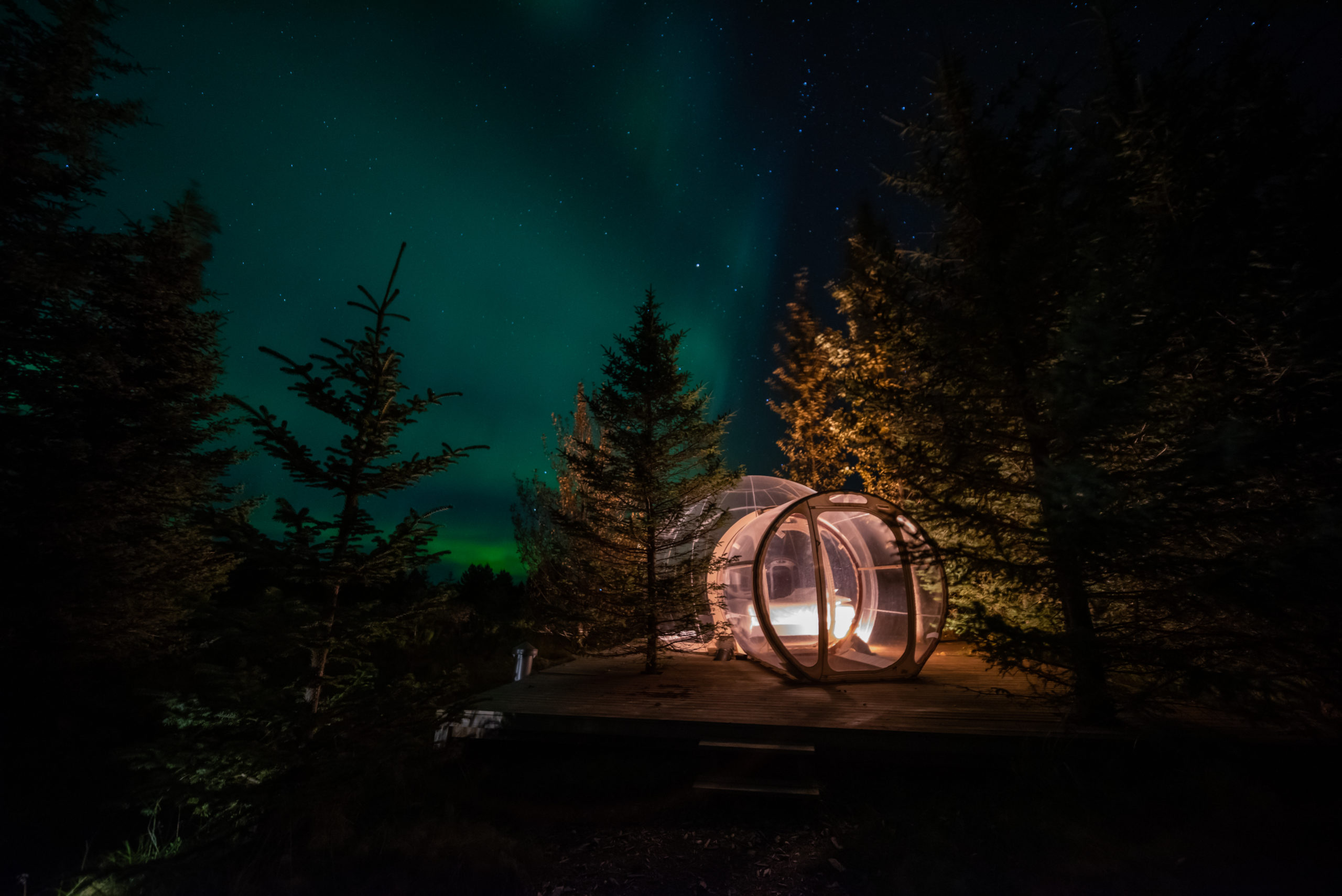
Reykjavik is the perfect place to begin or end your self-drive or guided tour given its close proximity to the countryside and our 5 million Star Hotel.
Our handy guide is just the tip of the iceberg, you’ll find so much more to love about the capital of Iceland upon your visit. Smokey Bay and all she has to offer awaits you!
PLAN YOUR JOURNEY
Travelling to Iceland?
Check our overnight tours with a driver guide that includes a one night stay in a bubble.
*Starting from ISK 59.900 per person
Where is Iceland?
Where is Iceland?
Iceland is an island positioned at between 64° and 66° north. Within the North Atlantic ocean, on the map you can find it situated midway between North America and mainland Europe.
Directly to its west is the autonomous Danish territory of Greenland; whilst to the east lie another Danish territory, the Faroe Islands, which incidentally can be visited my on route to Denmark by taking a boat from the town of Seyðisfjörður in the East Fjords. Travelling further east, its closest neighbour on mainland Europe is Norway.
The average flight time from Iceland to the east coast of the USA is 6 hours making it an easily accessible layover destination. It can take as little as 2 hours and 30 minutes to reach our closest neighbours on mainland Europe, making it a perfect gate-way to numerous incredible countries
The Nordic Connection

Iceland is often referred to as a Nordic country which is a term that also applies to Denmark, Finland, Norway and Sweden, as well as the Faroe Islands and Greenland.
With a deeply rooted and fascinating historic ties with its Scandinavian cousins on the European mainland having been a territory of both Norway and Denmark, Iceland formally gained its independence from Denmark in 1944.
The Icelandic independence day is now celebrated every year on 17th June.
PLAN YOUR JOURNEY
Travelling to Iceland?
Check our overnight tours with a driver guide that includes a one night stay in a bubble.
*Starting from ISK 59.900 per person
What language is spoken in Iceland?
What language is spoken in Iceland?
The primary language spoken in Iceland is Icelandic. Often considered to be the closest of the Nordic languages to Old Norse, Icelanders are fiercely protective of their linguistic heritage.
Although the language has evolved and changed since the first settlers arrived (widely considered to have begun in the second half of the ninth century) there is still an emphasis on the preservation of Icelandic, meaning even the famed Icelandic sagas can still be read and understood today.
Unlike the linguistic similarities between Danish, Norwegian and Swedish, the Celtic influence on the language means that it is difficult for other Nordic nations to understand Icelandic, whilst Icelanders can understand their languages very well. Think of it as Old Norse but with a Celtic accent!
A Tongue Twister

Notoriously difficult for foreign tongues to learn and pronounce, and grammatically complex, the roots of the language are North Germanic, Icelandic is thought to be spoken by only around 314,000 people in the entire world. However, as a visitor there is no need to fret as the majority of Icelanders speak excellent English. It is however polite to know a few key words and phrases:
Good day! Góðan daginn or daginn Pronounced: GO-than DY-in/ DY-in
Thanks/ Thank you Takk or Takk fyrir Pronounced: Takk FEE-rir (rolled r sound)
Yes Já Pronounced: Y-ow
No Nei Pronounced: N-ay
Cheers! Skál! Pronounced: SK-owl

Emphasis is always placed at the beginning of the word. It may seem hard but it is a really fun language to try and get your mouth around whilst spending time in Iceland!
PLAN YOUR JOURNEY
Travelling to Iceland?
Check our overnight tours with a driver guide that includes a one night stay in a bubble.
*Starting from ISK 59.900 per person
What to do in Iceland?
What to do in Iceland?
There is a huge range of options available to you in Iceland depending on your areas of interest. The first thought that comes to mind probably involves getting out into the incredible and elemental volcanic landscape. Known as the land of Fire and Ice you can access both extremes all year around during your time in Iceland.
The landscape has many unique geothermal and geological phenomena, from geysers to natural pools warm enough to bath in, greenhouses and active and dormant volcanoes to visit and in some cases scale. At the other extreme and for those of an adventurous disposition you can visit magical Ice caves, go snow-mobiling or even brave a glacier hike.
Taking tours

There are many options for guided day tours; from the famous Golden-Circle where you can take in the sights of Gullfoss waterfall, Geysir and Thingvellir national park, to diving between continents in Silfra to northern lights trips with experienced guides and the magnificent south coast.
Of course a self-drive allows you to explore the landscape in your own time and pace. With the ring-road of highway 1 accessible in most weather conditions and easy to follow you can visit any number of waterfalls, black sand beaches, mountains and glacial lagoons.
The natural world

If you are a nature lover, Iceland offers incredible whale watching opportunities both in the north of the country and in the capital area of Reykjavik; with a number of species found within our waters and a huge range of seabirds a boat trip is always an exciting experience.
For those who prefer dry land, horse riding in Iceland is a very specific experience. The Icelandic horse may be small in stature but they are hardy, strong and gently dispositioned- allowing for a unique way to travel through the glorious volcanic landscape.
Staying in the city

Whilst the landscape might dominate your first thoughts and plans, Iceland has a number of quirky exciting towns to explore around the country starting of course with the northernmost Capital city in the world, Reykjavik.
A cool, cosy, contemporary city, Reykjavik has plenty of history and culture to keep you occupied. From its numerous museums and thriving arts, music, fashion and design aesthetics, to its exciting bars and ever evolving food scene
PLAN YOUR JOURNEY
Travelling to Iceland?
Check our overnight tours with a driver guide that includes a one night stay in a bubble.
*Starting from ISK 59.900 per person
The Golden Circle in Winter
The Glorious Golden Circle in Winter
By Katie Teeter
Iceland is winter is a veritable wonderland. What better time to explore the famed Golden Circle and experience the magnificence and awe of Gullfoss, Geysir and Thingvellir, than during arguably its most wild and spectacular season.
Nearly every visitor travelling to Iceland has heard of the Golden Circle, but may not be aware that it is something that you can do year-round. The Golden Circle is an easy day trip from Reykjavík, allowing you to experience a taste of the breath-taking landscapes, stunning nature, and unique history that Iceland has to offer.
While Iceland is beautiful year-round, winter brings an extra layer of natural wonder for your eyes to enjoy. The Golden Circle can easily be done as a self-drive tour, which gives you flexibility to visit each stop in your own time. Here are a list of our top spots, and the things we think you should know about taking on the Golden Circle in winter!
Safety first! Be prepared!
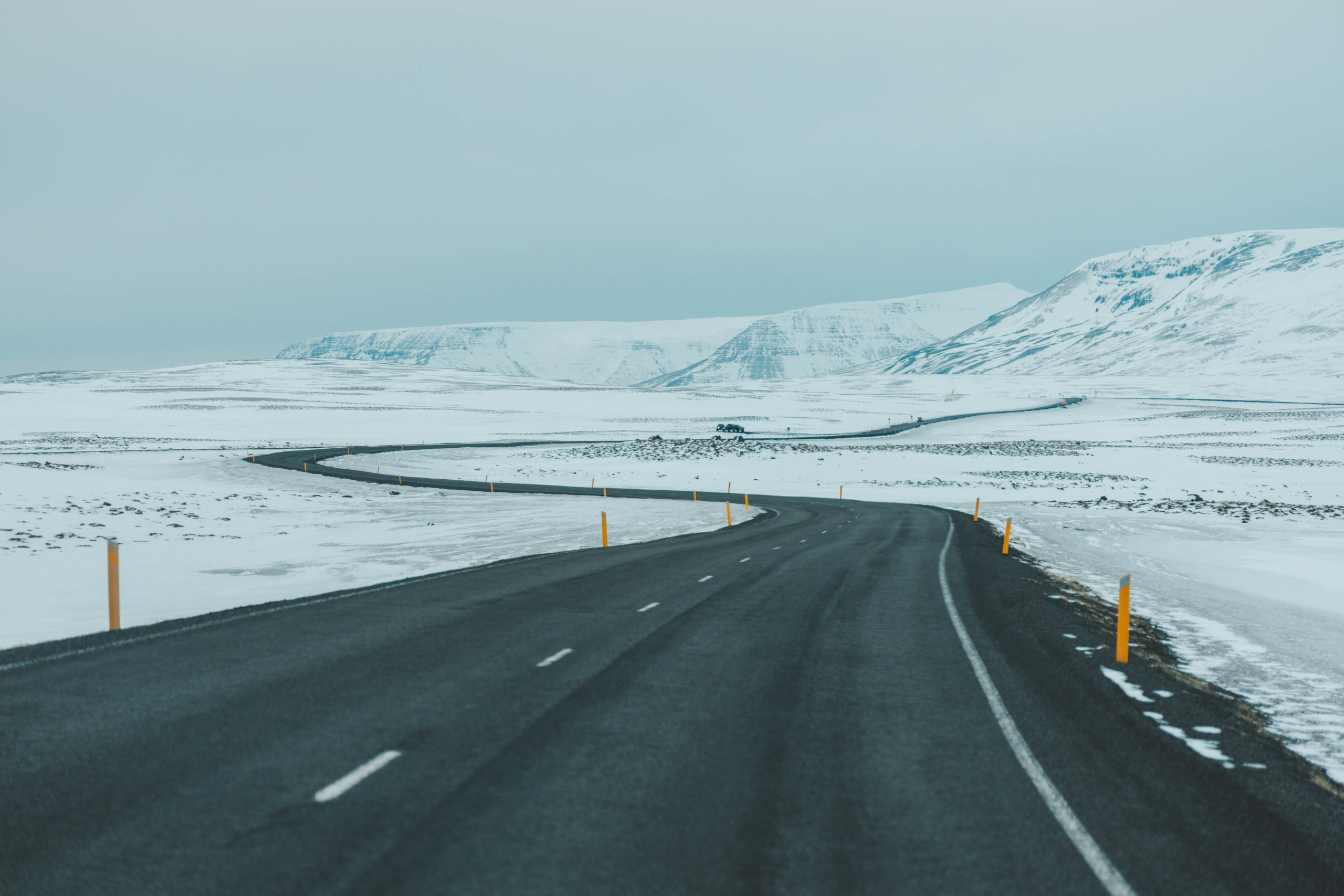
The road conditions are typically quite good for the Golden Circle, but it is always essential that you keep yourself updated with the latest weather and road conditions.
The best places to do this are www.vedur.is and www.safetravel.is Here you can find a map with the most updated conditions and any weather and travel notices.
If you are not confident driving in potentially icy or snowy conditions, there are many companies who organize guided bus tours as a safe and reliable option.
Most standard Golden Circle tours take around six hours, though if you are doing a self-drive tour you can of course choose to stay longer at the sites.
The three main stops in the Golden Circle are Þingvellir National Park, Geysir, and Gullfoss.
Before you set out on your day trip adventure, make sure that you are properly prepared.
In addition to checking the weather forecast and road conditions you should ensure that you have the proper clothing. During the winter it is better to stay on the safe side and bring sturdy hiking shoes and crampons.
Dress warmly with layers and remember to bring gloves, a hat, and a scarf. An extra pair of socks is never a bad idea in case your feet happen to get wet at one of the falls.
There are many places to stop for food and drink throughout the trip. Most places will have vegetarian and vegan options, but if you have any food sensitivities or specific dietary preferences then you should pack some snacks just in case.
For the duration of your trip in Iceland, remember that you do not need to buy bottled water. Everyone in Iceland drinks the tap water, and most places will be more than happy to help you re-fill your reusable bottle when needed. This reduces unnecessary plastic waste and helps you to save money.
Þingvellir National Park- a winter wonderland
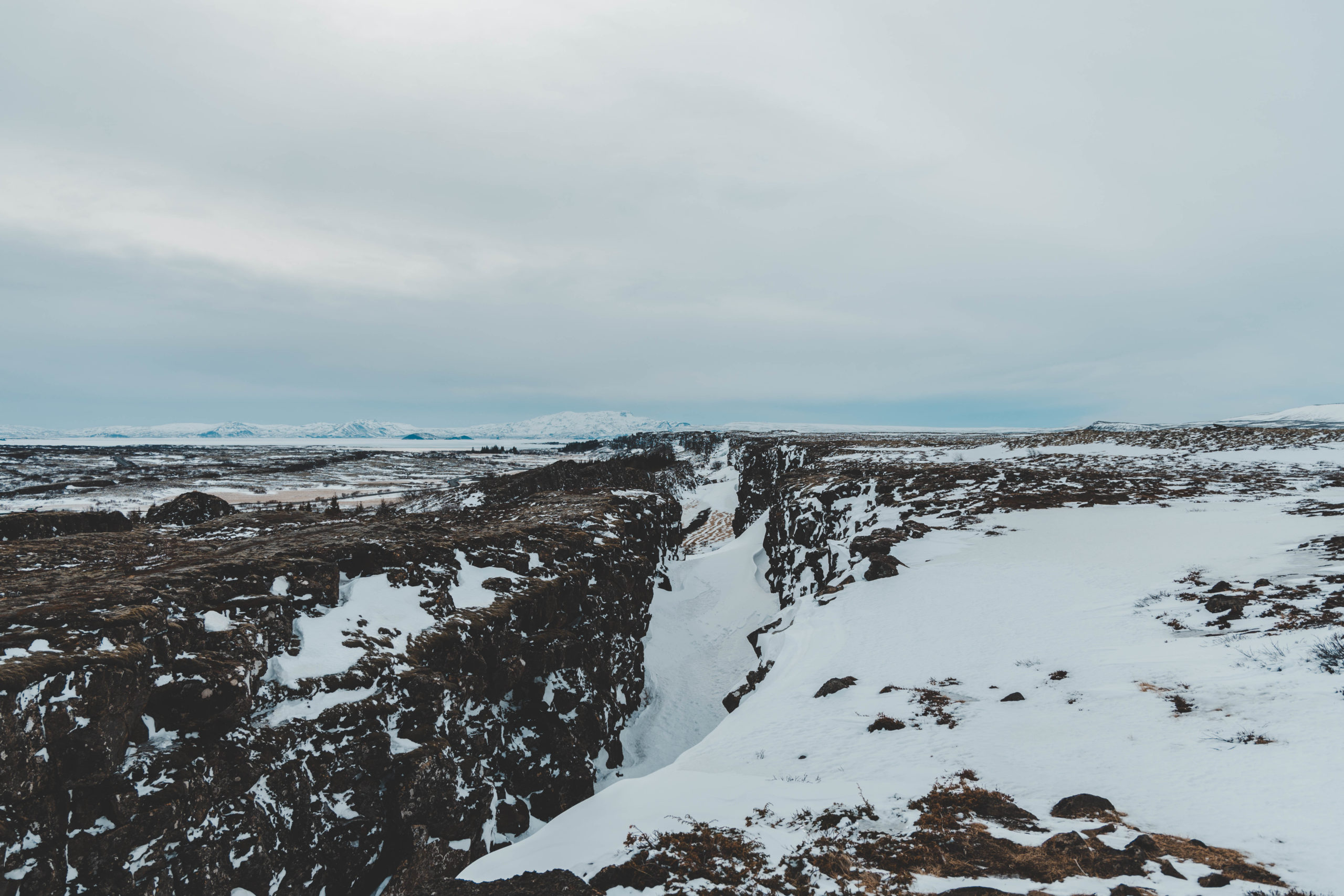
Þingvellir National Park, a UNESCO World Heritage site, is an area roughly 45 km from Reykjavík, and is your first stop.
It has important cultural, historical, and geological significance, making it a must-see location during your visit to Iceland.
Þingvellir is located in a rift valley where the North American and Eurasian tectonic plates meet, and you can walk a path between the two plates.
It is also notably the location of the founding of Iceland’s National Parliament, called the Alþingi, in 930. It served as an significant meeting place until the end of the 18th century, with the last meeting held in 1798.
There are three main parking lots at Þingvellir: one off of the main road, Þingvallavegur, and two on the lower side near the lake, off of Vallarvegur.
All three charge a small fee ranging from 750-1.000 ISK depending on the size of the vehicle.
There is a much smaller parking lot off of Þingvallavegur that is free, but it is not as regularly maintained and to get to the paved walking path you have to go down a short but steep and rocky trail that can be very icy during the winter months.
There is a Visitor’s Center off of the first parking lot on Þingvallavegur. It has an information center, a cafeteria, restrooms, and a small souvenir shop.
Another service center is located at the intersection of Þingvallavegur and Vallarvegur, which has more information on walking paths in the park.
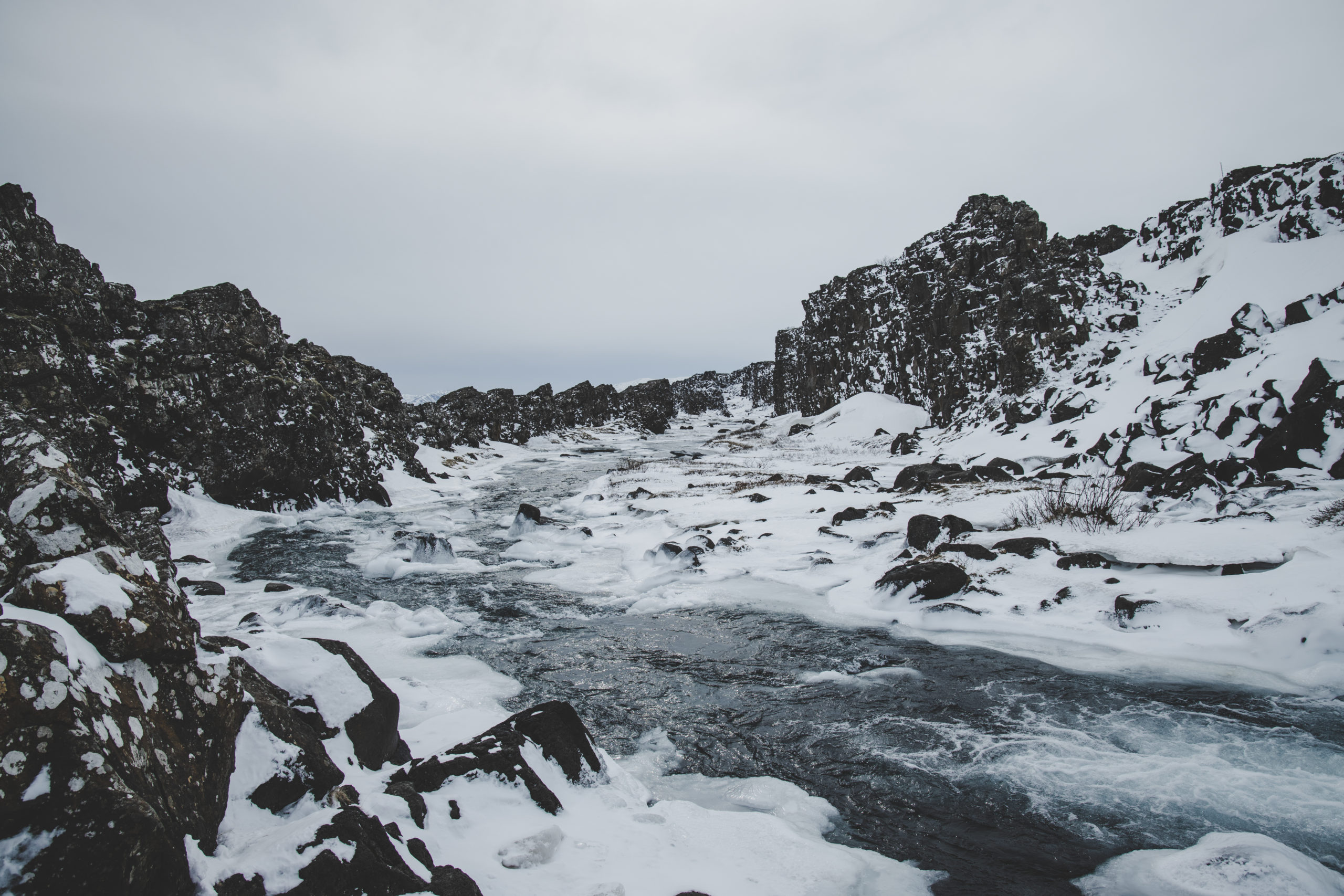
The first parking lot, located above the lake area, gives you beautiful scenic views.
During the winter months, the lake and surrounding area is often covered in snow and ice while snow-capped mountains completely surround you in the distance. It is an incredibly beautiful panorama.
You can then walk down on the footpaths into the Almannagjá fault. Walking between the plates is impressive enough, but if you follow the path you will reach a small waterfall called Öxarárfoss.
In the last few years the park has upgraded this area, so it is easily accessible and a wooden platform has been built by the waterfall. Every outdoor location can be slippery during the winter months, so watch your step and walk carefully.
Further down into the valley outside of the rift is Þingvallakirkja, one of the earliest churches in Iceland. The present church was built in 1859, but a church was constructed on the site shortly after Iceland’s conversion to Christianity in the 11th century.
The first church was built with timber and a bell donated by the Norwegian King Olaf. It continues to be an important historical site and is a frequent setting in Icelandic literature.
The church is not open on a set schedule during the winter, but guests can contact the park to see if a guided tour can be arranged ahead of time.
Geysir

Your second stop is Geysir, a geothermal area located in the Haukadalur valley.
While the original Geysir itself is not currently active, the smaller Strökkur erupts every 6-10 minutes.
Strökkur shoots streams of water up 20-40 meters high, and the water around it is hot enough to boil an egg.
Icelanders outside of the city will bake the traditional rye bread, called rúgbrauð, in the ground in geothermal areas. The process usually takes around 24 hours, though it is not currently done at Geysir where there is a lot of foot traffic.
The surrounding area also shows interesting signs of geothermal activity, with bubbling mud pits and jets of steam emerging from rocky areas that have unique coloring.
The snowy hills and landscape around Geysir and Strökkur in winter is a beautiful contrast to the colourful and active hot spring areas.
Due to the spray from the eruptions, it can be very slippery on the walking paths so please tread carefully.
There are two parking lots, both free of charge. There is also a large gift shop and cafeteria, with plenty of restrooms inside. Geysir has arguably the best gift shop out of the three main stops on the Golden Circle.
Geysir lends its name to all springs that intermittently eject hot water and steam – geysers. The ‘original’ geyser, Geysir has been a tourist attraction since the late 18th/early 19th century.
The land where Geysir lies was originally owned by a farmer. The farmer sold the land to James Craig, an Irish whiskey distiller and the future Prime Minister of Northern Ireland, in 1894. Ever the entrepreneur, he built fences around the area and charged visitors a fee to view Geysir.
One year later he gave the land to a friend who halted the fees. His nephew later sold the property to Icelandic director and businessman Sigurður Jónasson in 1935. Sigurður then donated it to the Icelandic state in the hopes that it would become a national park.
Geysir made news in recent years when, in 2014, local landowners began charging an entry fee once again. While the land that Geysir stands on is owned by the government, the surrounding area is privately owned. This was declared illegal in 2015 and remains free to visit today.
There are roughly 30 geysers of varying sizes in the area. Strökkur is the one featured in most of the photographs that you find online and in brochures, though there is another notable tiny geyser called ‘Litli Geysir’, or Little Geysir.
Earthquakes can awaken Geysir, with notable activity in 1630, 1845, and 1896. In 1910 Geysir was erupting every 30 minutes, but soon the eruptions faded away once more. In the 1980’s and 1990’s, Icelanders caused Geysir to erupt using soap to emulate earthquakes, especially for Iceland‘s National Day, June 17th.
Another earthquake in 2000 set Geysir off again, with water reaching 122 meters (roughly 400 feet) in height. The activity today is once again very low, but there is always a chance that Geysir will rise again!
PLAN YOUR JOURNEY
Travelling to Iceland?
Check our overnight tours with a driver guide that includes a one night stay in a bubble.
*Starting from ISK 59.900 per person
Gullfoss- frozen falls
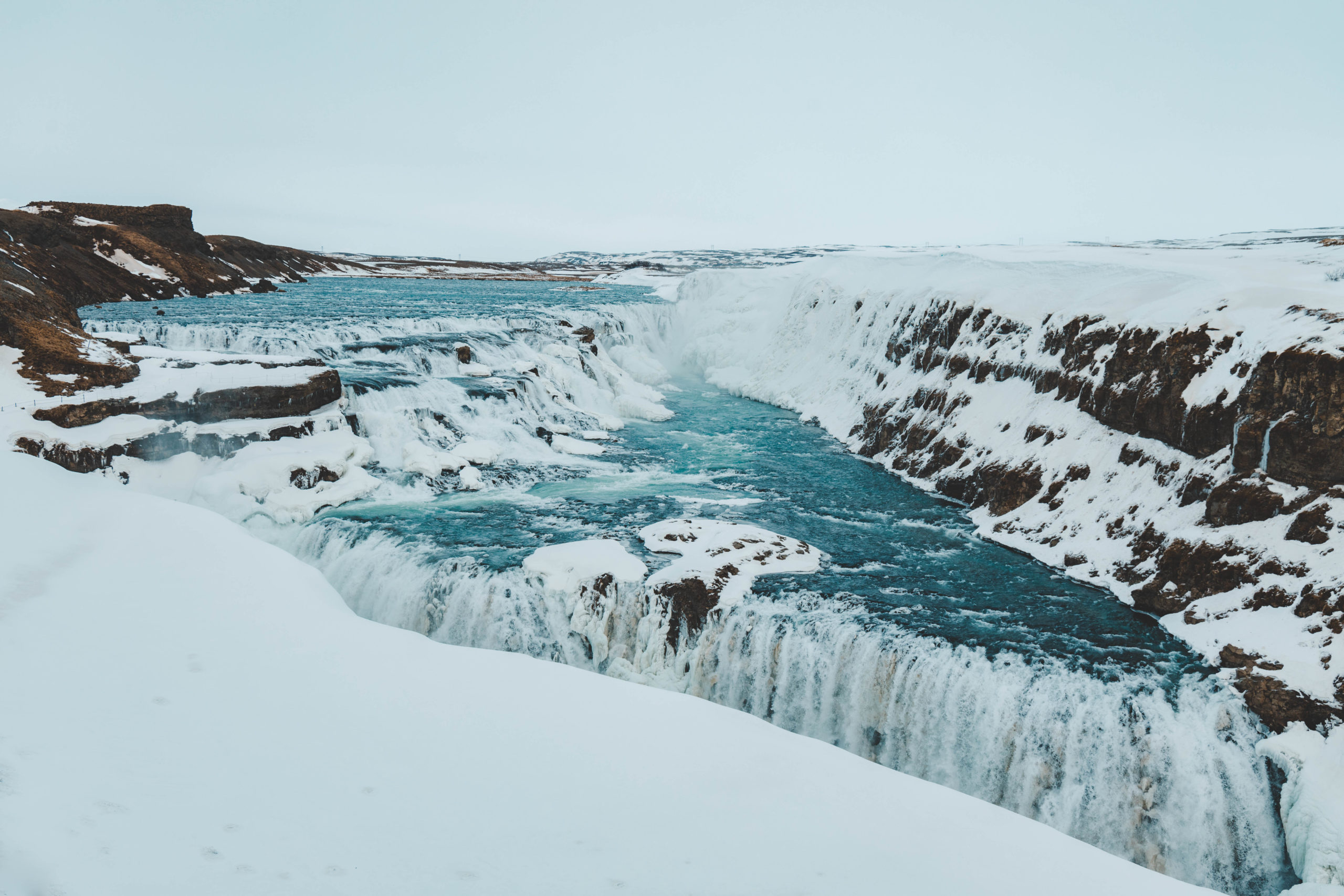
Finally, the last stop on the Golden Circle is Gullfoss, one of Iceland’s most famous waterfalls.
Gullfoss is spectacularly beautiful in the winter with the low winter sun reflecting off of the snow and ice that cover the surrounding canyon.
Many would argue that Gullfoss especially is its most beautiful during the winter months. The meaning of Gullfoss is ‘golden falls’, likely due to the golden hue that the sun casts on the spray from the falls.
In good conditions a rainbow can often be seen above the waterfall.
Much work has recently been done to improve the walking paths, but it is good to be careful and watch your step for potential icy patches at all of the locations.
There are upper and lower parking lots with walking paths that lead to the same location, but with different views.
Gullfoss, like nearly every major attraction in Iceland, has well-marked walking paths with signs saying which areas are off-limit. Please respect these areas – this is both for your safety, especially during winter, and to protect the surrounding nature and environment.
As Iceland happily welcomes an increase of tourists, we must all be responsible to ensure that these areas remain free and well-maintained for generations to come.
The waterfall is located along the Hvítá river and has two main drops – the first is roughly 11 meters, and the second 21 meters. During the summer months the water flows at an average pace of 141 cubic meters/second, and during the winter the average is around 80 cubic meters/second.
No matter what time of year you visit, hearing the powerful roar of the waterfall is massively impressive and makes you aware of how powerful the falls are.
One of the more unique aspects of this waterfall is that most of the main viewing points are from the top of the falls instead of from the bottom.
Other walking paths are located around the area, but can be closed off depending on the weather (snow, rain, or ice) or trail quality.
As a final precaution, it is recommended to bring crampons during the winter months if you plan on getting close to the falls.
Gullfoss is now one of the top three visited natural locations in Iceland, but just over 100 years ago it almost became the location of a dam for hydroelectric power. Both foreign and Icelandic investors expressed interest in the project.
Perhaps the most famous story surrounding Gullfoss is that of its protector, Sigríður Tómasdóttir. Born in Brattholt, a farming area around Gullfoss, Sigríður and her siblings grew up around the river and falls. It is said that they acted as tour guides for some of the many people who journeyed to see Gullfoss.
In the very beginning of the 1900’s Sigríður’s father and other landowners agreed to allow a hydroelectric dam to be built, which would have submerged Gullfoss. Sigríður was understandably upset, and this is where her journey begins.
Sigríður worked for years to save Gullfoss. She made many journeys to Reykjavík, 120 km away, either by horse or on on foot.
She staged protests, filed formal legal complaints, met with government officials, and is rumoured to have threatened to throw herself into the river. Her claims did not hold up from a legal standpoint in court but she gained great public attention and support.
The contracts were later cancelled and the hydroelectric dam was never built. Gullfoss and the surrounding area was sold to the Icelandic government and granted formal protection in the form of permanent conservation in 1979.
You can see a sculpture of Sigríður nearby the waterfall during your visit.
Thanks to Sigríður and the Icelandic government, visitors can continue to enjoy Gullfoss for free.
The visitor’s center at Gullfoss has restrooms, a gift shop, and a restaurant with views overlooking the falls. Their hours are usually from 9:30-18:30, though they may change due to holidays or weather.
Access to the waterfall is free of charge and the parking area and walking path are open 24/7. There are public restrooms at Gullfoss, but you need to pay a small fee to use them. If you have purchased something from the restaurant then you are welcome to use the restroom inside for free.
Next stop...
In addition to these classic Golden Circle stops, there are many other wonderful places to stop along the way depending on your interests and time frame.
The main road for the Golden Circle has many different vista points where you can stop to take photographs and admire the scenery. There are also other smaller waterfalls, craters, and local companies to visit.
Often included in extended Golden Circle tours, Kerið is a 3000-year-old volcanic crater lake located in the Grímsnes region.
During the winter months, the red volcanic rock is often dusted with snow and the lake partially frozen over. It has a completely different landscape than the summer months, giving you a unique perspective that most visitors to Iceland will miss.
It is an easy addition to your self-drive tour as it is just off of highway 35. There is a small car park and in recent years, a modest fee has been charged to help the landowners maintain the area and walking path due to increased interest from visitors.
Faxi Waterfall is another simple and straightforward addition to your self-drive tour. Just 12 kilometres from Geysir and Gullfoss, it is easily accessible year-round.
At 80 meters wide and seven meters high, it is sometimes called a miniature Gullfoss. You can also get much closer to this waterfall than you can to Gullfoss, and there are fantastic photo opportunities from upper and lower levels.
Ways to warm up
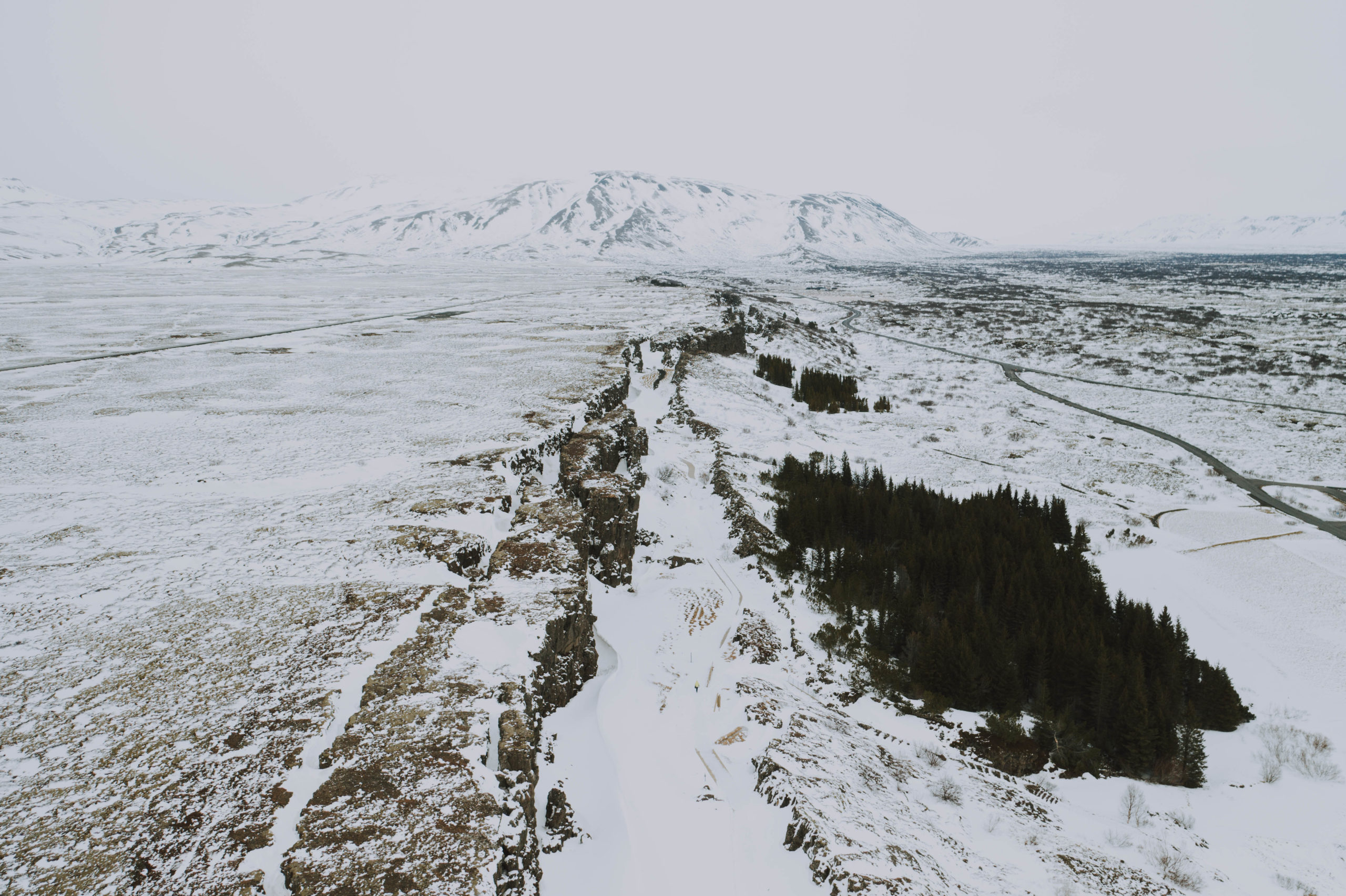
The Friðheimar Greenhouse may also be of interest to some visitors. The greenhouses are often included in longer Golden Circle tours, and it is an excellent place to stop for lunch.
Friðheimar is famous for their locally grown tomatoes and cucumbers. You can take a tour to see how they grow produce using geothermal water, hydroelectricity, and the help of bees.
The tours must be booked in advance, but even if you do not tour it is a very cosy and interesting stop. They are able to grow produce year-round and their restaurant is open from 12:00-16:00 every day.
You can try the delicious tomato soup, tomato beer, and even tomato ice cream! Their restaurant is located inside the main greenhouse, so you can step in to warm up and relax in a unique setting while snow gently falls outside.
Efstidalur farm is located right in the middle of the Golden Circle, and is family owned and operated. These experienced dairy farmers have been living on the property for 7 generations.
Originally, they were exclusively dairy farmers, but in 2002 began expanding alongside Icelandic tourism. They offer a variety of milk products, notably their own ice cream.
You can stop by the farm to see how an Icelandic dairy farm operates, say hello to the many farm animals including cows, horses, chickens, dogs, cats, and a pig, and get a taste of extremely fresh and delicious Icelandic ice cream.
Ice cream is a popular treat for Icelanders year-round, so enjoying an ice cream cone while it is snowing outside is really a traditional Icelandic experience.
Laugarvatn Fontana Spa is another great addition to your Golden Circle tour to help you wind down after a day of exploring.
Located in the small town of Laugarvatn just off a large lake, these warm baths offer a relaxing soak in the natural geothermal waters. You can also visit the steam room or jump straight in the icy lake for a refreshing shock!
They are open year-round, though their winter hours can vary. They recommend booking a day in advance on their website, www.fontana.is/en.
This is a quiet, small, and lesser-known geothermal pool with beautiful views across the lake and the mountains that surround it.
You can also try your luck at seeing the Northern Lights from this location – seeing the lights while in a hot pot with a drink in your hand is a wonderful way to end the day.
The magic of Icelandic winter
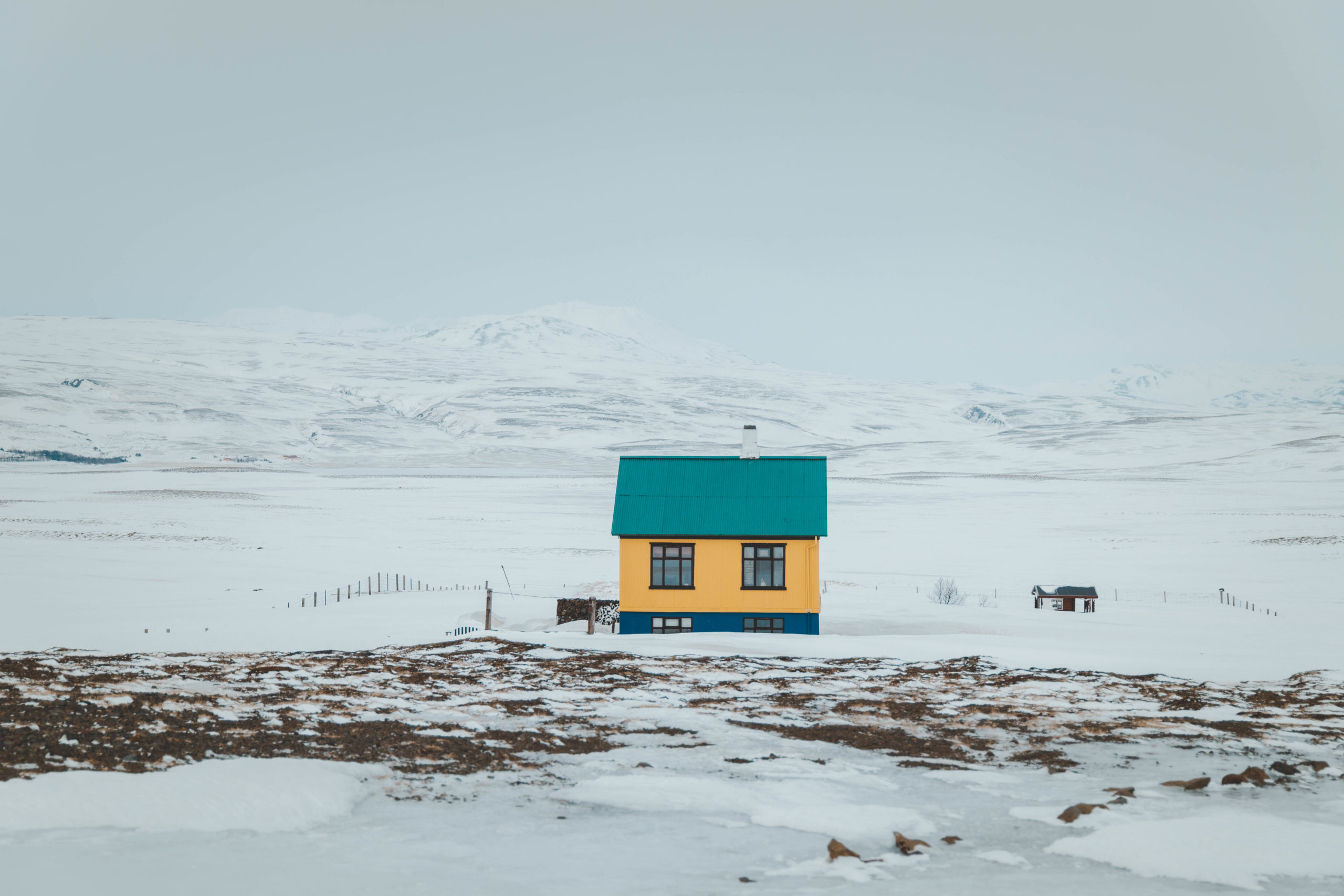
It is important to remember that Iceland has shortened daylight hours in winter, so plan your trip accordingly to allow daylight at each location. Depending on what time you head back to your accommodation, you may get lucky and see the Northern Lights.
The best months to view the lights in Iceland are from the end of August to mid-April, and if conditions are right, being out of the city gives you the best chance to catch them.
The most important thing to look for when searching for the auroras are clear skies. The activity scale can also be a helpful indicator of which nights will have the most activity, but you still need to be lucky and in the right place at the right time.
There are many websites to help you stay up-to-date with the northern lights forecast, with the best local one being www.en.vedur.is.
With some luck, you will be able to end a fantastic Golden Circle day tour watching the aurora borealis dance above a winter wonderland.
White gold- final tips..

So remember our key tips before you take on the most famous route in Iceland:
- Always check the road conditions and weather
- Layer up in appropriate winter clothing
- And keep your eyes on the skies after dark!
We hope that this information allows you to plan your ideal Golden Circle trip during your stay in Iceland, and The Five Million Star Hotel may just be the perfect place to rest your head after your adventures.
Winter on the island can be cold, windy, and absolutely stunning. You will see and experience winter in an entirely new way, with plenty of stops to photograph your journey. Stay safe and enjoy!
PLAN YOUR JOURNEY
Travelling to Iceland?
Check our overnight tours with a driver guide that includes a one night stay in a bubble.
*Starting from ISK 59.900 per person
Where to stay in Iceland?
Where to stay in Iceland?
By Ian McDonald
A multitude of amazing locations. 1 country, with 1000 awe-inspiring places to rest your head
Where to stay in Iceland?
By Ian McDonald
A multitude of amazing locations. 1 country, with 1000 awe-inspiring places to rest your head
You’ve got your confirmation email, your flights to Iceland have been booked! GREAT! Maybe it is your first trip to the land of fire and ice, or maybe you’re a regular visitor, but whatever the case may be you will need to find a place to rest your head. The question is…..where to stay in Iceland?
At first glance it might seem easiest to stay in or around Reykjavik, it is close to the Airport after all, and a good base to explore around the wider island. It is however, far from the only option!
It’s not just the Golden Circle! Iceland is a compact country with a big heart and much to see. There truly is something for everybody; whether you are looking for a camping adventure in the wilds or just relaxing in natural hot springs and enjoying the spectacular scenery. With that in mind we will break this article into north/south/east/west and highlight the differences in each location and what you can expect from your stay in Iceland!
Where to stay on... the Reykjanes peninsula
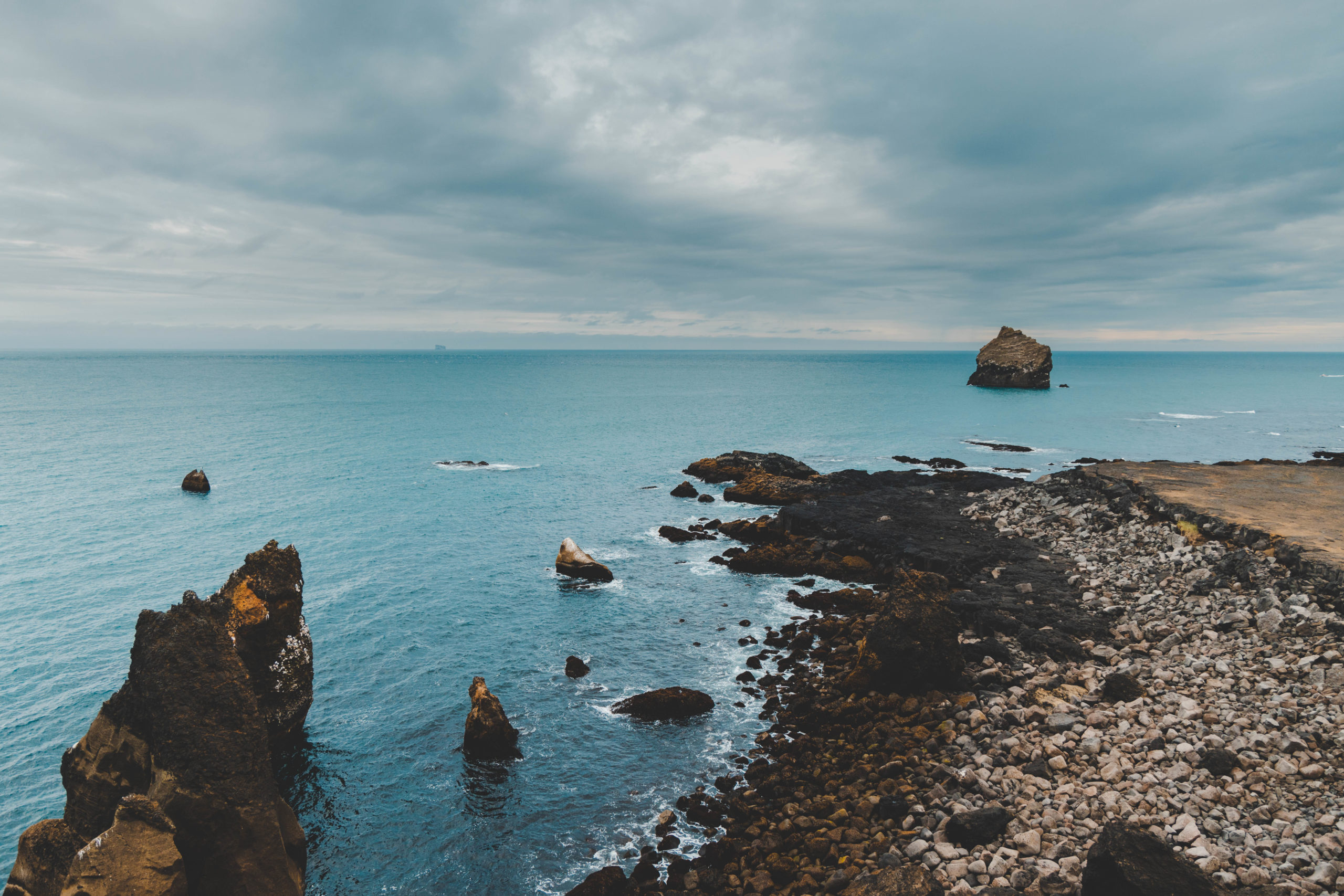
I would first like to give a shout out to the Reykjanes peninsula, as I feel that it ranks as one of the most unappreciated areas of Iceland. This is a huge shame as it contains some truly hidden gems just a short way from the airport and the city of Reykjavik.
Broadly speaking, the Reykjanes peninsula stretches all the way from Keflavik airport to the outskirts of Reykjavik.
For a lot of people, their experience of Reykjanes doesn’t go much further than the view from the coach window on their way into town or to the blue lagoon (more on that later). However, there are several small towns along the peninsula which are worth thinking about staying in depending on your itinerary and budget.
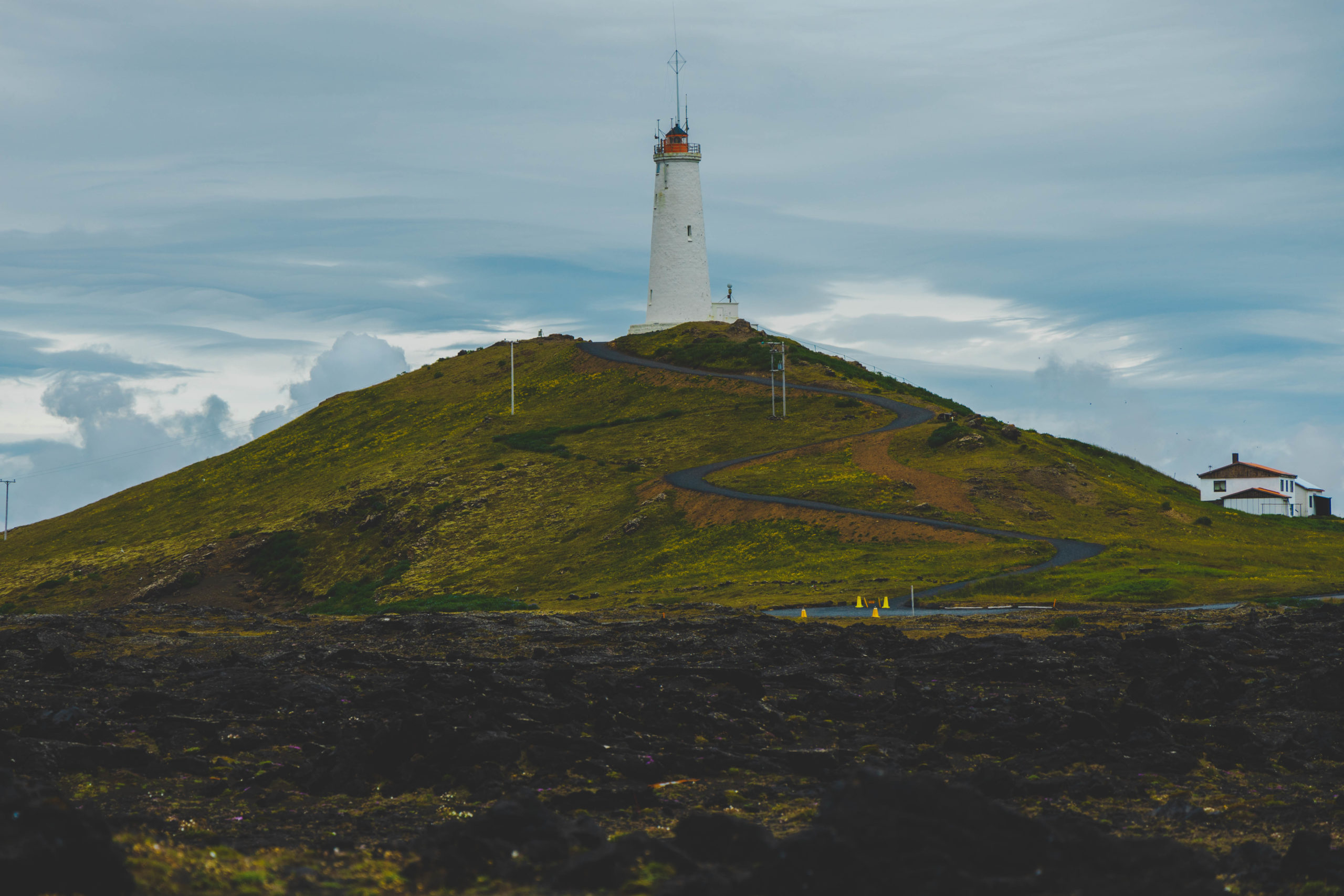
In the town of Keflavik itself, there are a number of places to stay within minutes of the airport. These range from budget hostels all the way up to 5 star luxury hotels, which makes this an ideal place to stay if you are visiting Iceland for a long weekend or are on a short layover between flights. Buses regularly travel between Keflavik and Reykjavik, and the entire peninsula is easily accessible by car.
One of the newest and most popular places to stay in Reykjanes is the hotel at the Blue Lagoon. The construction of the hotel has only recently been completed, and given that the Blue Lagoon itself is repeatedly listed as one of the “must visit” places in the world, staying there is certainly worth considering, even though it is more on the pricey side when compared to other hotels.
Where to stay in... Reykjavik

There is a lot to talk about with regards to where to stay in Reykjavik. It is truly a varied city with options (depending on the season) from campsites in and around town, all the way up to 5 star luxury hotels and everything in between.
From my own experience, I have spent a lot of time in hostels as opposed to higher priced hotels, and Reykjavik has more than its fair share.
I find that this is a good way to meet fellow travellers, to be close enough to downtown that your bed is only a tipsy stagger away, and none of the hostels will break the bank.
www.hostelworld.com is a great site which can be used to find a place to stay, allowing you can tailor the searches to find exactly what you might be looking for.
Another option is to book a place to stay through www.airbnb.com. There are a huge number of places available throughout the city if you feel like having that “home away from home” experience.
Where to stay on...the south coast
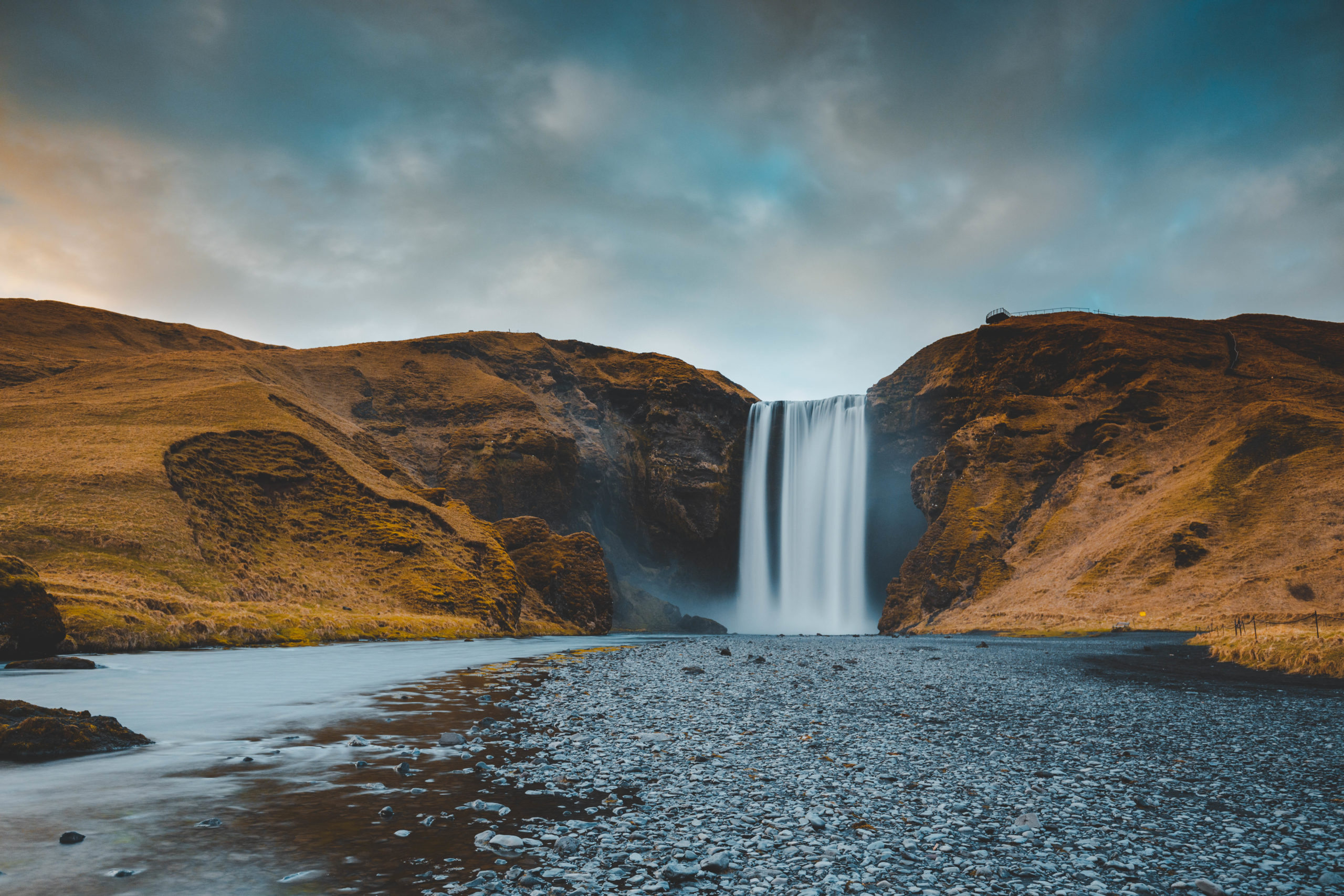
After Reykjavik and the Golden Circle, the second most popular place in Iceland to visit is the south coast.
You will find some of the most recognizable landmarks such as the Seljalandsfoss and Skogafoss waterfalls, the black sand beach at Reynisfjara and of course the stunning Jökulsárlón glacier lagoon.
Most people visiting Iceland will usually spend a day visiting these landmarks as part of a guided tour before heading back to stay in Reykjavik.
This is far from the best way to see the south coast in my experience, especially if you have access to your own transport. (a hired car, public transport etc.)
The south coast is dotted with a myriad of new hotels and small towns which are all beautiful and unique.
Worth checking out are the hotel Kria, which is located in the town of Vik.
You could even stay at one of two locations of The 5 Million Star Hotel where our Bubbles offer you the perfect romantic getaway under the northern lights or midnight sun.
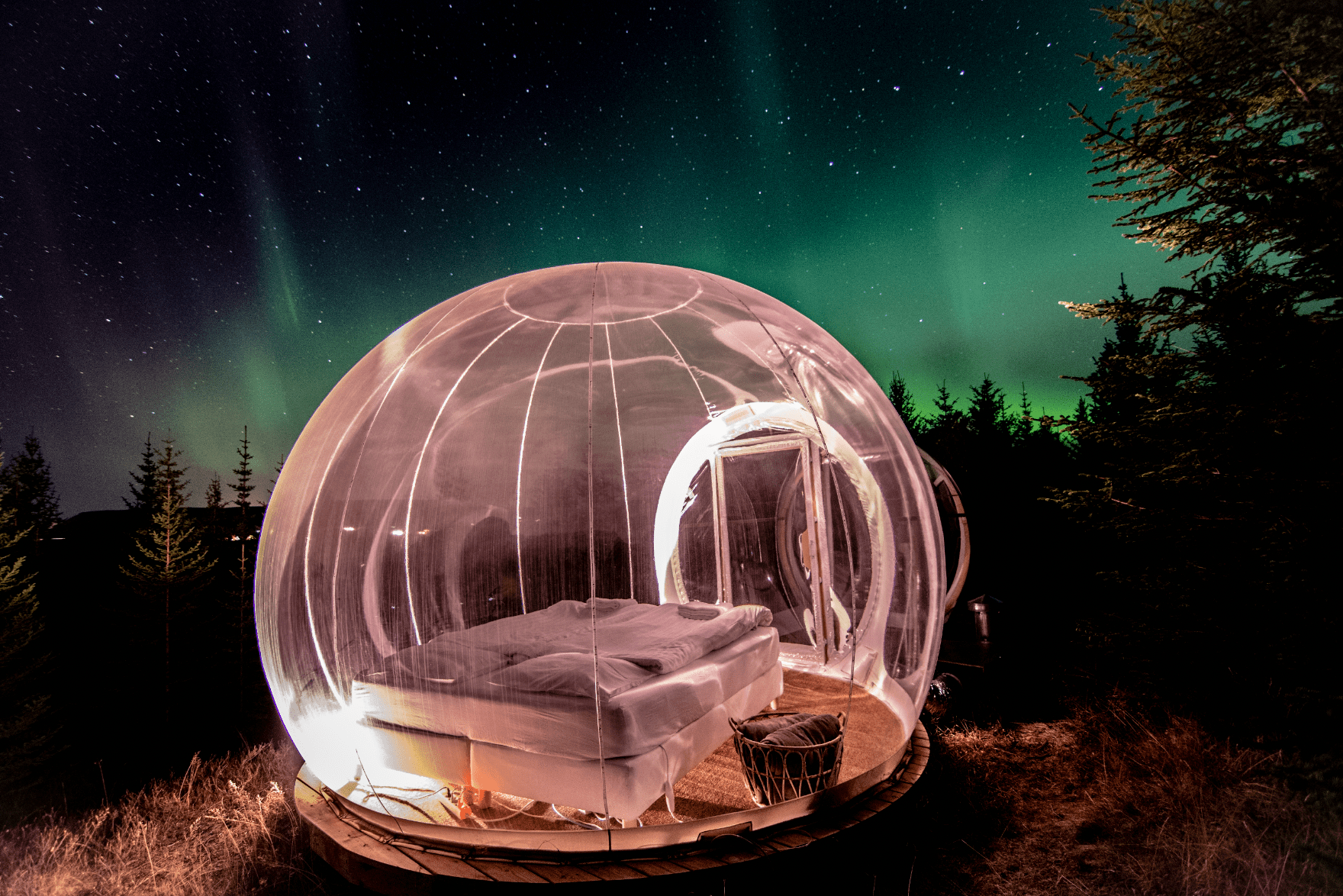
A short ferry trip from the southern coast of Iceland lie the Westmann islands.
This is the home to flocks of migrating puffins (depending on the season) and some truly spectacular walking paths which look out over the North Atlantic ocean.
In the harbour you will also find the Sea life whale sanctuary, which is the home to two rescued Beluga whales and a museum dedicated to conservation efforts and the island in general.
The ferry to the Westmann islands leaves daily, and takes around 30 minutes to make the trip, so there is no reason not to hop over if you have the time!
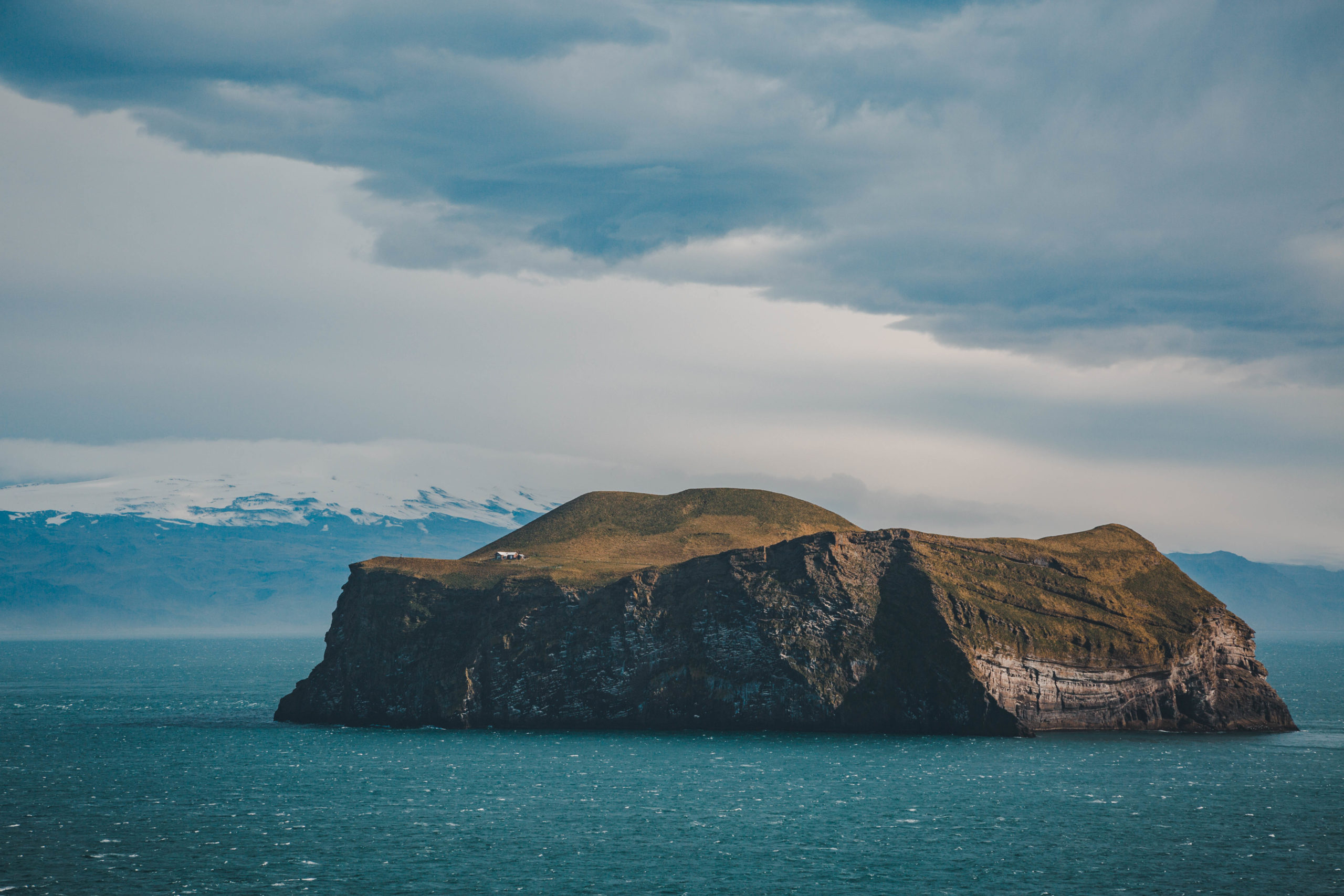
The town of Vik is a 3 hour drive from Reykjavik, and is located fairly centrally along the south coast. Because of this, it can act as a very useful place to stay in order to break up a longer drive east (perhaps to Jökulsárlón or the East Fjords). A lot of people choose to stay overnight in the town itself before heading back to Reykjavik or continuing further.
One of the biggest draws to this town is the black sand beach at Reynisfjara. This has become one of the most recognisable places in Iceland in recent times, both because of its sheer dramatic beauty as the huge waves crash over basalt columns, and due to the fact that this area has featured in dozens of movies and music videos.
Driving around one hour further east from Jökulsárlón, you will find yourself in the town of Hofn. This is one of the biggest towns in the region, and that makes it the perfect place to stay whilst exploring the south coast or before continuing further along the ring road.
It is also famous for its lobster festival which is held every summer, so make sure to check the dates if you are there around June/July!
For photographers (or anybody who with an eye for a view), this area is also home to some of the most spectacular and iconic places to visit.
Looming over the town is the mountain of Vestrahorn, which has some amazing walking trails and views over the nearby Vatnajokull glacier which are not to be missed!
PLAN YOUR JOURNEY
Travelling to Iceland?
Check our overnight tours with a driver guide that includes a one night stay in a bubble.
*Starting from ISK 59.900 per person
Where to stay in...the highlands
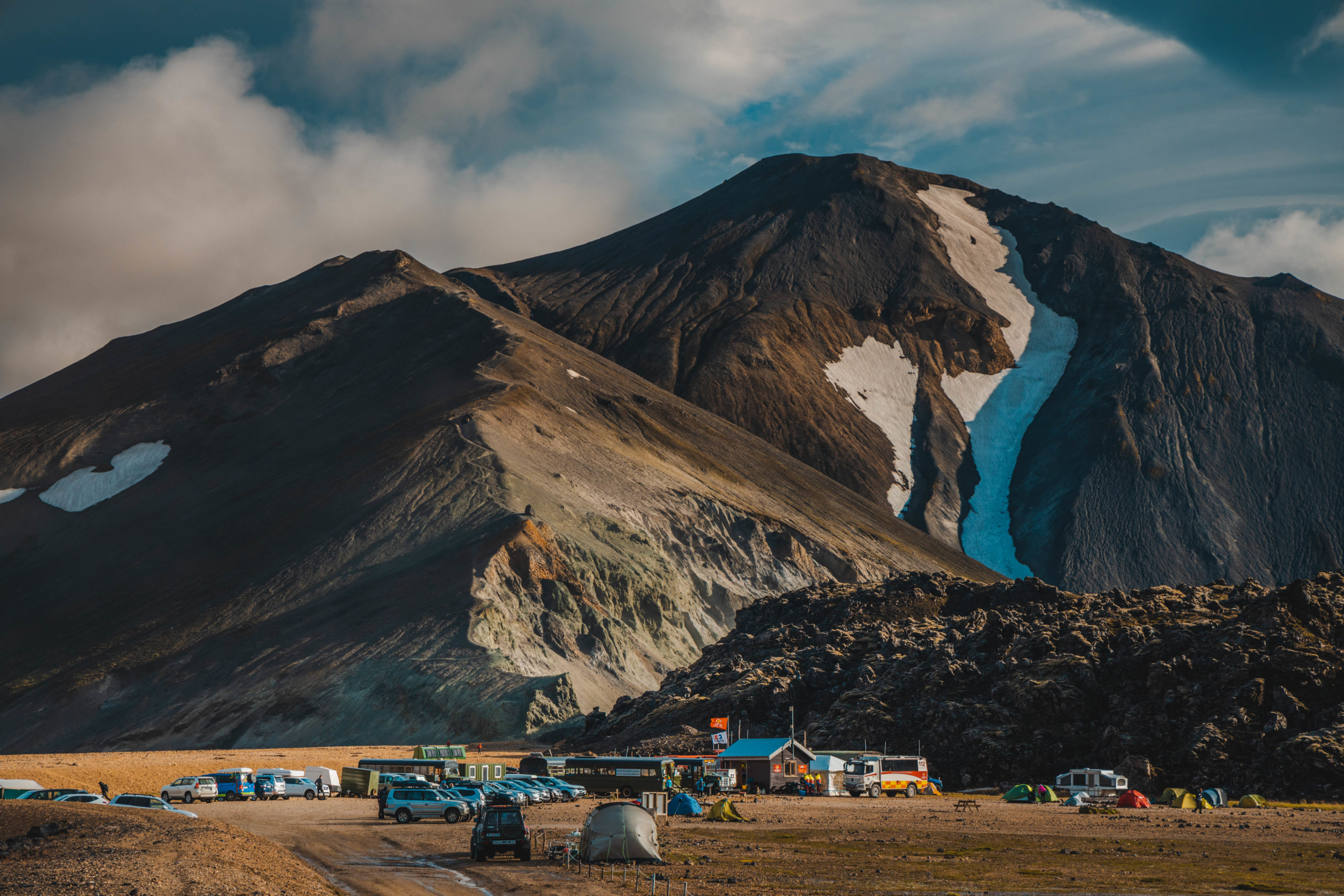
I could not talk about the south coast without mentioning one of the most challenging but unforgettable places to visit. The Laugarvegur trail stretches around 55km across the highlands, heading southwards until ending in the stunning area of Thorsmork.
To complete this takes around 4 days, so preparation is essential and should only be attempted by those with a decent level of fitness.
There are campsites along the trail, but also it is possible to stay inside shared dormitories along the way (it is always worth booking these in advance as they do fill up).
The trail begins in the highlands at Landmannalaugar and is only accessible in the summertime via coach or specialised 4×4 as it involves several river crossings.
In Thorsmork itself, you will find a green and verdant paradise surrounded on all sides by mountains and glaciers. Staying in this area gives a lot of options depending on time and budget.
There are numerous campsites dotted around, all with good facilities and sheltered from bad weather, and even the option of staying in a “glamping” tent! (A perfect relief after finishing a long hike)
Where to stay in...east Iceland
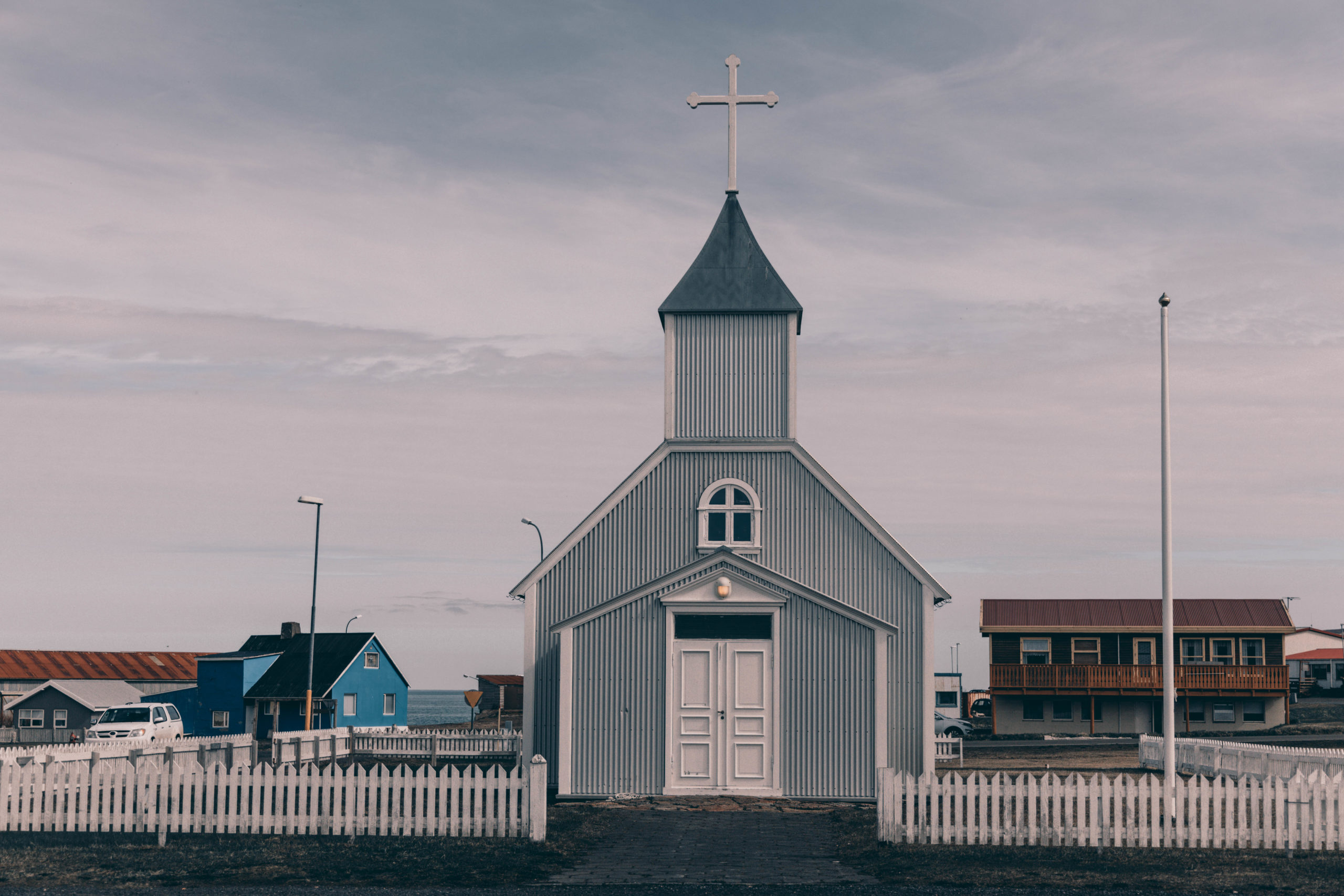
The east of Iceland is a long trip to reach, but absolutely worth it. Here you will find some of the most stunning scenery and picturesque towns in the country.
Reaching the east can be time consuming, as driving can take at least 5 hours depending on if you take the north or south route.
If you don’t feel like a long drive however, there are daily flights from the domestic airport in Reykjavik all the way to the town of Egilsstadir which take less than an hour. The town itself is a great place to stay if you’re looking for a base whilst exploring the surrounding area.
It is pretty central to the other major towns which are dotted around the East Fjords and a short drive to the town of Seydisfjordur, which is where the ferries dock from Denmark and the Faroe islands.
Driving south from Egilstadir, you will reach the town of Dupivogur, which is home to both a strange series of giant egg statues along the harbour, and one of my most memorable encounters since I arrived in Iceland.
Just to the side of the road at the harbours edge lives a man called Villi. He makes a living by collecting driftwood from the beaches and turning it into art. His house is full of hundreds of these beautiful objects, and after accidentally stumbling upon his workshop/store I ended up getting lost in conversation with him for several hours! He is a fascinating person, and just to meet him is worth the drive to Dupivogur itself.
Where to stay in...the North
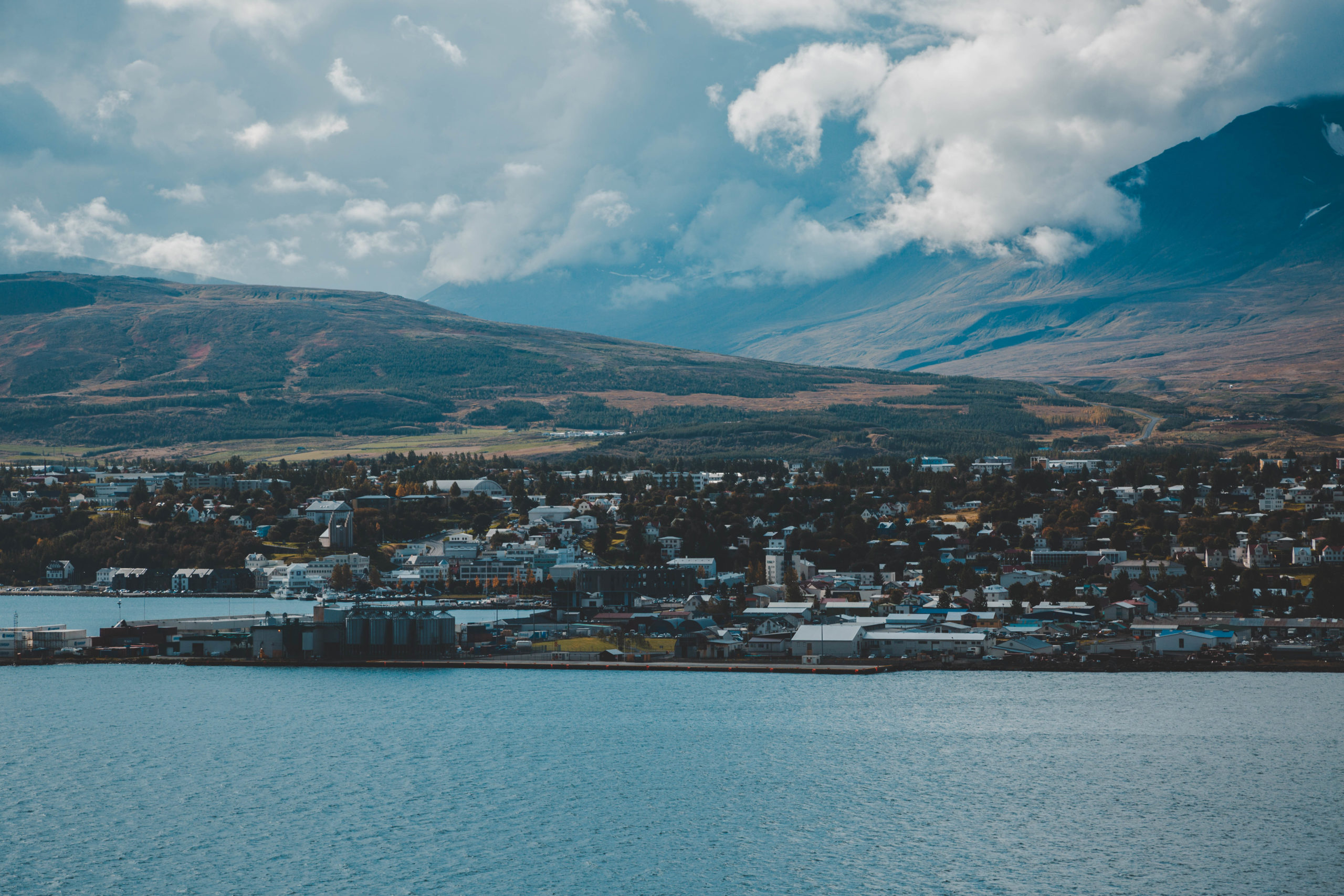
The north of Iceland is where you will find Akureyri, Iceland’s second biggest city. It is a small city by most standards, but still feels very lively and bustling, especially in the height of summer.
Akureyri is approximately a 6 hour drive from Reykjavik along the ring road, but flights also travel daily from Reykjavik domestic airport. Due to the small size and relative isolation, it is the perfect place to visit for anyone who wants to feel close to nature, as you can easily be out in the countryside within a few short minutes of driving.
Some of the most scenic camping in Iceland can also be found a short drive away from town in the beautiful forest of Vaklaskogur, which is Iceland’s second largest forested area.
Approximately one hours drive north of Akureyri is the town of Husavik, which recently garnered attention as the setting of the latest Will Ferrell movie about an aspiring Eurovision song contest act (There is now even a “Ja Ja ding dong” bar located in Husavik!)
Besides this, Husavik has always been a popular place to visit due to the fact that it is one of the best places in Iceland to participate in a whale watching tour, and there is also a fascinating whale museum in the town.
Where to stay in...the Westfjords
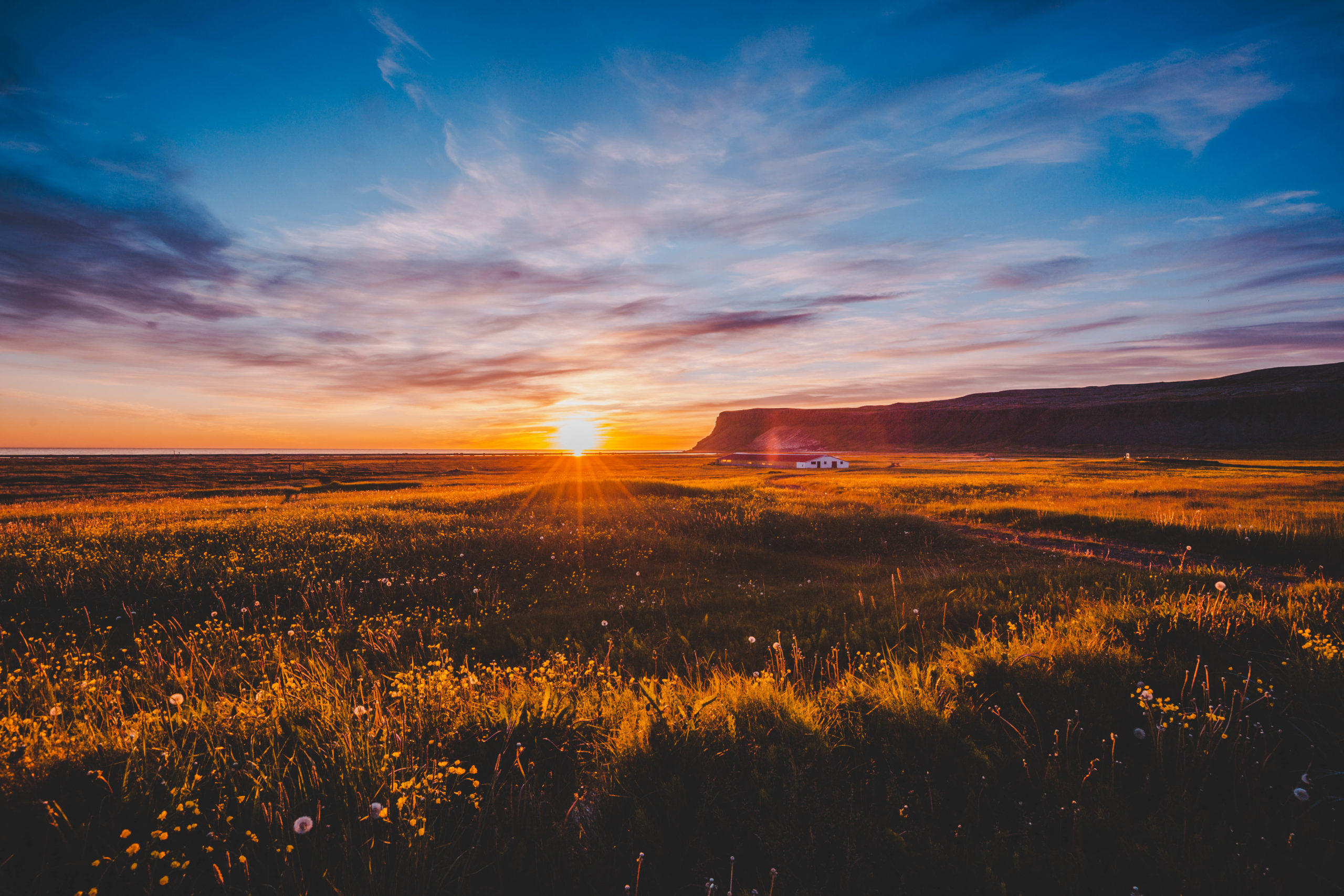
Jutting out of the north west corner of Iceland is the distinctive mass of the Westfjords.
This area is (in my opinion) somewhere that everybody who visits Iceland should try to see if time and weather are forgiving. The landscape is unforgettably dramatic, it has the feel of a real untamed wilderness, and it is one of the best places to see puffins up close and personal!
A trip to the Westfjords is not something that should just be done on a whim or without preparation. Driving takes around 5 hours from Reykjavik and can only be done in the summertime, as winter will leave a lot of the roads in and around the fjords inaccessible.
In addition to this, at least 1-2 days should be set aside for exploring the fjords themselves, it is a massive area with a lot of distance between towns (and gas stations!)
But for those who do make the trip, I would highly recommend stopping for the night in Isafjordur. It is the largest town in the Westfjords and a good place to pick up supplies and from which to explore the wider area.
From Isafjordur it is a few hours driving to two of my favourite places in the entire country, the spectacular waterfall of Dynjandi, and the sea bird cliffs at Latrabjarg.
The latter can be found on the south coast of the fjords, but it is worth bearing in mind that the closest gas station is an hours drive away in the town of Patreksfjordur, so make sure you top up the gas tank if you need to!
If you decide to make the drive however, in summer you will likely be greeted by the hundreds upon hundreds of puffins and other sea birds who make their nests on the immense cliffs, and a short walk along the cliffside path will take you within feet of many species of amazing birds, who are more than content to sit patiently whilst people snap photos!
Where to stay on... the Snaefellsness peninsula
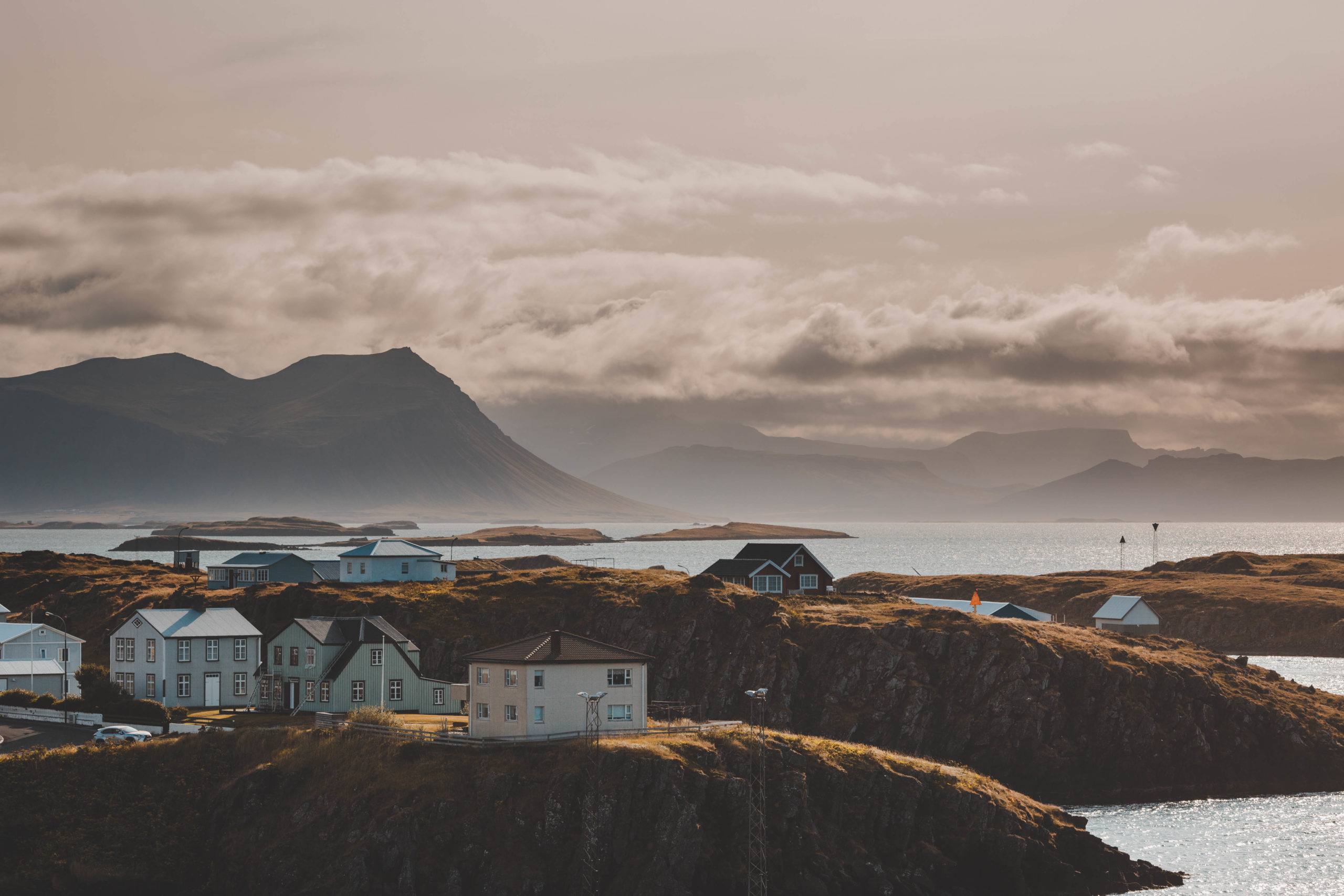
A little way north of Reyjkavik lies the Snaefellsness peninsula.
Driving there from Reykjavik takes around 3 hours, and the entire peninsula can be driven around in a day, which makes it a perfect short trip for anybody with a day or more to fill, and truly stunning if the weather is good.
There are not as many towns and villages along Snaefellsness as in other areas of Iceland, but all of them are situated along the main road and so make for perfect places to stop whilst on a day or overnight trip.
In particular, the towns of Stykkisholmur and Grundarfjordur should be on every “to see” list.
Stykkisholmur is a busy little harbor town, and super picturesque! It also has one of the most unusual looking churches at Stykkisholmkirkja.
In addition, it is the home of one of the finest fish restaurants I have visited, called Sjavarpakkhusid. It is based right next to the docks and their produce is always as fresh and delicious as anyone could hope for!
And for anybody with an adventurous palette, a trip to Snaefellsness should not be without a visit to the shark museum at Bjarnahofn. Located on the northern coast, this museum offers a fascinating glimpse into the history of fishing in Iceland, and is one of the few remaining places which still makes Hakarl (traditional Icelandic “rotten shark”)
Where to stay... in Iceland?
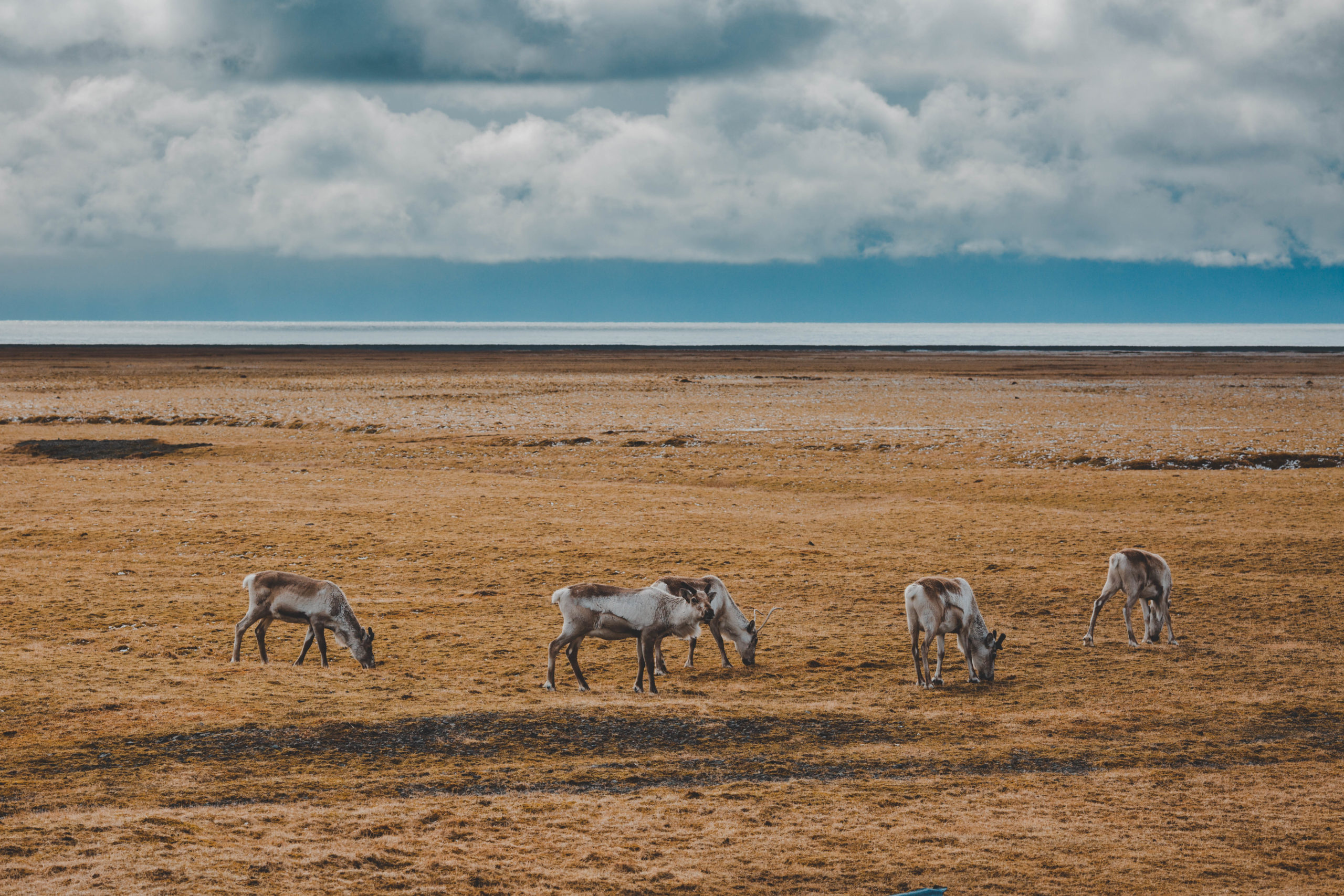
It really doesn’t matter which part of the country you decide to stay in; with such a range of options, places to stay and incredible natural wonders, you might need more than one trip around our breath-taking island.
One thing is for sure- with so much to see, you certainly won’t want to stay put in just one place and you may want to stay with us a little longer!
PLAN YOUR JOURNEY
Travelling to Iceland?
Check our overnight tours with a driver guide that includes a one night stay in a bubble.
*Starting from ISK 59.900 per person
Is Iceland expensive?
Is Iceland Expensive?
By Kimi Tayler
You just have to know! How to hack holidaying in one of the most expensive countries in the world
Is Iceland Expensive?
When in conversation about what it’s like to live in Iceland, I have to remind my loved ones that whilst every day can seem like an adventure, I am also in my thirties and cannot afford to buy cheese! There are many things as a foreigner negotiating the culture here that are met with the phrase ‘you just have to know’, and this includes surviving the financial pitfalls.
Is Iceland expensive? The simple answer is yes. According to a report from the CEOWORLD magazine, as of February 2020, Iceland is the third most expensive country in the world after first place Switzerland and second to Norway. With the cost of living in Iceland 24.41% higher than in United States, you may be questioning whether you should book your dream holiday to the land of fire and ice.
But fret not! There are ways to make the most of your hard earned holiday money. So here is a helpful guide to some of the things ‘you just have to know’ about cutting costs so you can splash out where it matters during your adventure of a lifetime in Iceland.
Currency and basic budgeting

Given the small population size of little more than 360,000, it may come as a surprise that Iceland maintains its own currency, the krona.
It is worth noting that most places you will be travelling, even in the countryside, support credit and debit cards, so it is worth coming with as little cash as you can. Do not attempt to pay with dollars and euros in shops, cafes and restaurants, as other currencies are not accepted. Whilst undeniably useful to carry a little paper money for emergencies, it is worth noting that the krona is a currency that holds little value outside of Iceland. It can be hard to get hold of before travelling, and even harder to exchange once you leave. So pay plastic or Apple Pay where you can.
In recent years cheaper flights and layovers to Iceland between Europe and the USA have opened up exciting opportunities for travellers to explore this wonderfully eccentric little Nordic paradise. The surprisingly low cost of getting here can however lull some travellers into the trap of booking trips without considering the expense until arrival.
As the Nordic nations have become popular destinations for their cool style, cosy culture and reputation for happiness, they have also become known as being expensive places to visit. According to Budget Your Trip, in 2019 the average daily budget for a traveller in Iceland was around 22,000kr ($158.96/€141,54/£129.33) per person. This is based on the costs of food, transportation and accommodation and does not even take into account any activities and trips you may have in mind. The currency can be confusing, so something as simple as a meal out can easily go way beyond the suggested daily budget of 3783kr ($27/€24.34/£22.24), but trust me, it can be reduced if you know where to go.
There are many simple ways to tighten your budget; just by choosing to partially self-cater and self-guide, limiting transportation costs if you’re staying in the capital area and choosing hostels with dorms or private rooms over hotels, you will save money.
PLAN YOUR JOURNEY
Travelling to Iceland?
Check our overnight tours with a driver guide that includes a one night stay in a bubble.
*Starting from ISK 59.900 per person
Where to go: a guide to guiding yourself
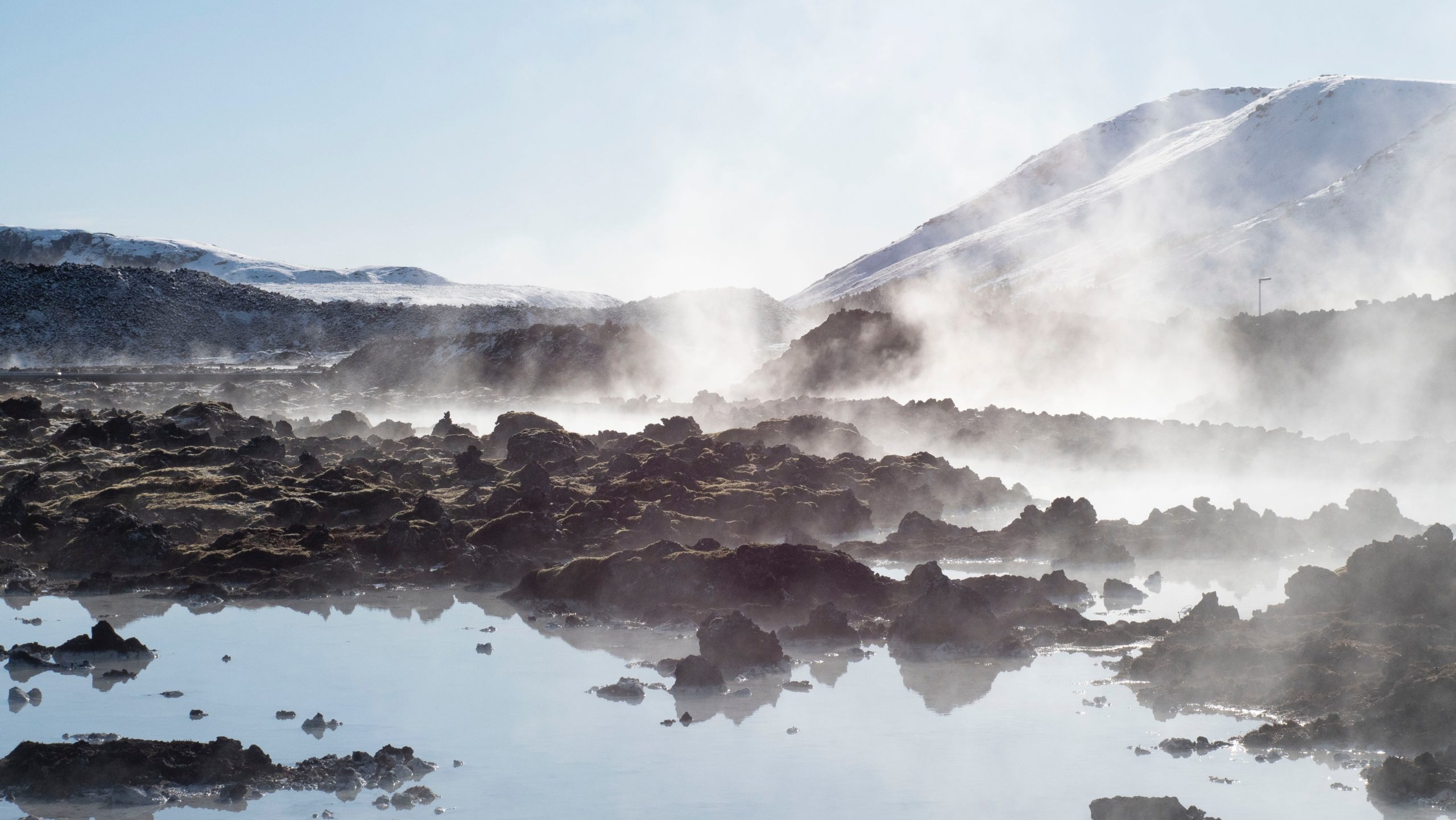
If you hire a car, you can regulate the money you spend by self-guiding. Whichever direction you take will lead to an adventure that, apart from the cost of fuel, won’t cost a penny.
Iceland is truly breathtaking with its variety of lava fields, more waterfalls and black sand beaches than you can shake a stick at and a variety of quirky towns to explore. Whilst I would not entirely forgo the knowledge of nature and historic insight that you will get from amazing, highly entertaining trained guides on a tour, you can create your own day trips by exploring less visited areas.
The Reykjanes peninsula is gorgeous, easily accessible by car and a great place to self-guide. A UNESCO Global Geopark with an array of natural wonders to discover, Reykjanes’ proximity to Reykjavík makes it a must visit for those with limited time and budget. Whether you have an interest in hiking trails, spectacular birdlife or standing on the bridge between continents; with six volcanic systems, 55 geosites and the occasional earthquake you might honestly feel the earth move by taking a day trip to this magical peninsula. This is the perfect destination to pack up a budget picnic and explore; and it won’t cost the earth.
If you’re hankering for a hike, Mount Esja is close to Reykjavík and the beginning of the route is easily accessible by bus. The hike takes between two and four hours, and is possible even for the most unseasoned of hikers (like me!). You’ll be rewarded with spectacular views, but as always layer up and watch out for the weather.
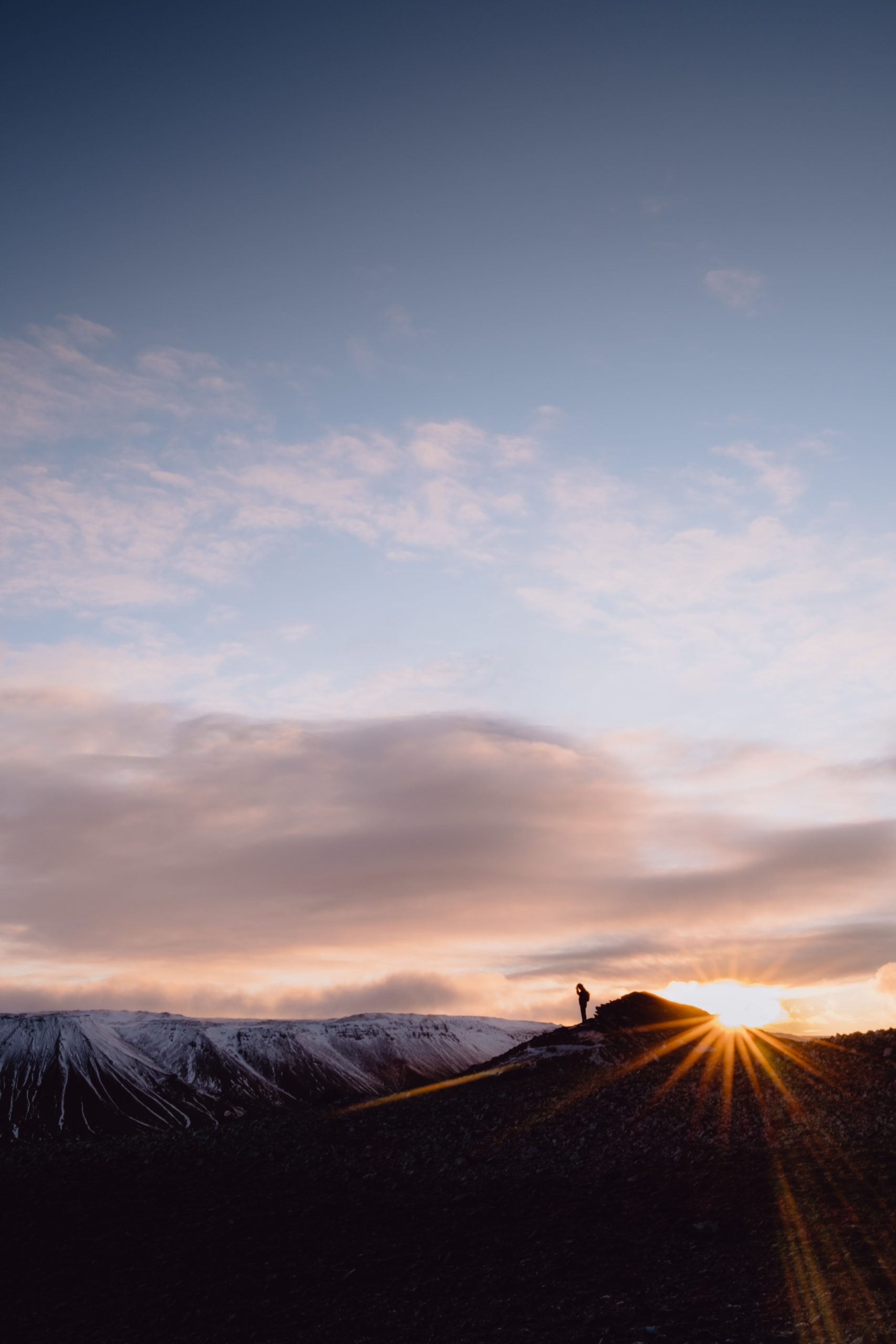
If you don’t have access to a car it might be worth checking the car-share website Samferda.is. Often other travellers will post looking for passengers for trips they are going on around the country and this usually only requires the splitting of fuel costs. Carpooling can also be a useful option for getting to and from the airport.
Hitchhiking is commonplace in more rural areas. As a seasoned hitchhiker, Iceland is probably as safe as it gets and I have met some wonderful people and have had many unique experiences travelling this way. However, it is also always important to make it clear that this is a personal choice and you must be mindful of safety if you choose this method of travel. Hitchhiking is certainly not for everyone- and my Mother would certainly rather I didn’t!
Saving money in the city
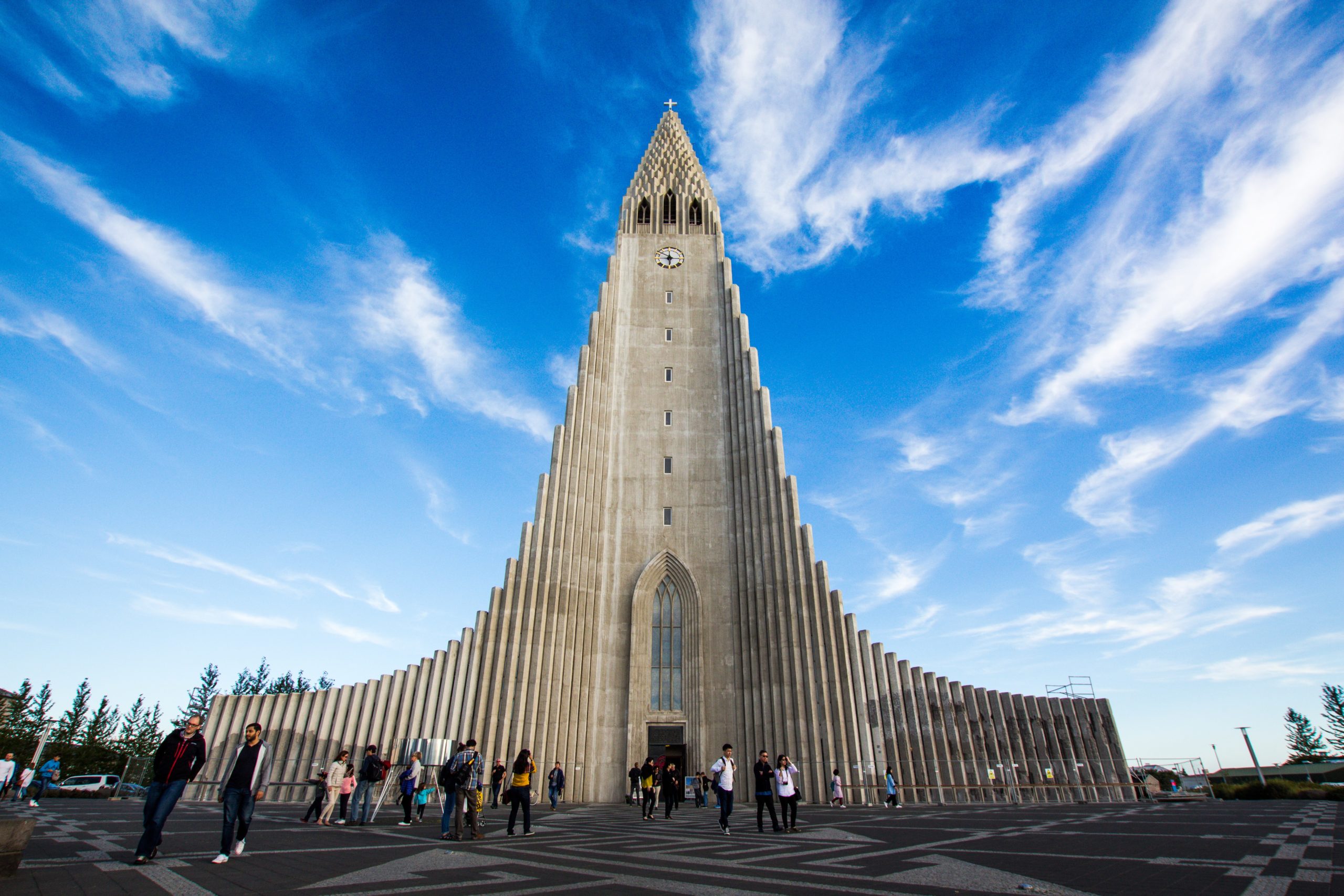
There are plenty of activities and things to do in Reykjavík which will cost you little to no money. When the weather is kind, exploring the city is always a joy. The centre itself is not large so it is very easy to negotiate on foot. Whether you’re walking along the seafront, checking out the harbour area or exploring the colourful houses downtown, Iceland’s capital has a lot to offer if you are willing to scratch the surface.
If you are a culture vulture it is worth checking out the events lists in the Reykjavík Grapevine for daily updates on what’s happening around town. As well as the more traditional institutional galleries and museums Reykjavík boasts a vibrant art scene with plenty of free artist run spaces to explore in and around town. The Marshall House on Grandi houses two of the most exciting spaces in the city, Kling and Bang and The Living Art Museum, both of which host regular exhibitions by Icelandic and international artists. Though they encourage do donations there is no entrance fee when visiting.
If you are game for a giggle Reykjavík also has a burgeoning and diverse English speaking stand-up comedy scene. In 2019 there were shows every night of the week, with both ticketed and free open-mic style shows taking place at The Secret Cellar comedy club and across venues downtown. Gaukurinn is a venue that also serves up a range of live events (both free and ticketed) ranging from comedy and music to regular drag shows.
For a truly authentic Icelandic experience you must visit one of the many swimming pools dotted across the country. Heated with the same geothermal water as the more expensive destination spas and lagoons, local pools will always cost less and provide a genuine insight into an important part of Icelandic culture. Reykjavík alone boasts seven pools across the city and suburbs, and a variety of discounted pool card options are also available.
Eat smart

Whilst eating out is notoriously pricey, Iceland is full of wonderful restaurants and cafes serving up delicious food using local ingredients. Despite the amount of necessary importing of food, there is an emphasis on responsible sourcing that is to be applauded. With geothermal greenhouses situated throughout the countryside Iceland manages to grow a surprising amount of its own produce.
Money saving rule number one when it comes to food and drink is- never buy bottled water. Icelandic water might just be the best in the world and it all comes from the same place- whether that’s from an expensive branded plastic bottle, or from the cold tap. The best place to get water is straight from the source so if you happen to be hiking in the mountains fill up a reusable bottle from an ice-cold stream for instant refreshment.
If you’re on a tight budget or maybe wanting to save for a special meal that is a little bit fancy then partial self catering is a good option. Whilst convenient, avoid pricey 10/11, downtown and local village stores where the costs are often increased even on the most basic of items. Taking a trip to the Grandi area of Reykjavík gives a choice to fit every budget with Bónus, Krónan and Netto all on one complex. Aiming to buy ‘First Price’ branded items should also benefit your wallet. Meat and dairy will also impact your final shopping tally, so perhaps go vegan for some of the week- it will save you pennies and benefit the planet, so it’s win win! And the cows will thank you.
If you require a city or road snack, the famous Icelandic hotdog may be just what you’re looking for. Available at a variety of vendors (including the infamous Bæjarins Beztu) and in every gas station on the ring road, it’s the perfect snack. One with everything will keep hunger at bay and won’t harm your bank balance, coming in at around 450kr ($3.35/€2.90/£2.65).

Soup is also a great option and in typical Icelandic ‘you just have to know’ fashion, there is usually a free refill that you won’t necessarily be told about. Hearty and warming on cold days, Icelandic meat soup (or lobster in fishing towns) is a classic that can be found in many gas stations as well as in every town in the country. There will usually be a vegetarian alternative on the menu so nobody has to miss out on that satisfying free bowl.
If Iceland had a national beverage it would be coffee, and if you’re looking for the cheaper option, the filter will always be fresh and high quality. The same rule usually applies to coffee as it does with soup regarding refills so make the most of it. If you’re desperate and looking for a freebie, you can also usually find a free customer coffee machine in the bank or more surprisingly in the hardware store. So perhaps stop in for that essential hammer purchase to get that sweet free caffeine fix!
It is perfectly acceptable to have ice-cream for dinner and I thoroughly recommend it as another cheap dining option. An ideal snack in any weather, enjoyed especially in the depths of winter and during storms, ice-cream is probably only third to coffee and hotdogs as an Icelandic national cuisine. With a selection of candies and chocolates that Willy Wonka would be envious of, ice-cream vendors offer a variety of out-of-this-world combinations.
If you are planning to drink, it is important to know that Iceland has extreme restrictions regarding the sale of alcohol. You will save yourself a lot by using your duty-free allocation and stocking up before leaving the airport. Apart from bars and restaurants, alcohol can only be purchased in government run off-licenses and for this reason there is a significant mark up. During my first six months in Iceland I chose not to drink purely for financial reasons; so going temporarily teetotal is also a valid choice not only for your body but for your bank balance!
Get Appy
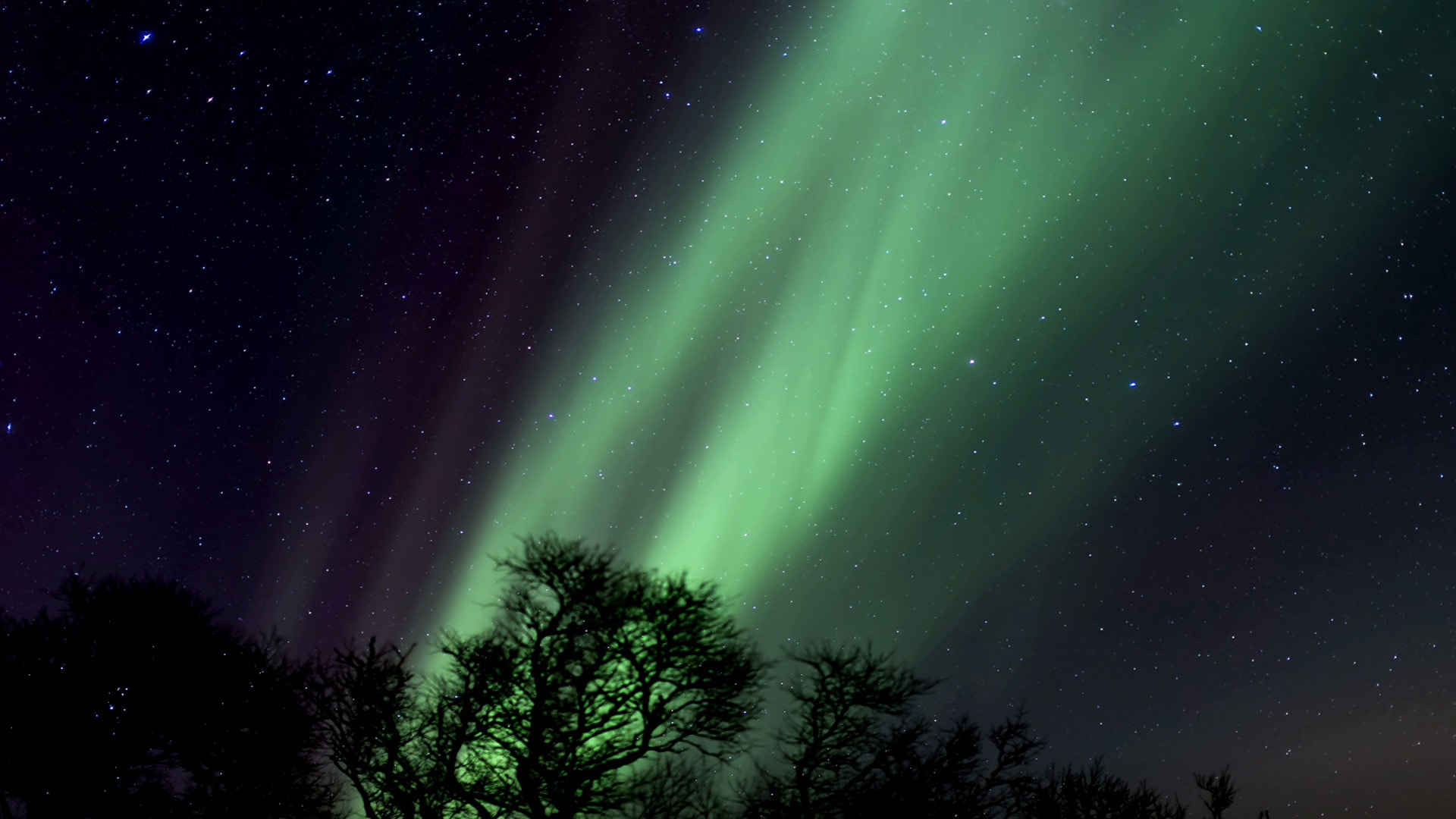
There are a number of apps that may prove useful during your trip, and will also help you cut financial corners. As mentioned above alcohol is highly restricted in Iceland so if you are planning to drink responsibly during your trip, Appy Hour is essential. By allowing you to follow the Happy Hours around Reykjavík, you’ll get a chance to see more of the bar culture, maybe meet some locals and again save those precious pennies.
The Straeto bus app is another essential app if you are staying in the city. Although buses do accept cash, they will not give change, and I’ve seen many a-tourist throw in a 1000kr note and get stung by this. Buses are also one of the only places that do not accept cards, so get this app.
In summer the best, cheapest and most fun way to get around town is undoubtedly by scooter. A new addition to the landscape of the city, it will often cost less than a bus ticket. There are plenty of cycle lanes to follow, so there is no need to feel unsafe whilst whizzing downtown. There are currently two companies that run scooters; you can pick up a blue Hopp or an orange Zolo on almost any street in the downtown area. The locals just ask that you please scoot sensibly!
Though not always visible, in the darker months you may be lucky enough to see the famed Aurora Borealis during your visit. Whilst tours offer you trips with experienced northern lights guides who have the inside scoop on the best and darkest locations, there are a number of apps that can help guide you as to when and where you might get lucky. Hello, Aurora launched in 2019, aims to collate the most accurate data available and has the added bonus that users can share their successful viewing locations with others.
Who to make friends with
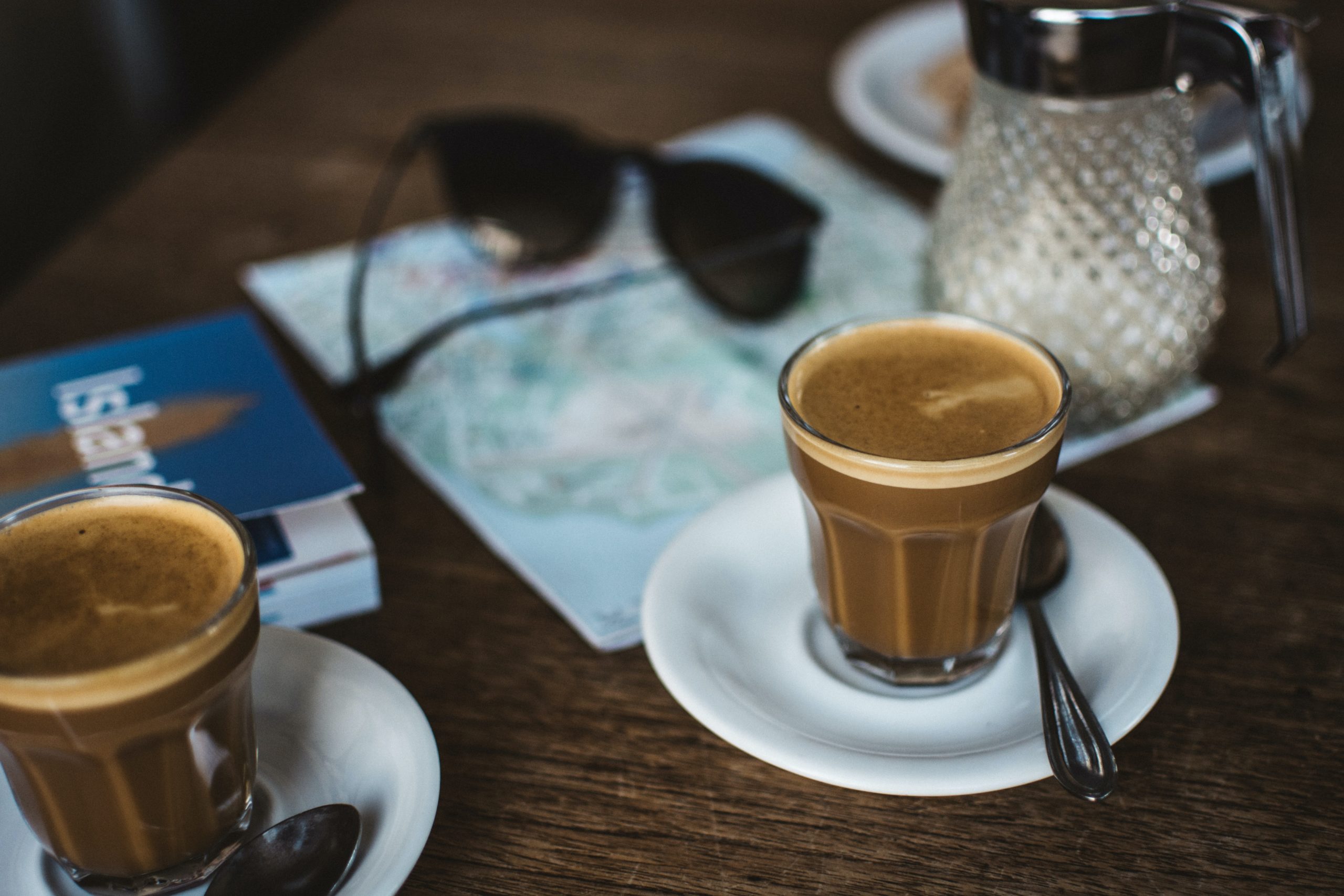
Befriending locals (whilst not forcing your company on them!) on your trip will not only give you an insight into the real culture but may also lead to some useful money saving hacks.
First of all treat your baristas and service industry workers nicely! They are often the people who know areas best and always have a hot-tip or two. As a former barista I always made time for recommendations for nice customers and directed them to the most exciting local events and cheapest places in the city. Being polite costs nothing, and sometimes you will be rewarded.
The Student Cellar in the University of Iceland is open to all and boasts some of the cheapest prices for food and alcohol in the city. They also hold a range of events and often show sports on a big screen. It also pays to make friends with a student, as they get extra discounts at the bar. Maybe offer to buy a round and you’ll be sure to have a good night!
Local produce is the best and when you’re on your travels stop and support local communities and their businesses. There is nothing better than fresh Icelandic fish, and rather than spending a fortune in supermarkets and city restaurants, I recommend going local. Though there are large companies that buy and sell most of the fish in Iceland, some fishing towns still have small processors and sellers. Buy from the source, save money, and cook yourself. You will never have had fresher, and you will not regret it.
Where to splash your cash
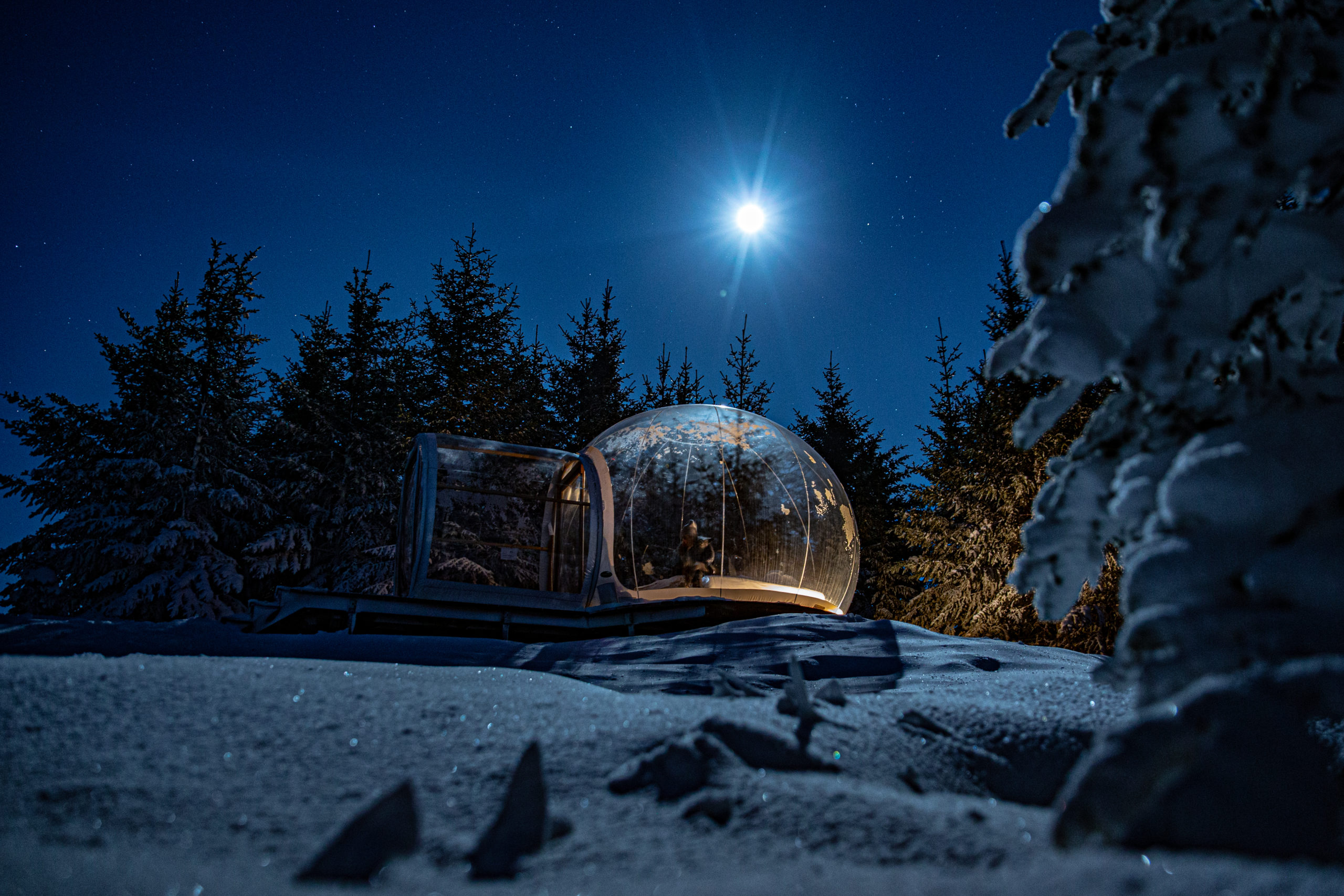
Now you’ve saved on food, alcohol, transport and hopefully bagged yourself a few new friends; it’s time to relax in one of the one of the most unique and extraordinary locations imaginable. The Bubble Hotel provides unique accommodation where lifelong dreams come true. An amazing place to make priceless memories, in the winter you can lie under the stars in our innovative completely transparent igloos, watching the Aurora; whilst in summer you can enjoy the midnight sun surrounded by nature. With additional Golden Circle and South Coast tours available in all seasons this is truly an unforgettable adventure worth paying for.
Car hire is also worth the expense, allowing you to save money in other areas. With rentals ranging from anyways between 4570kr ($33/€30/£26.50) and 27,700kr ($200/€178/£160) per day depending on the car size and level of luxury you require; there’s a vehicle to fit every budget. I would recommend visiting a comparison site such as rentalcars.com just to ensure you get the best deal possible. Having your own car allows you access to the ringroad and a whole heap of adventure awaits whether you head north, south, east or west. Just pay attention to those changeable weather conditions and you’ll be good to go.
As far as you can get on your own, there are certain experiences that require the knowledge, experience, equipment and access only a guide can provide. Whether you’re an adrenaline junkie or a nature lover there is a day trip to suit all sensibilities. Glacier hiking, ice-cave tours and snorkelling in the crack between continents are all available for those of an adventurous nature; whilst taking a ride on the unique Icelandic horse or coming face to face with humpback whales is an experience you will never forget. Iceland offers the opportunity to really engage with the land in a way you can nowhere else; and these are the experiences really worth investing in.
Whilst Iceland is expensive, with a bit of planning ahead and some clever budgeting there is no reason not to experience the best that this extraordinary country has to offer. As the saying goes; you just have to know!
*PLEASE NOTE All figures and prices listed in this article are subject to change.
PLAN YOUR JOURNEY
Travelling to Iceland?
Check our overnight tours with a driver guide that includes a one night stay in a bubble.
*Starting from ISK 59.900 per person
